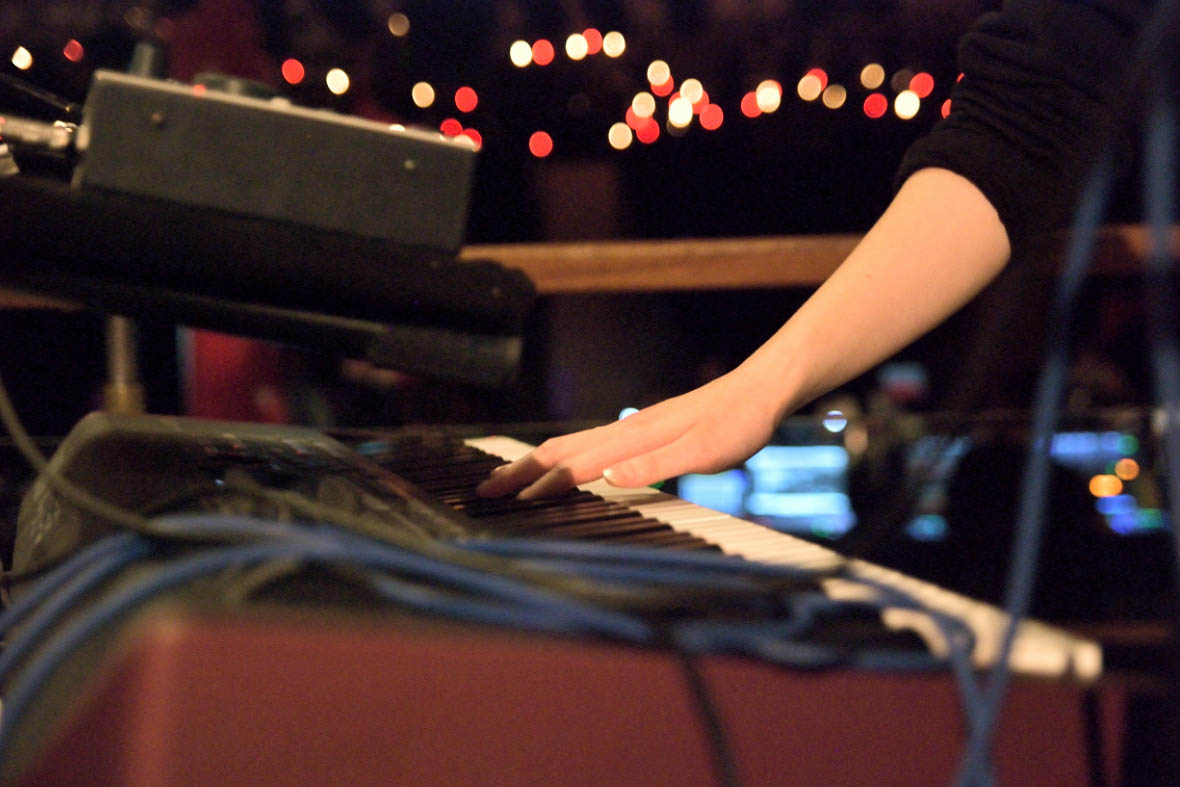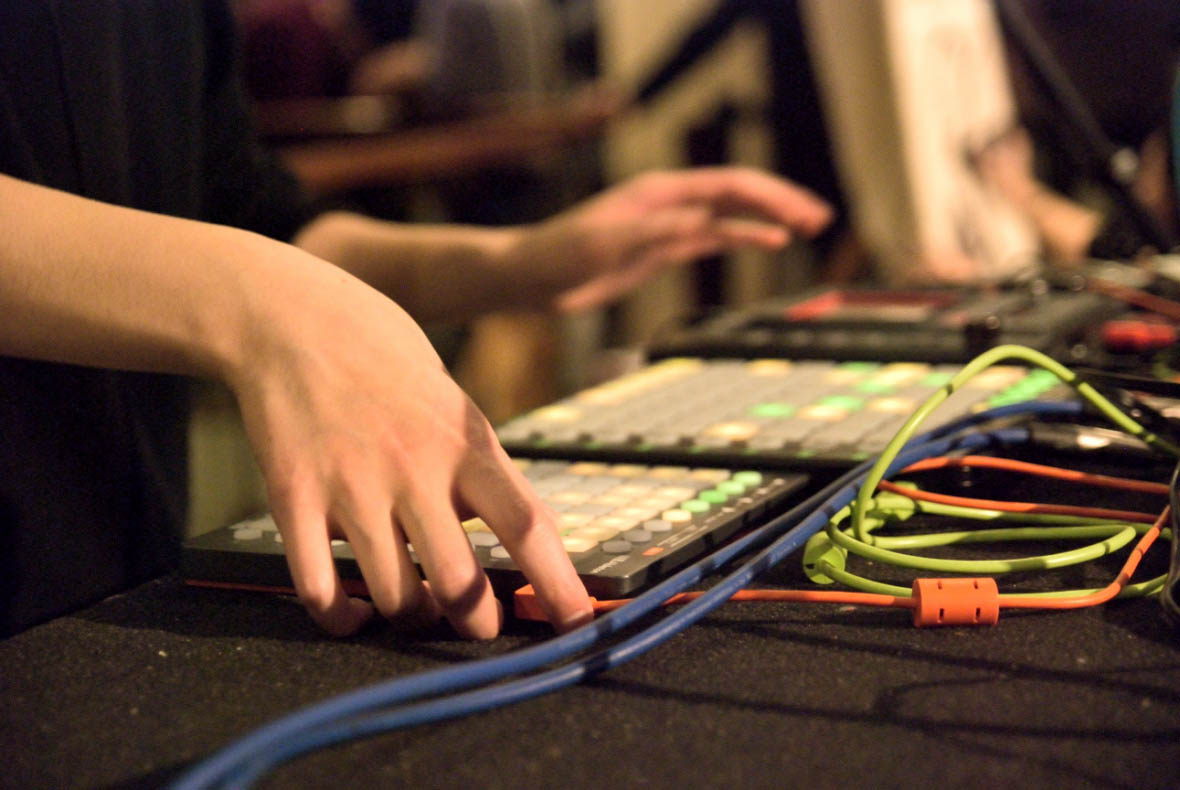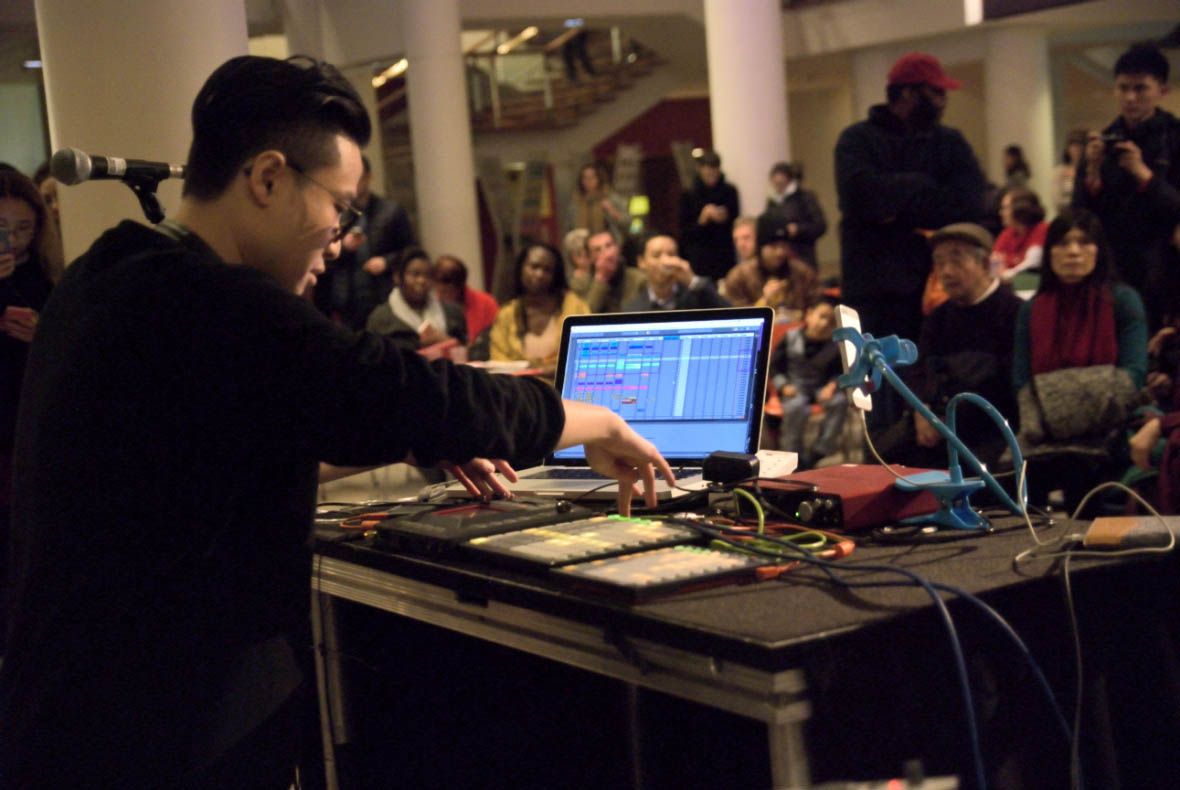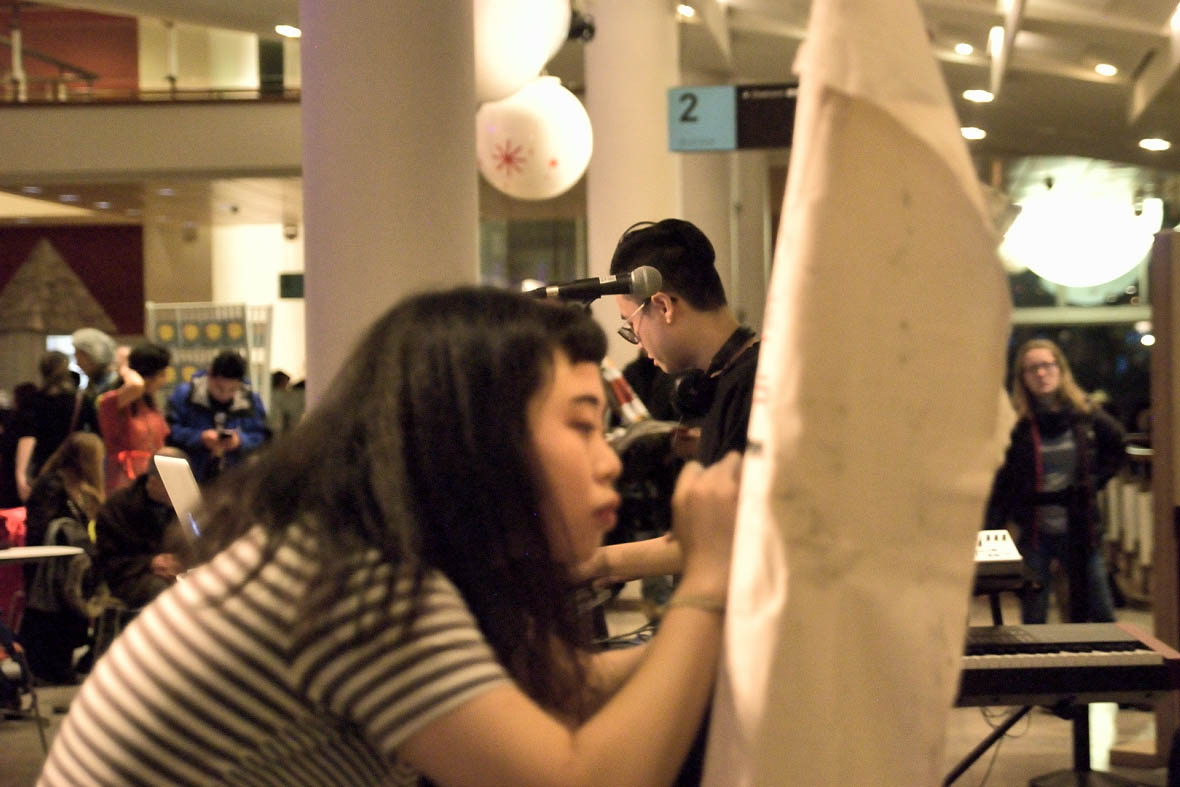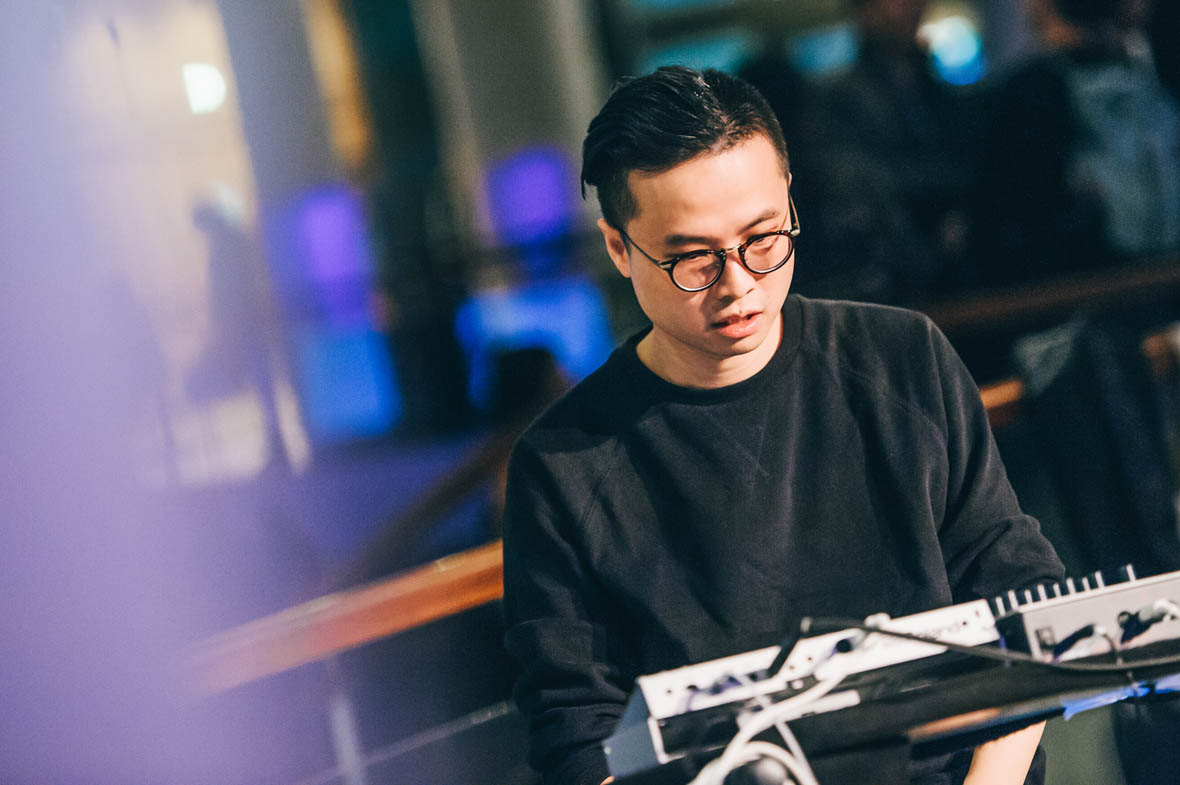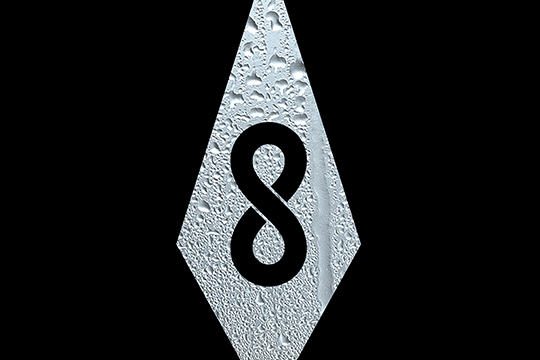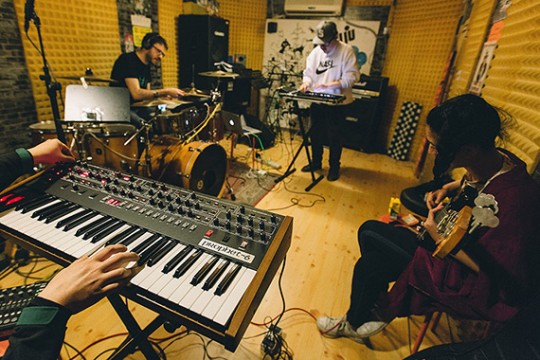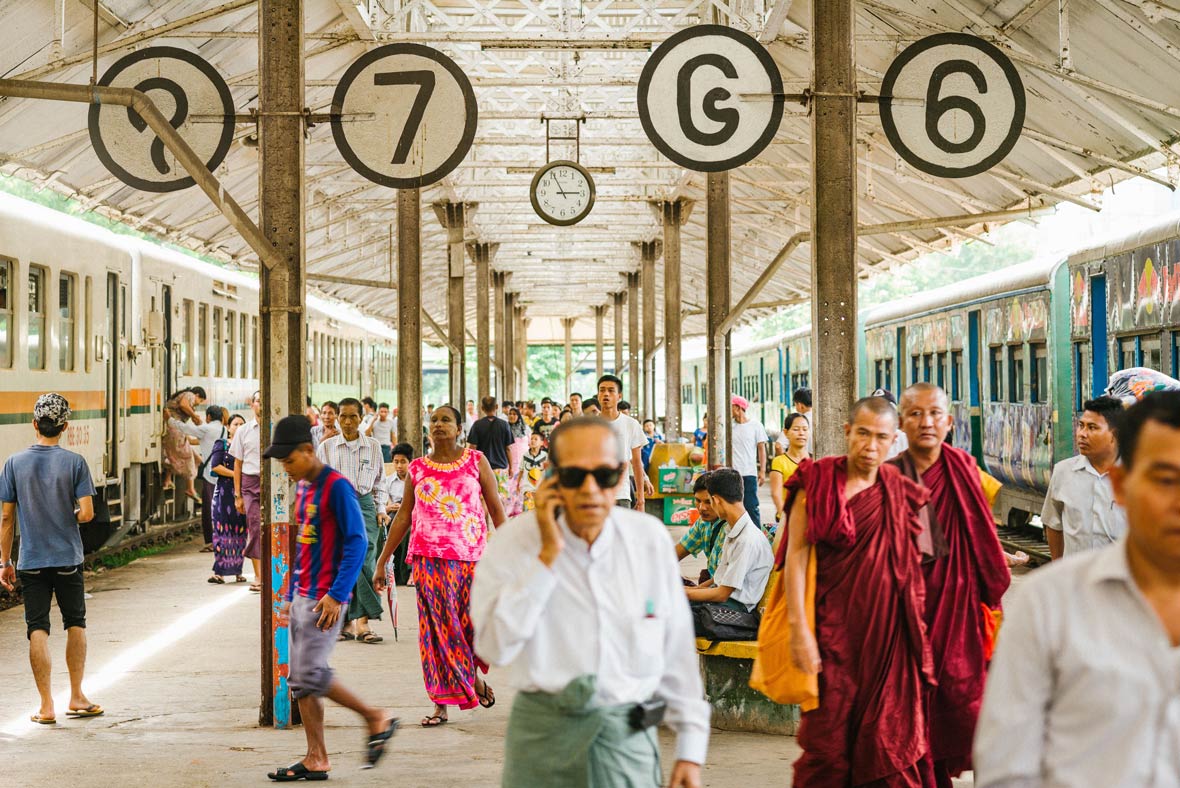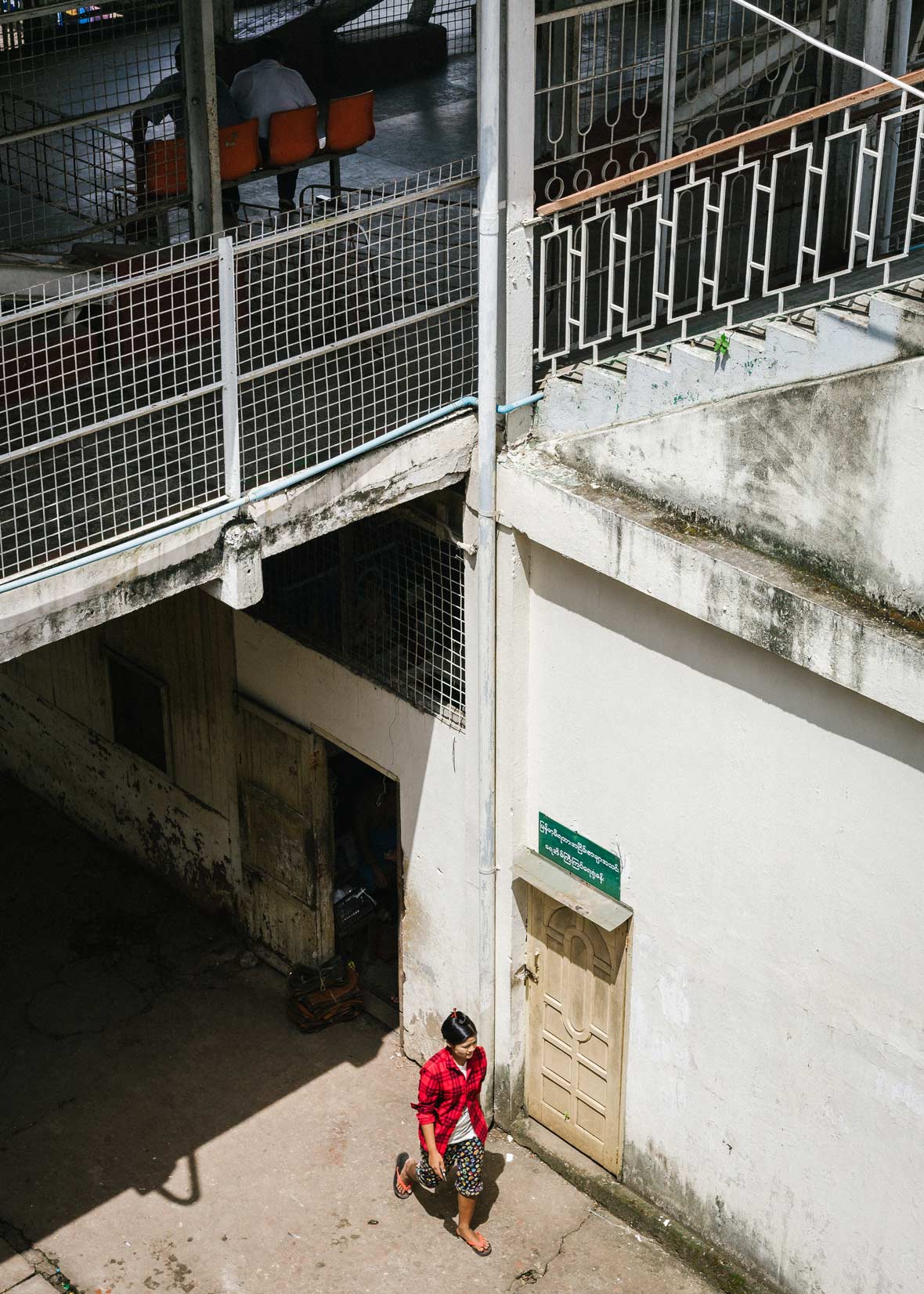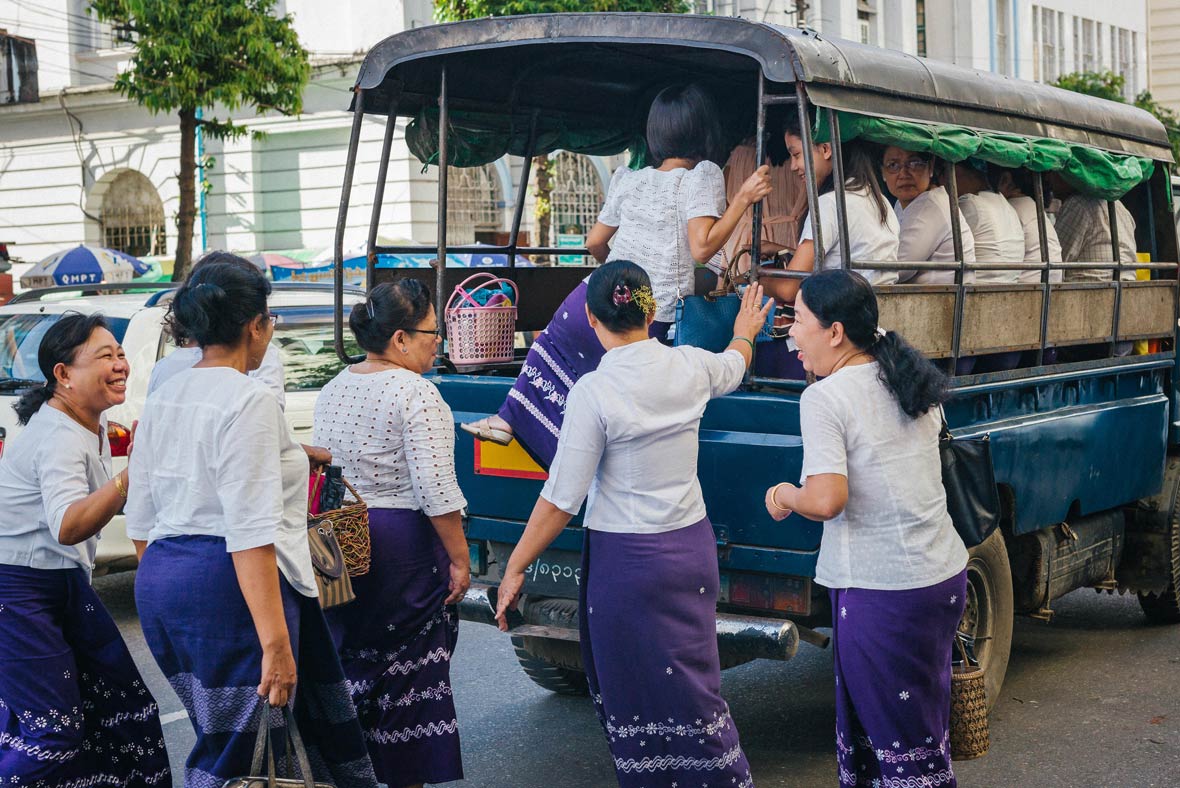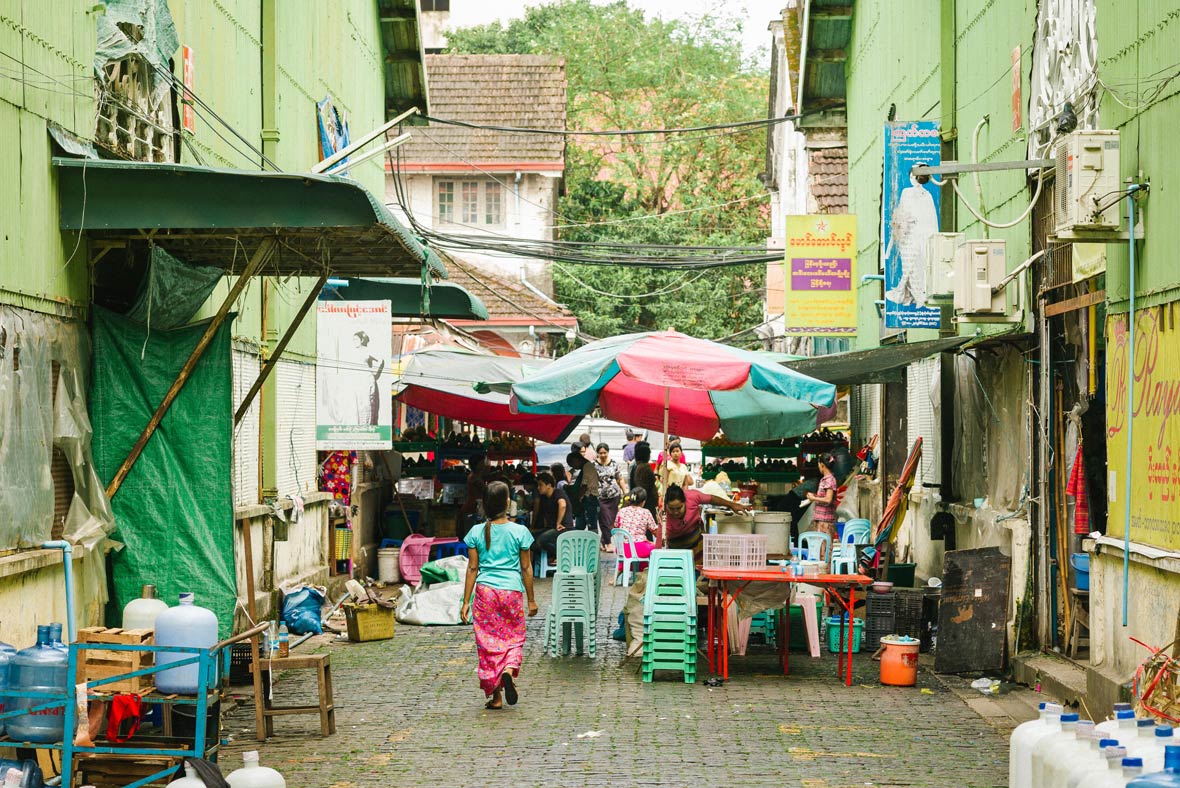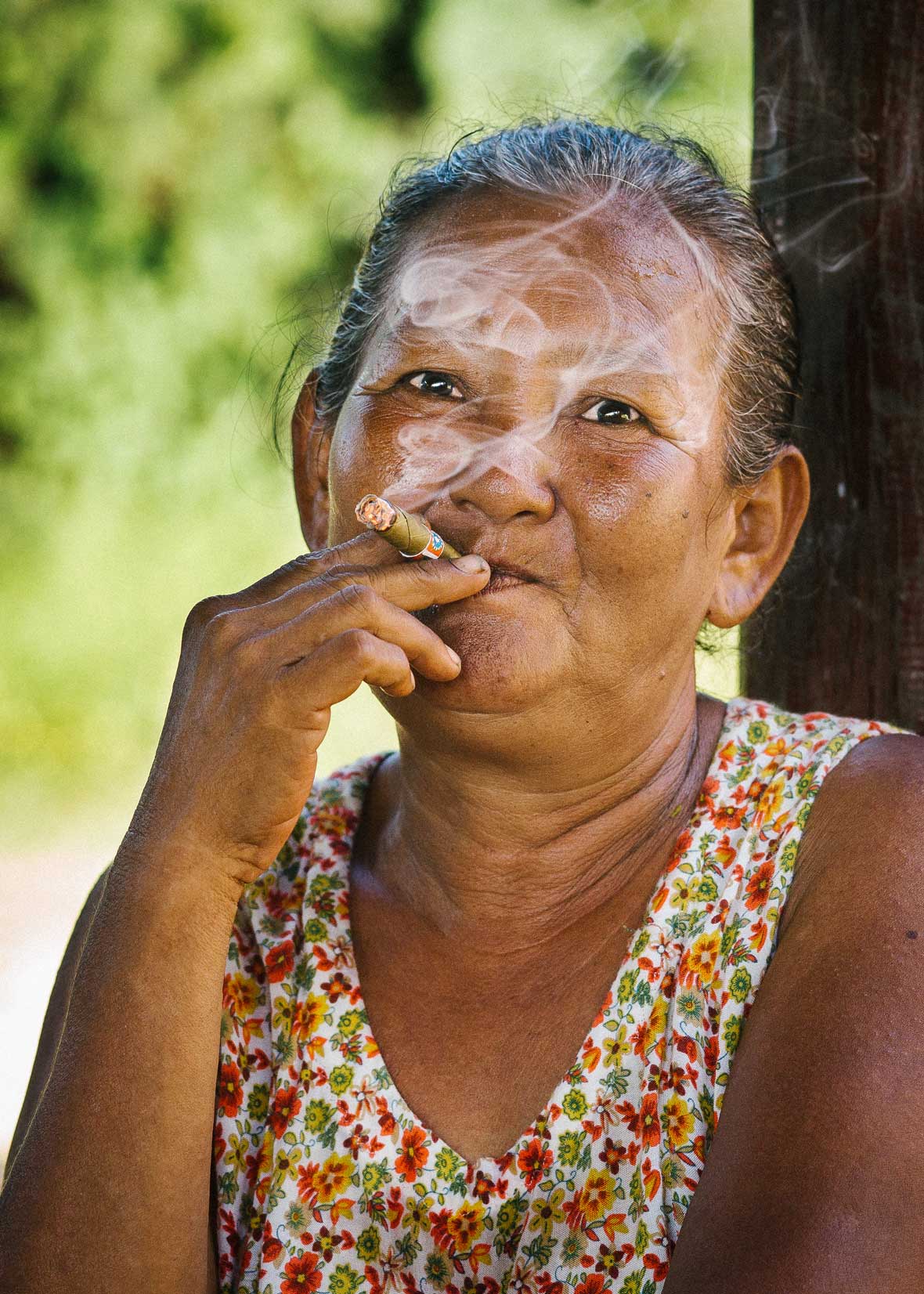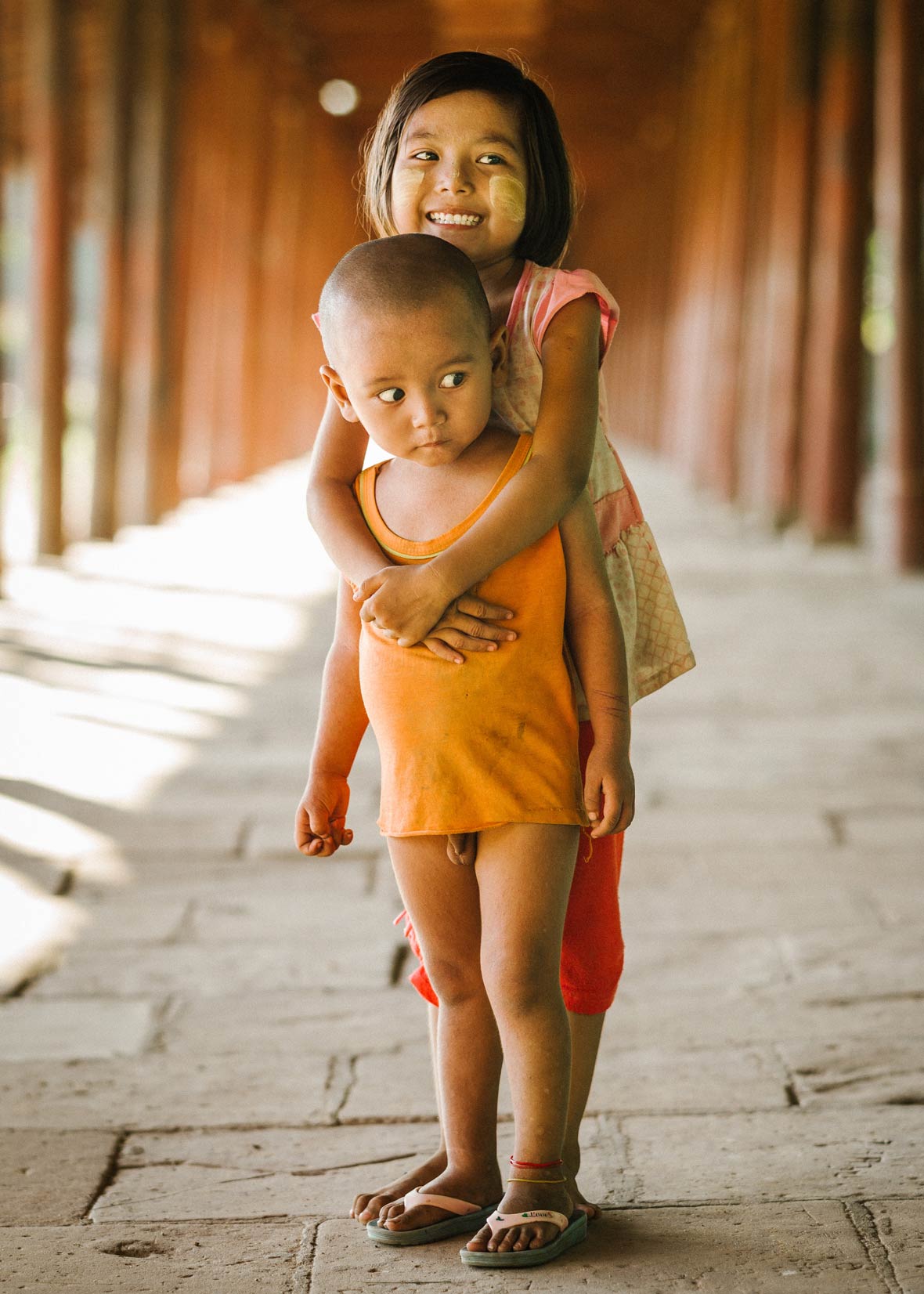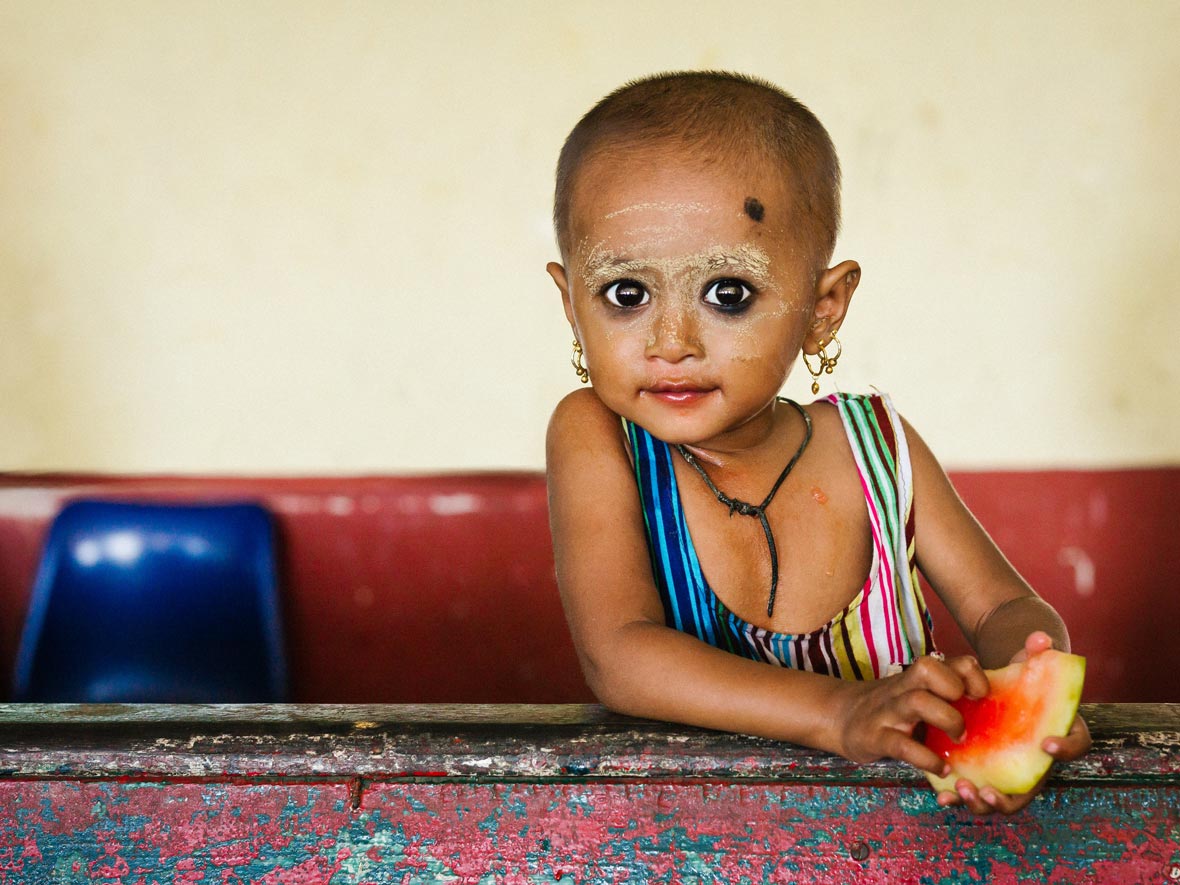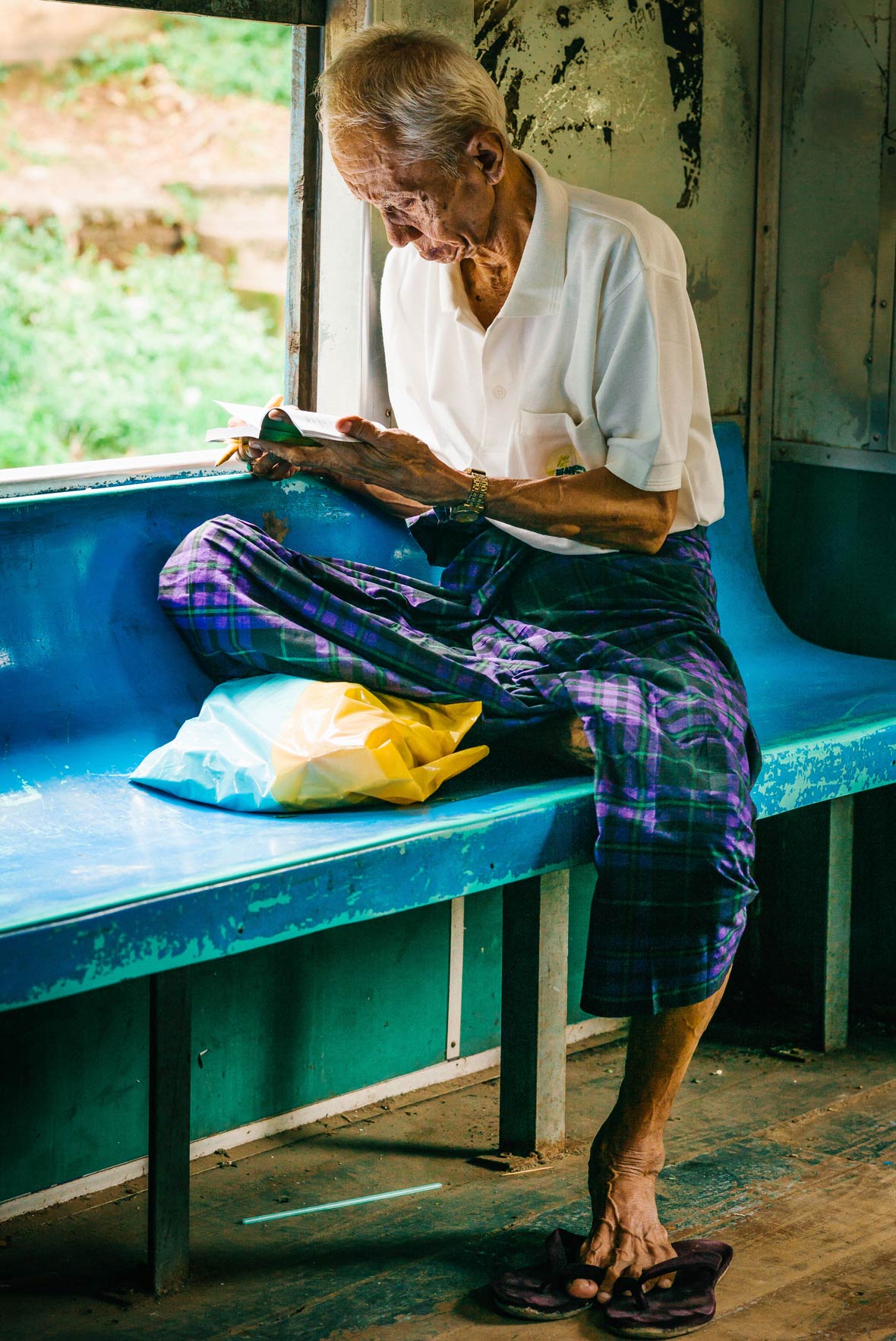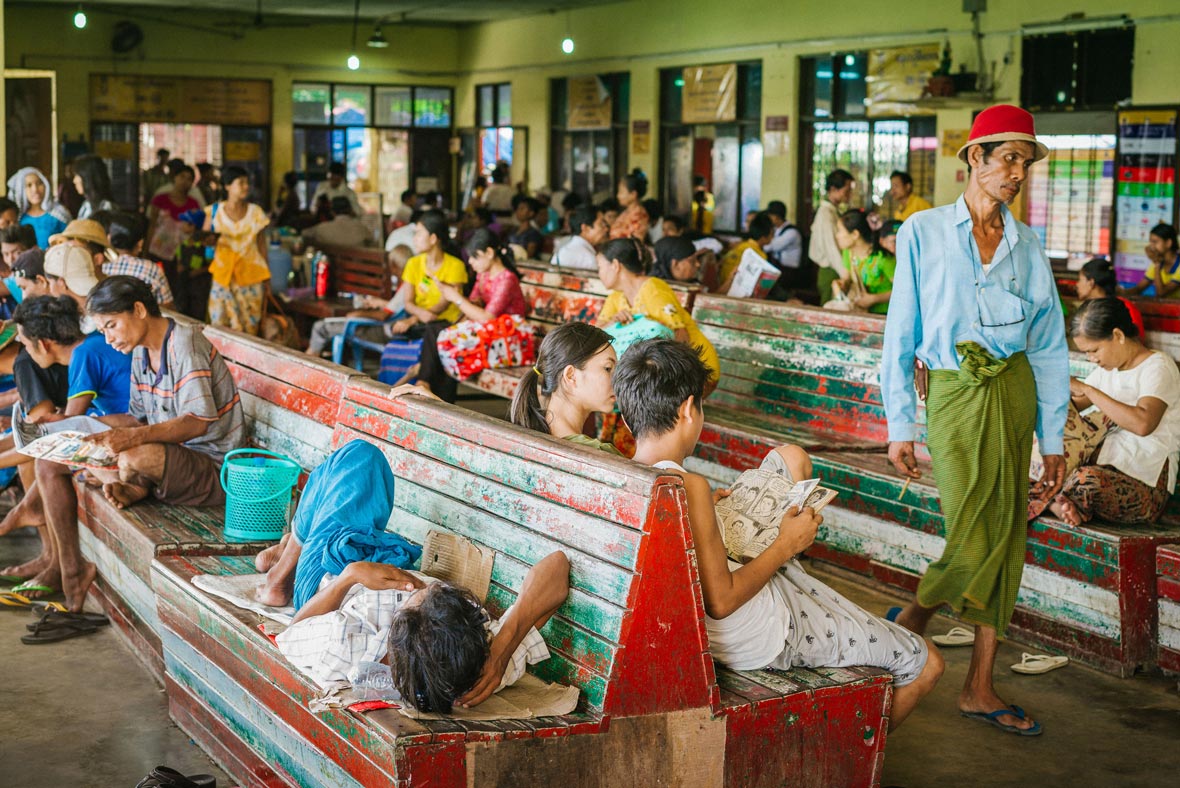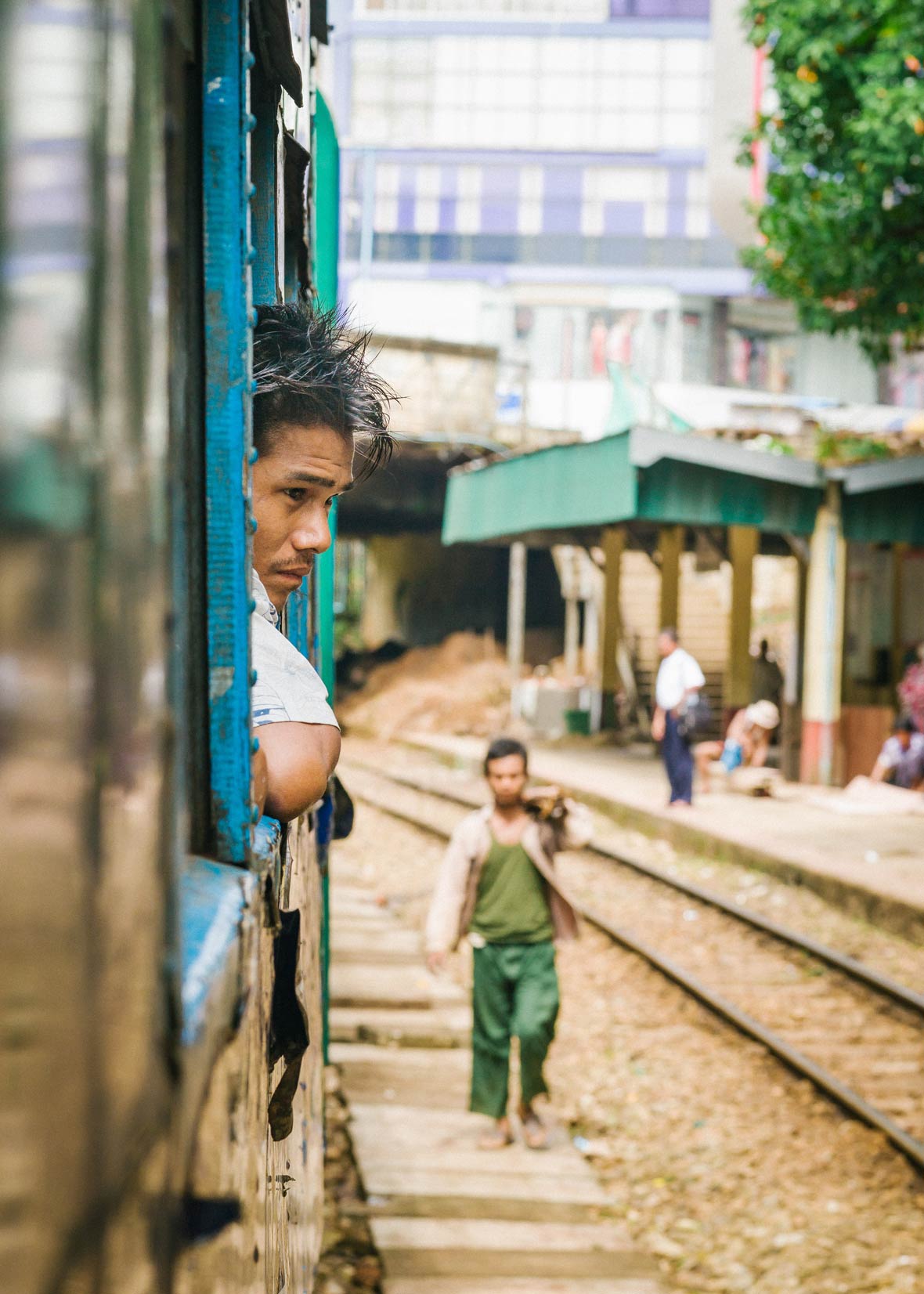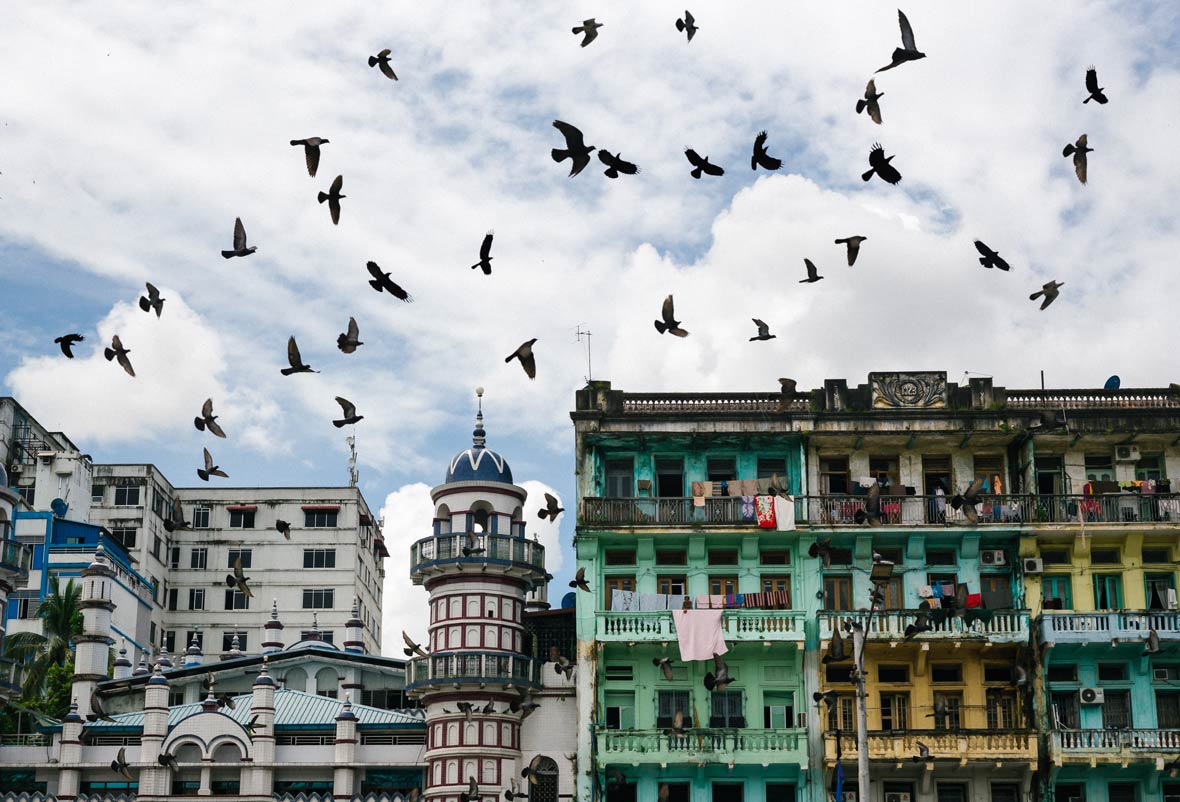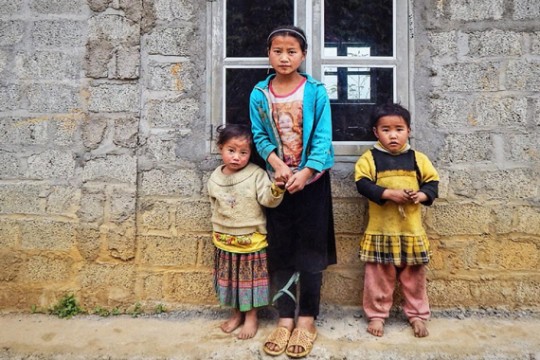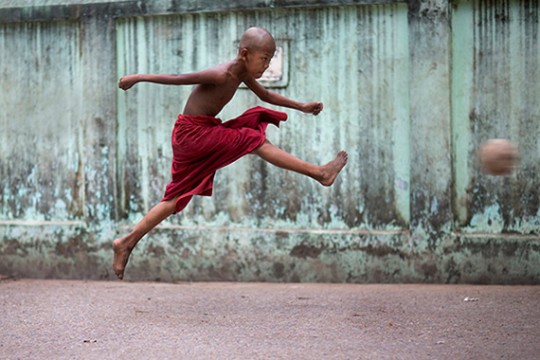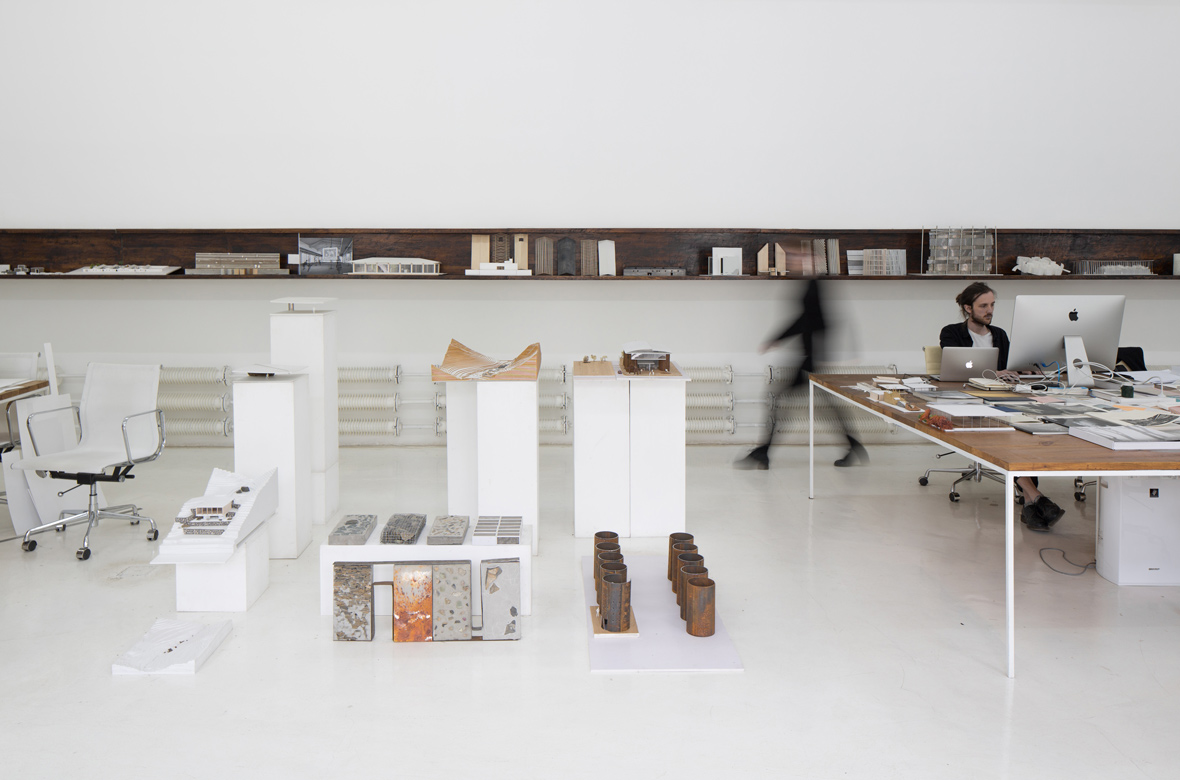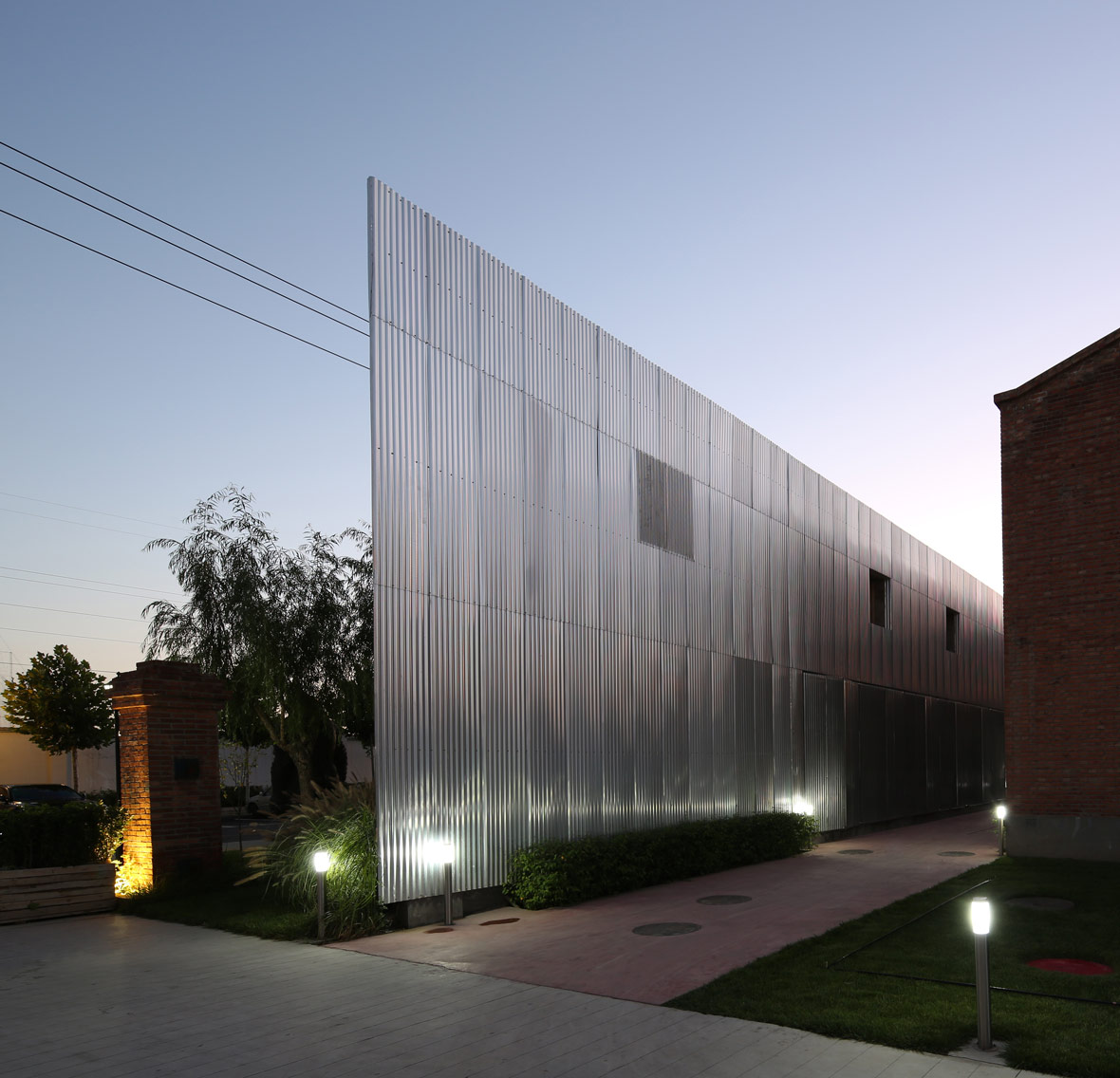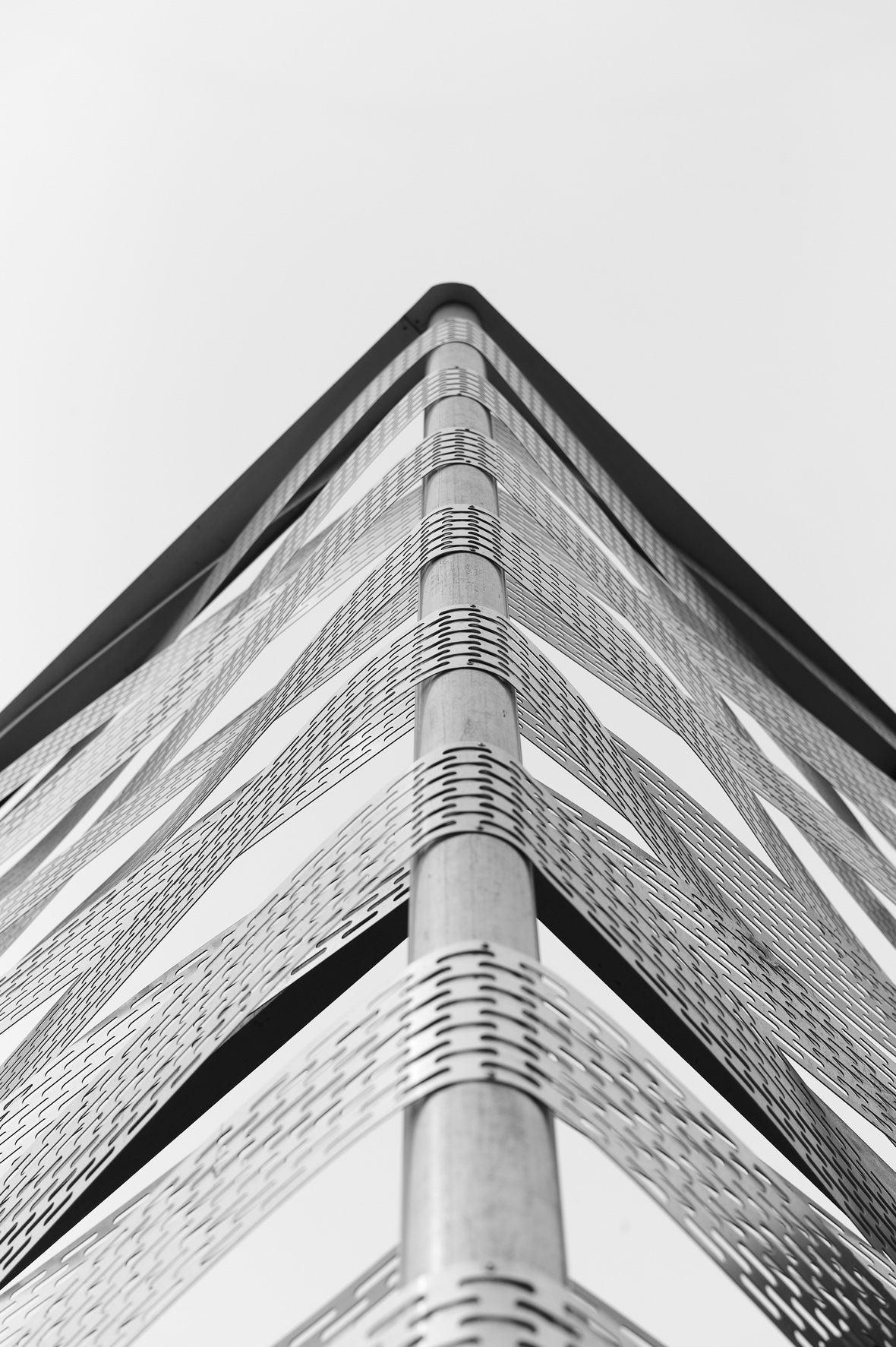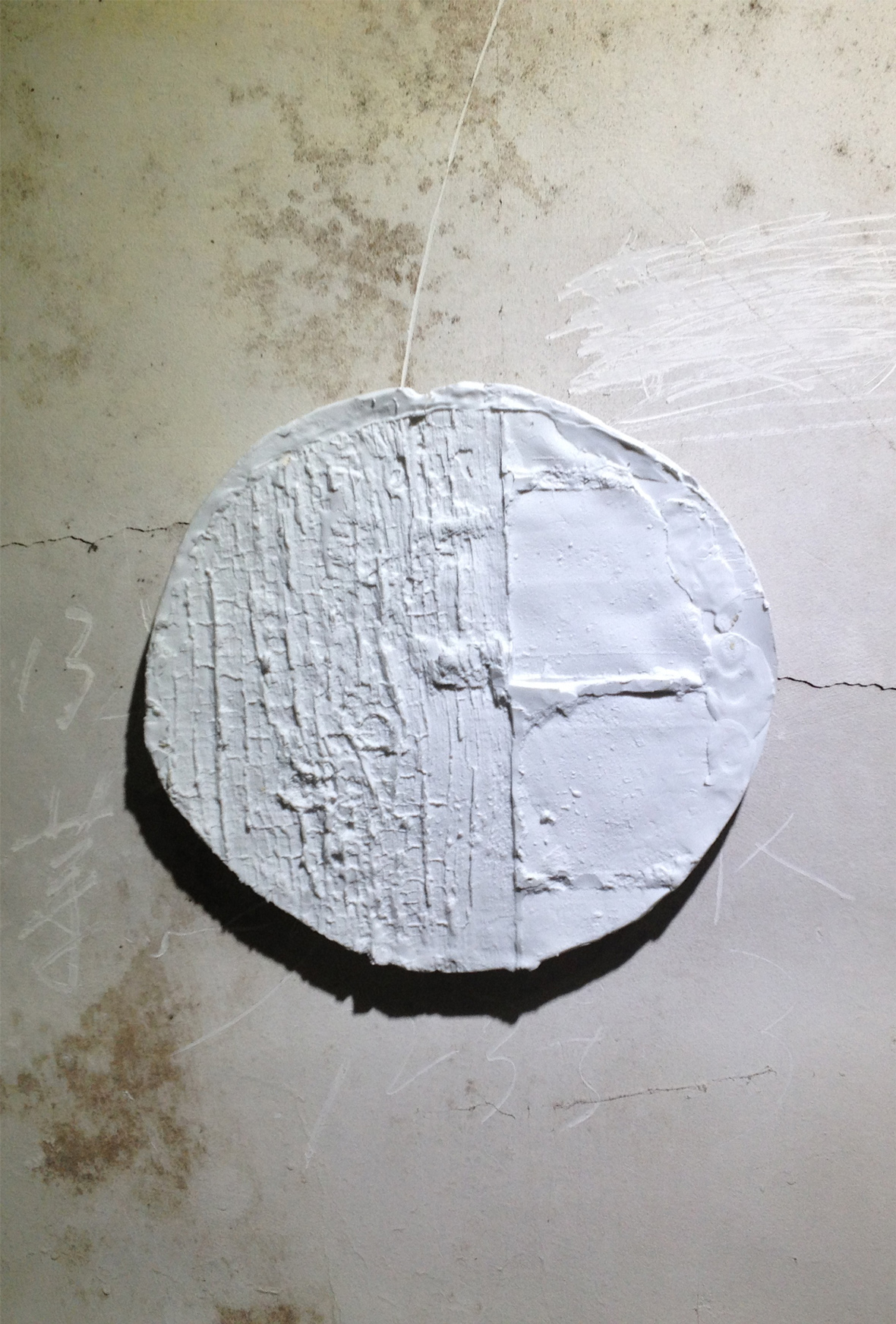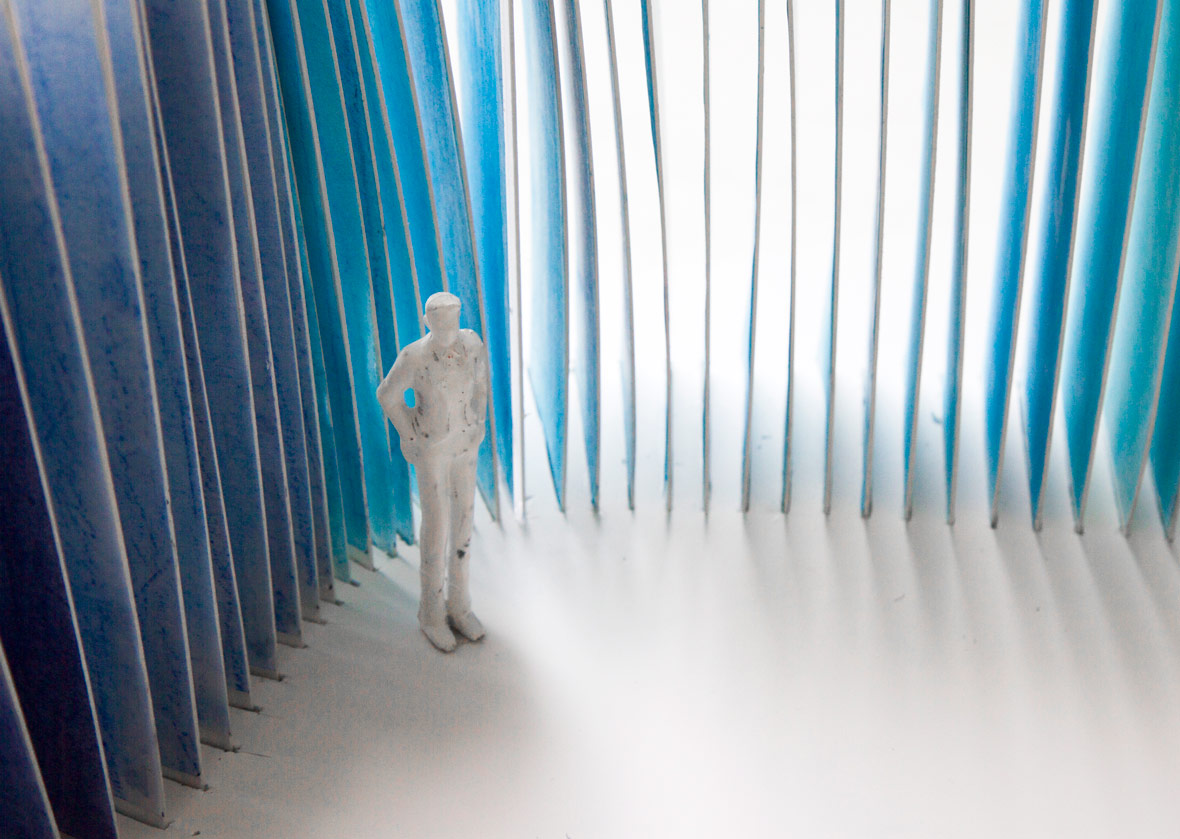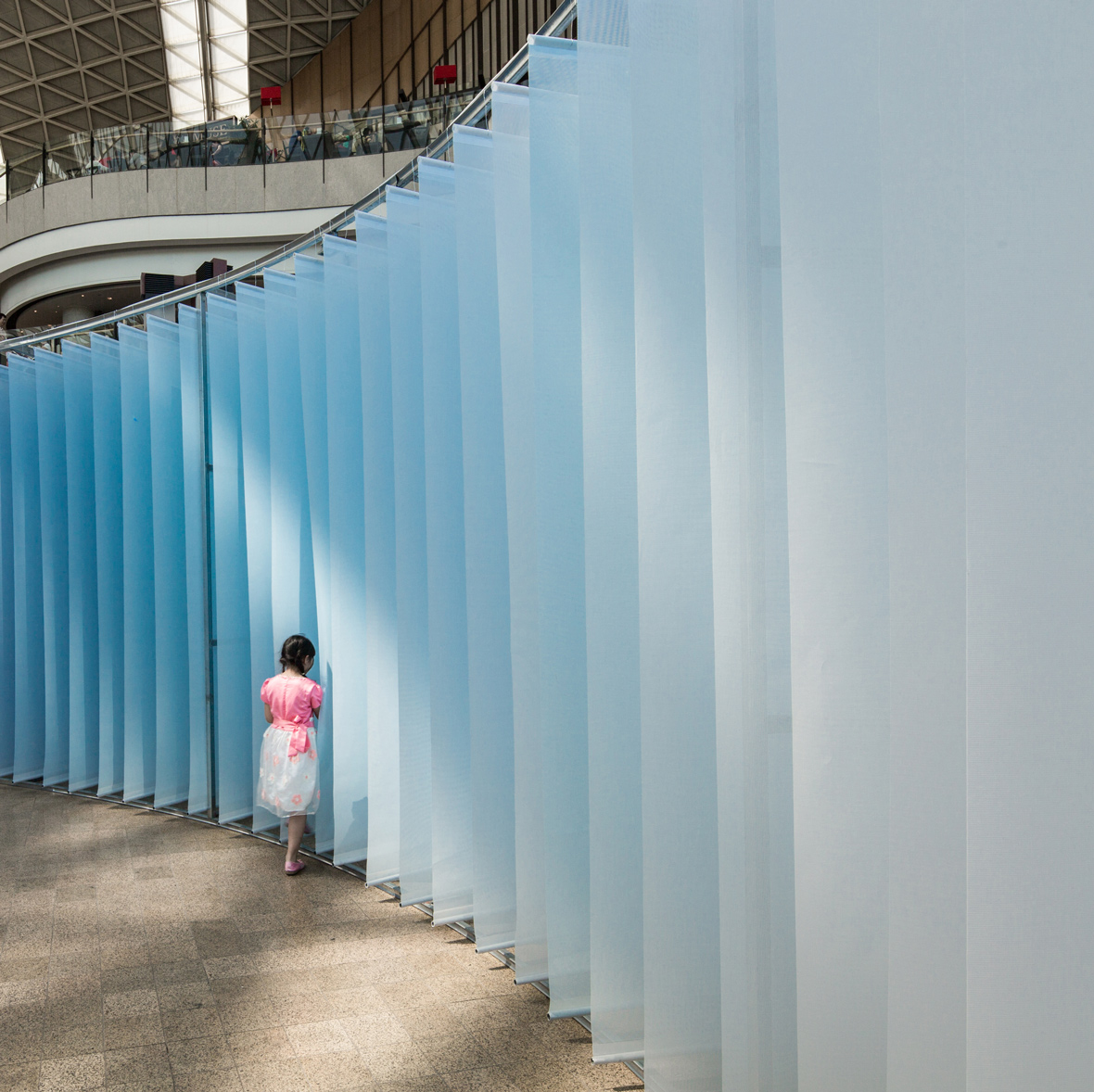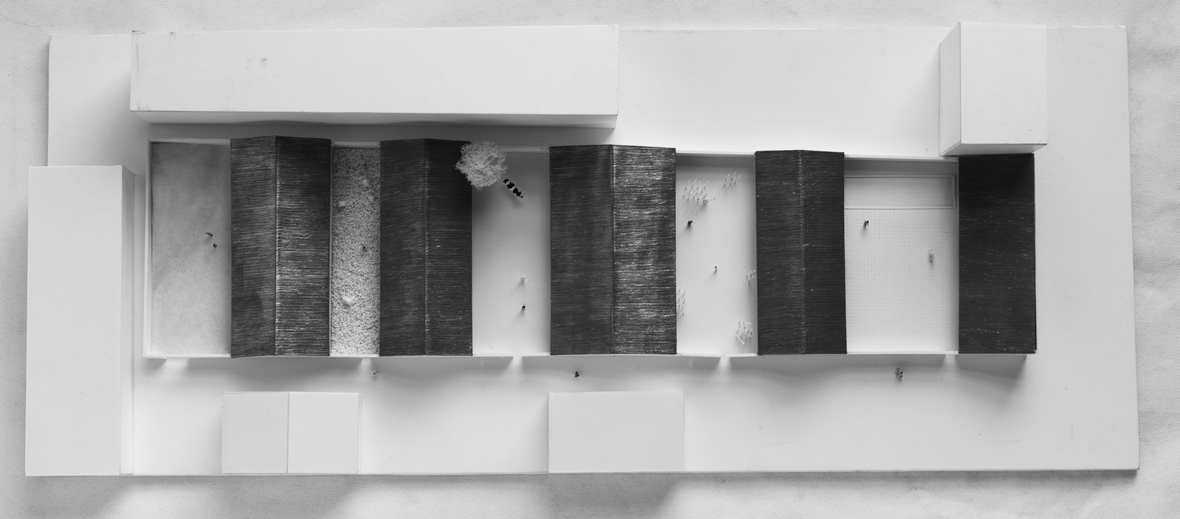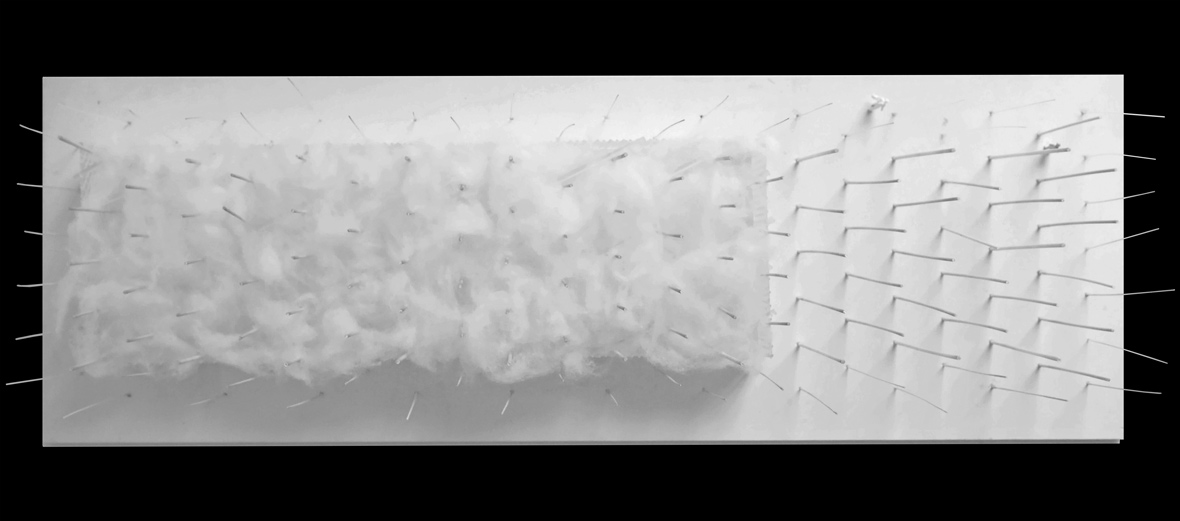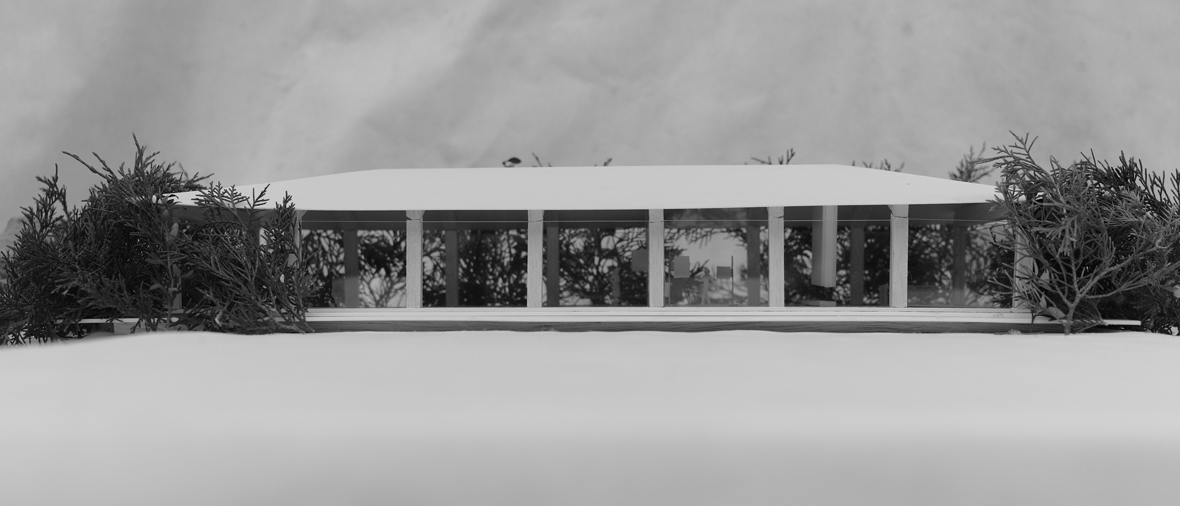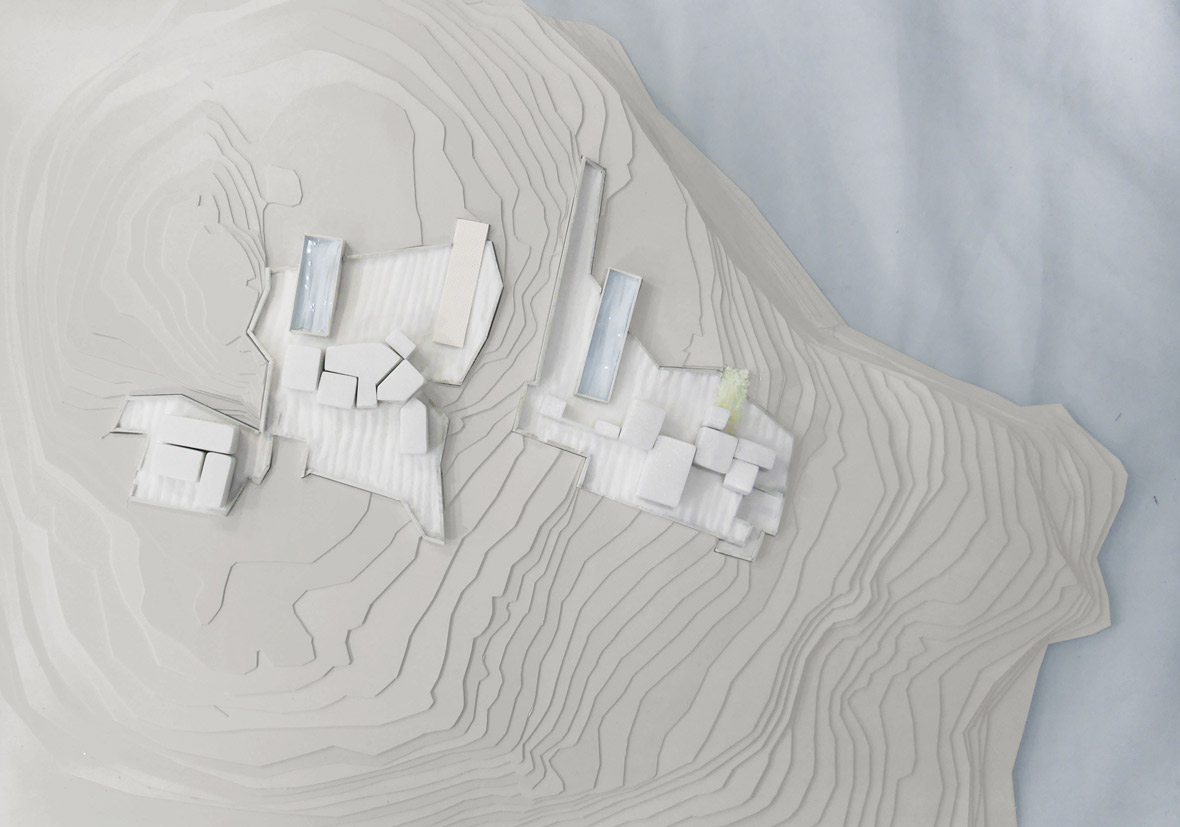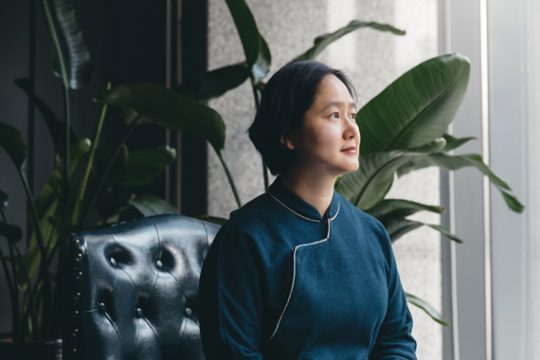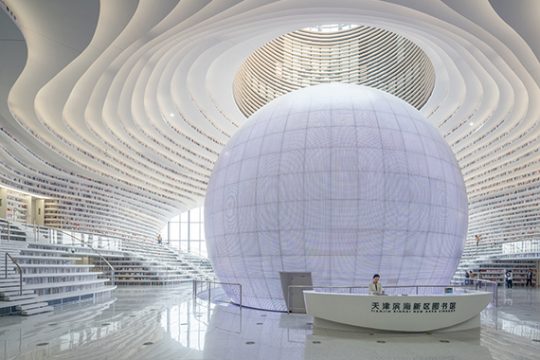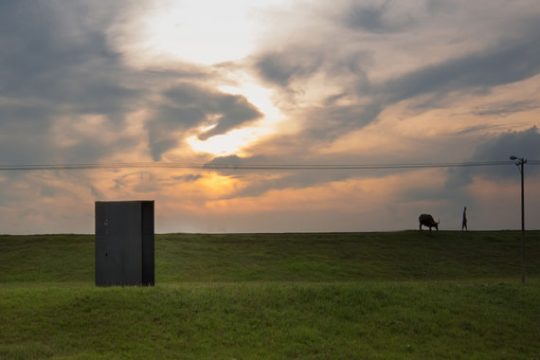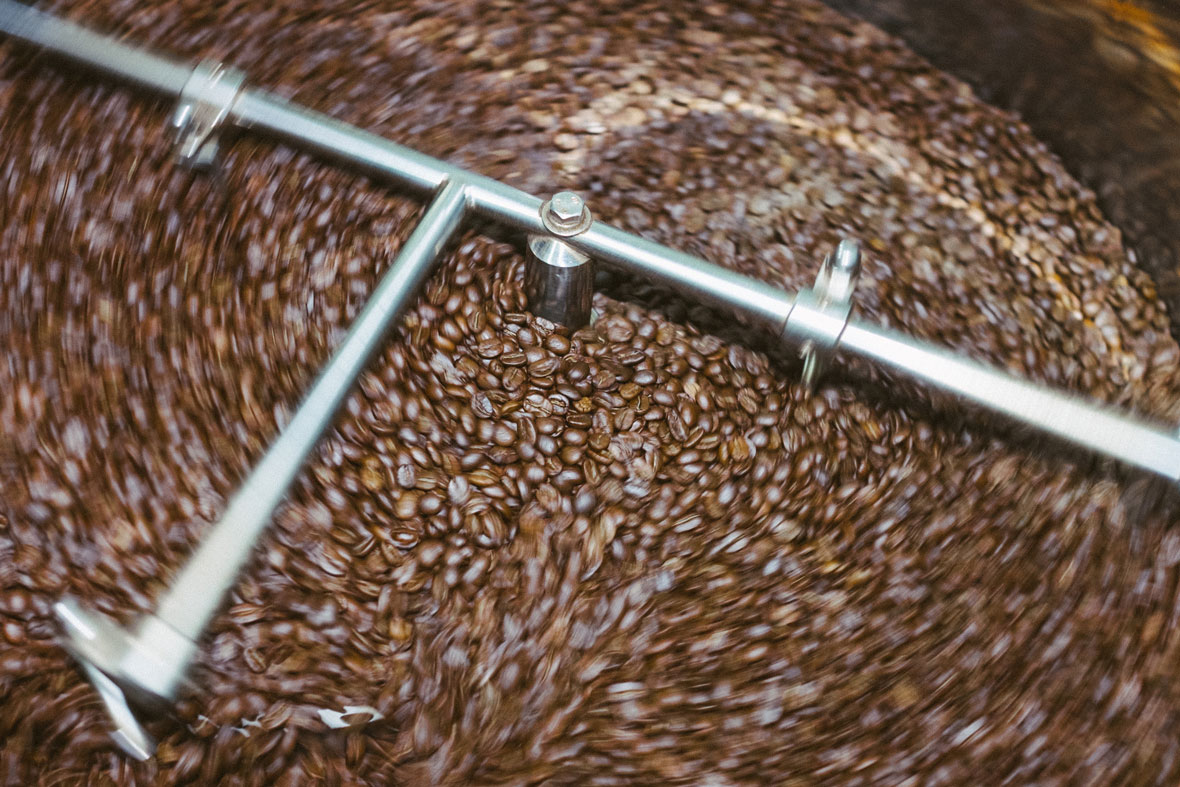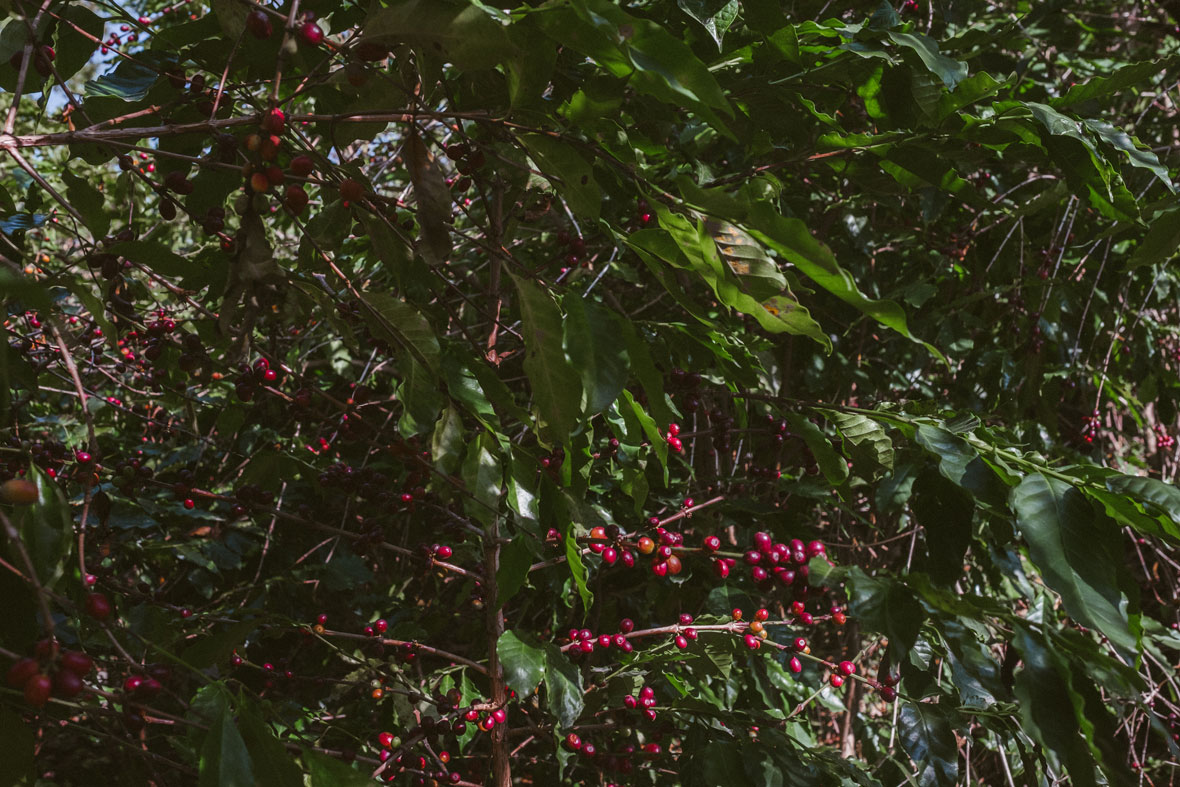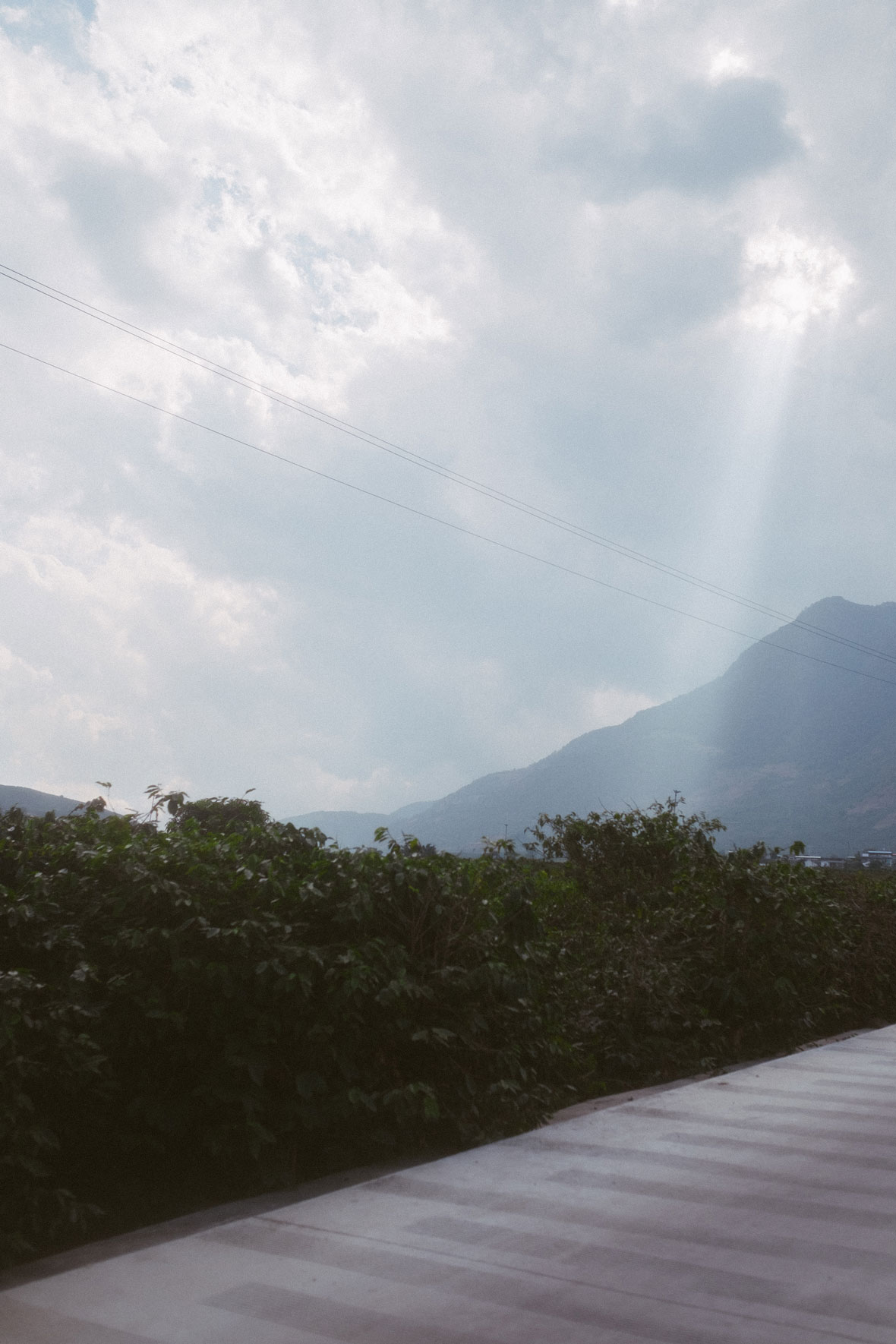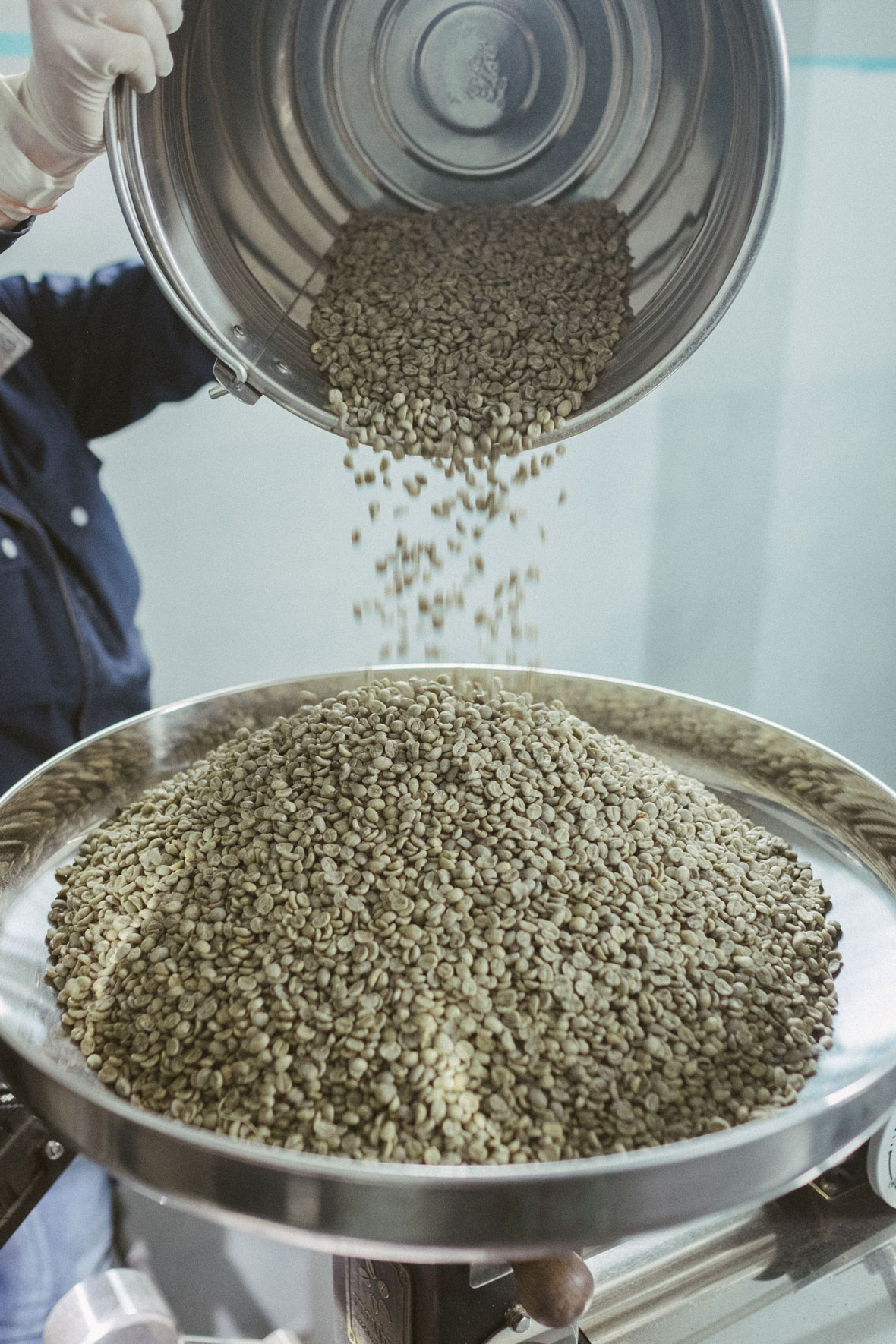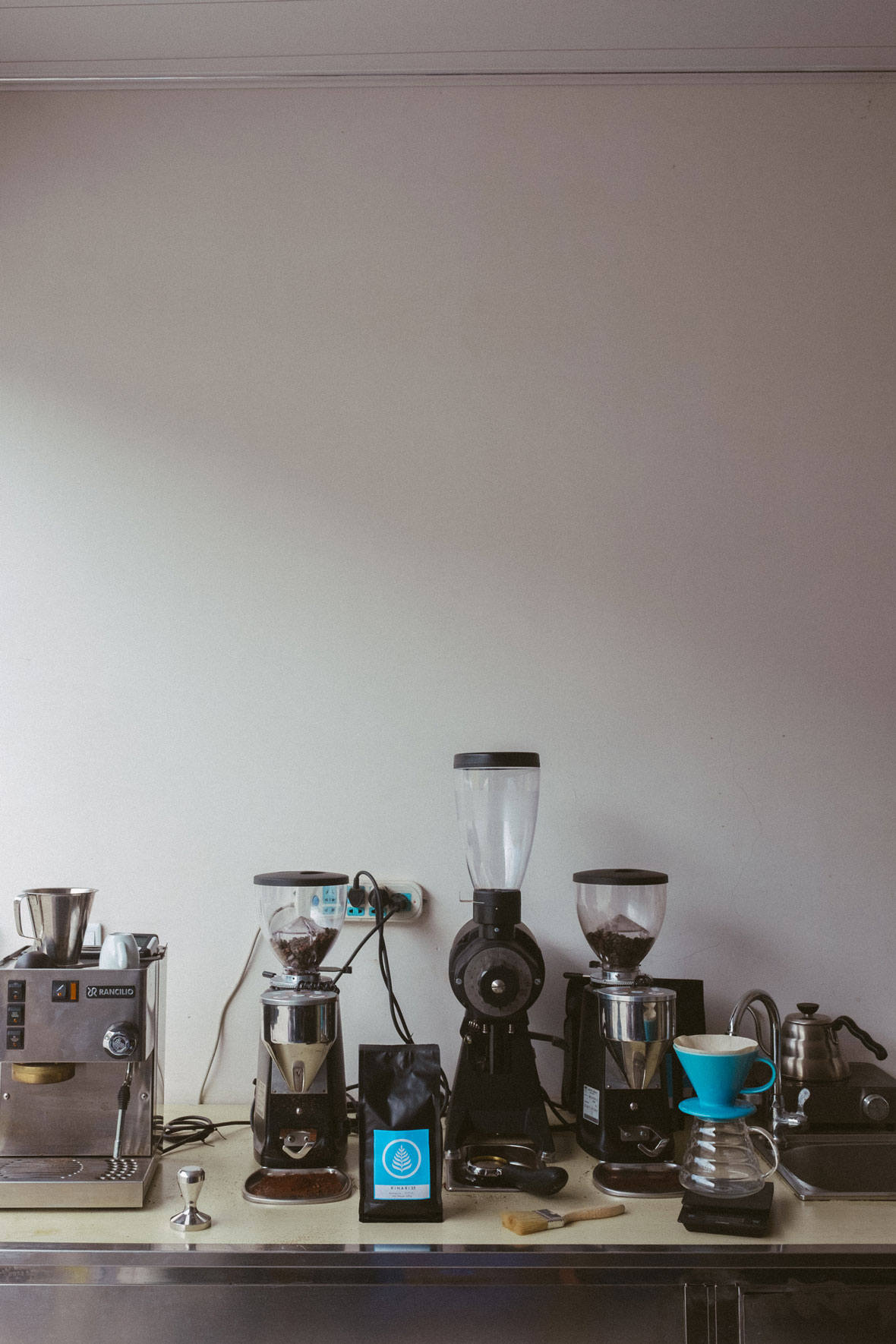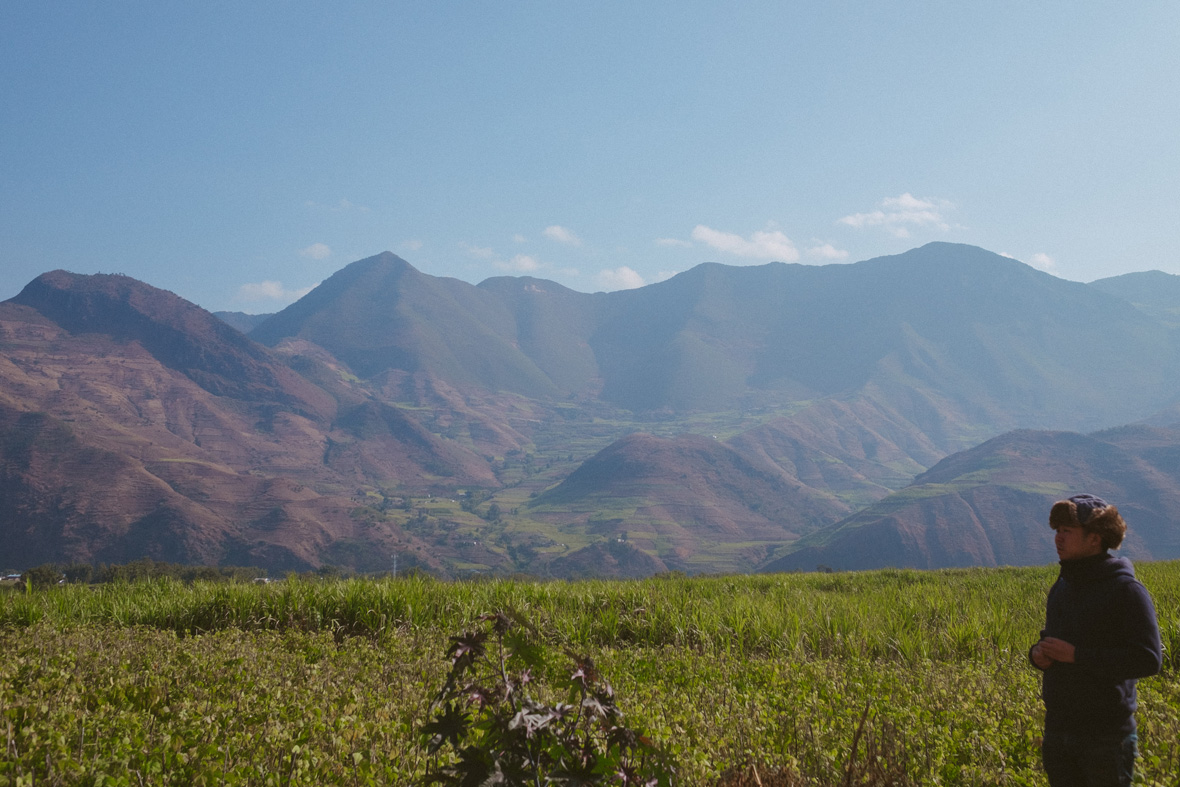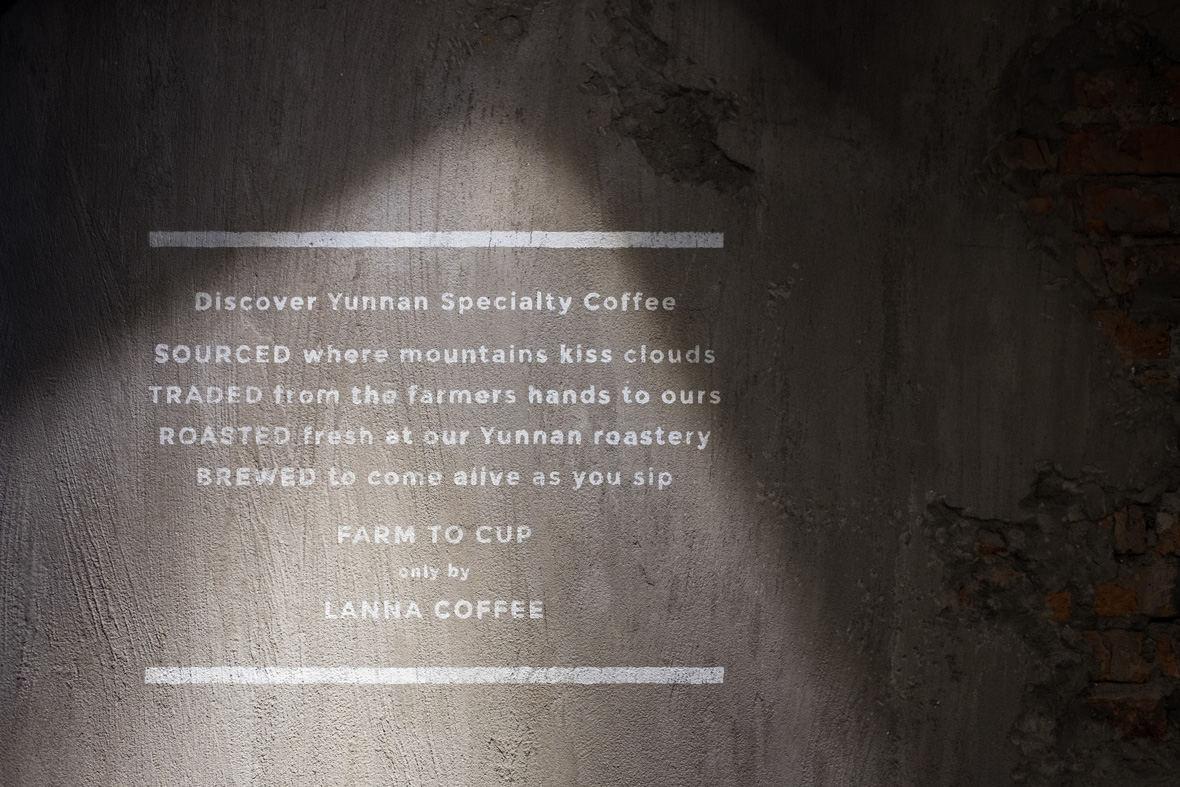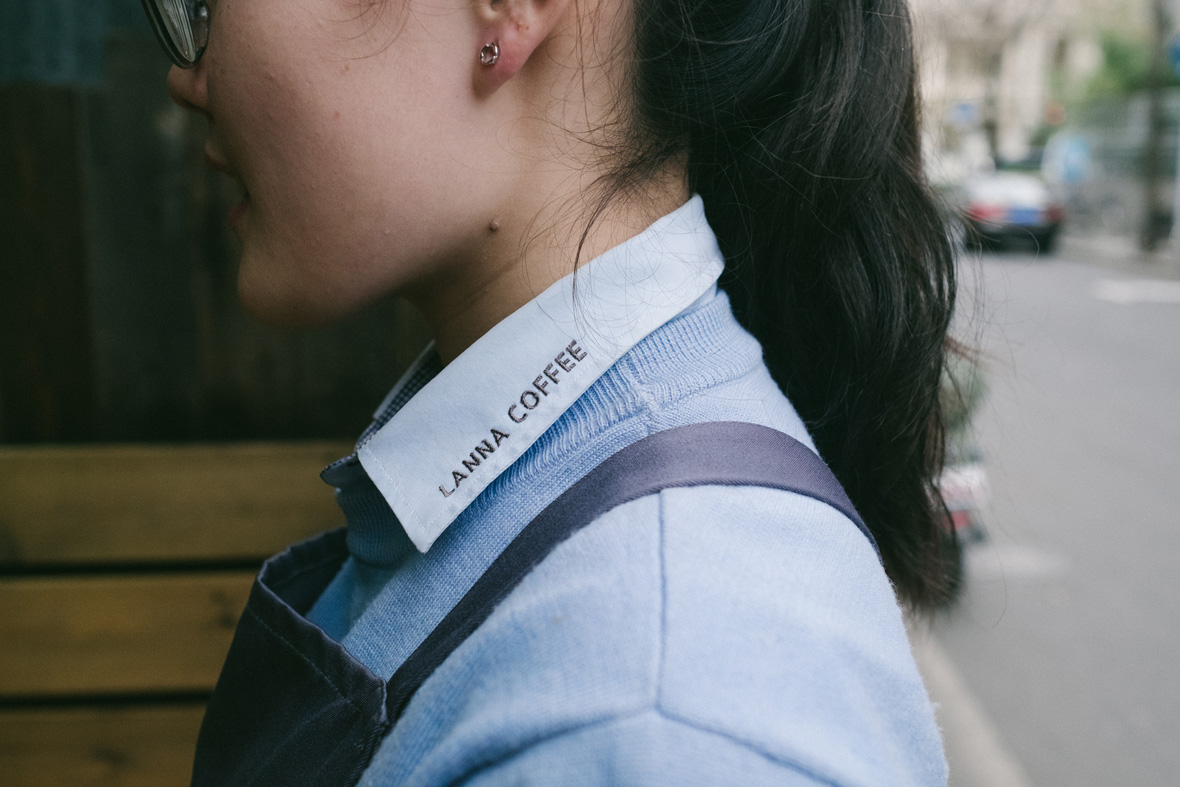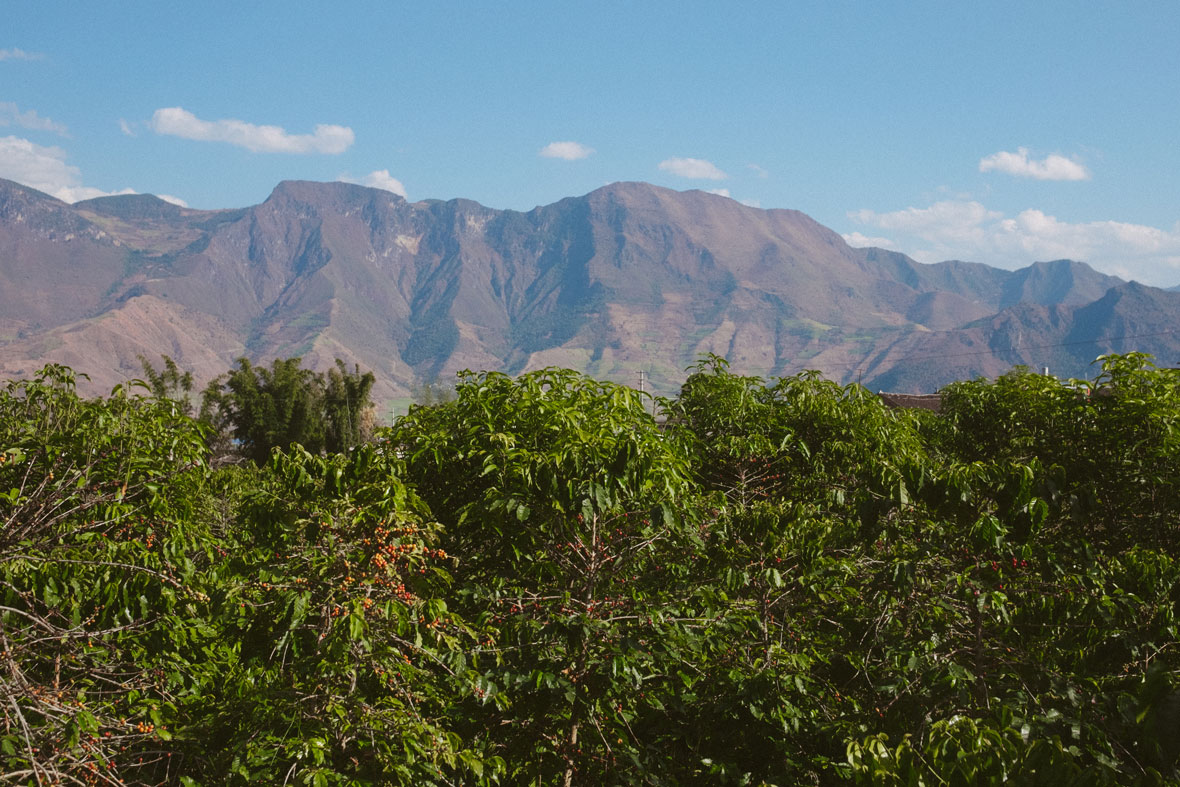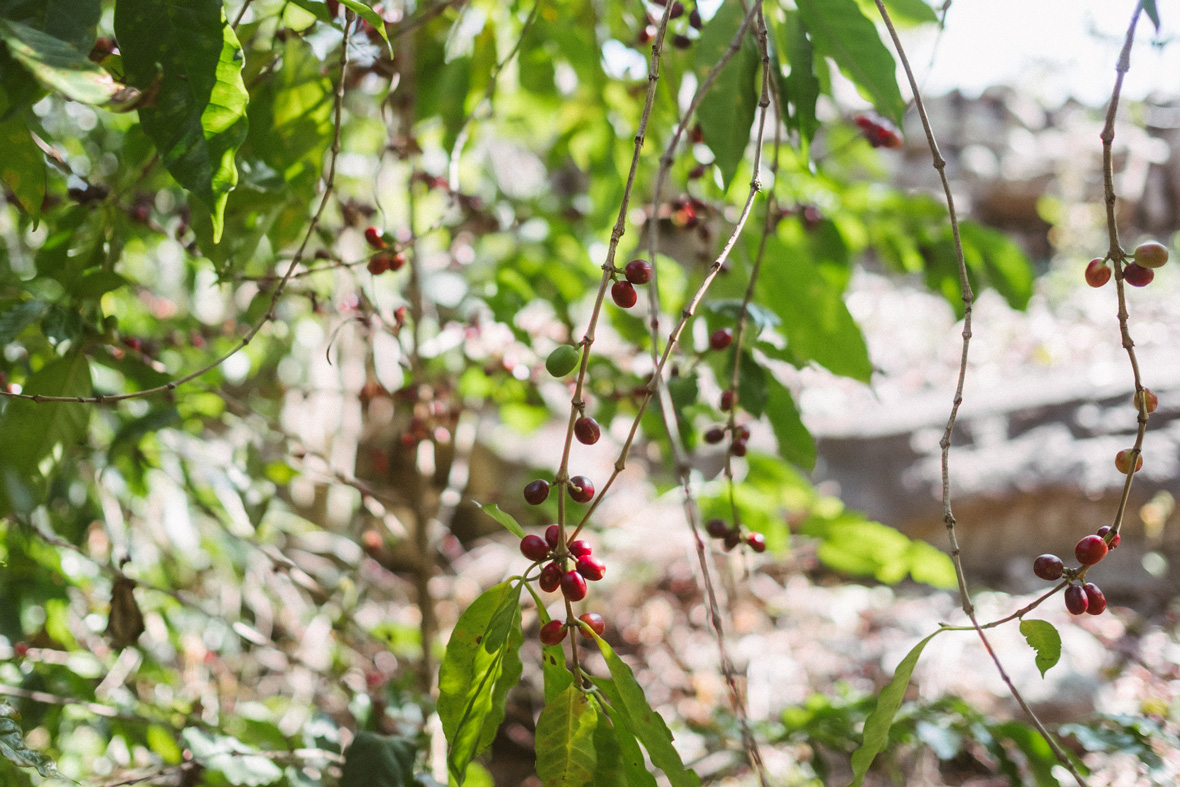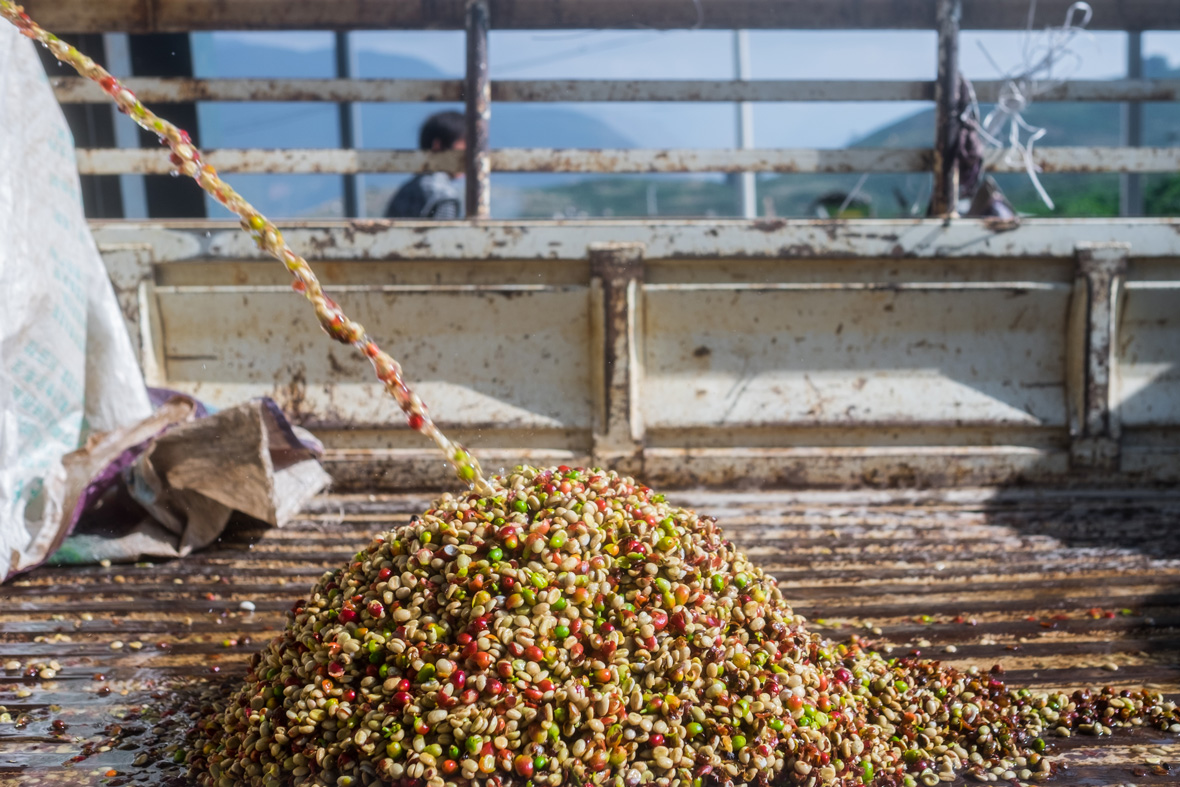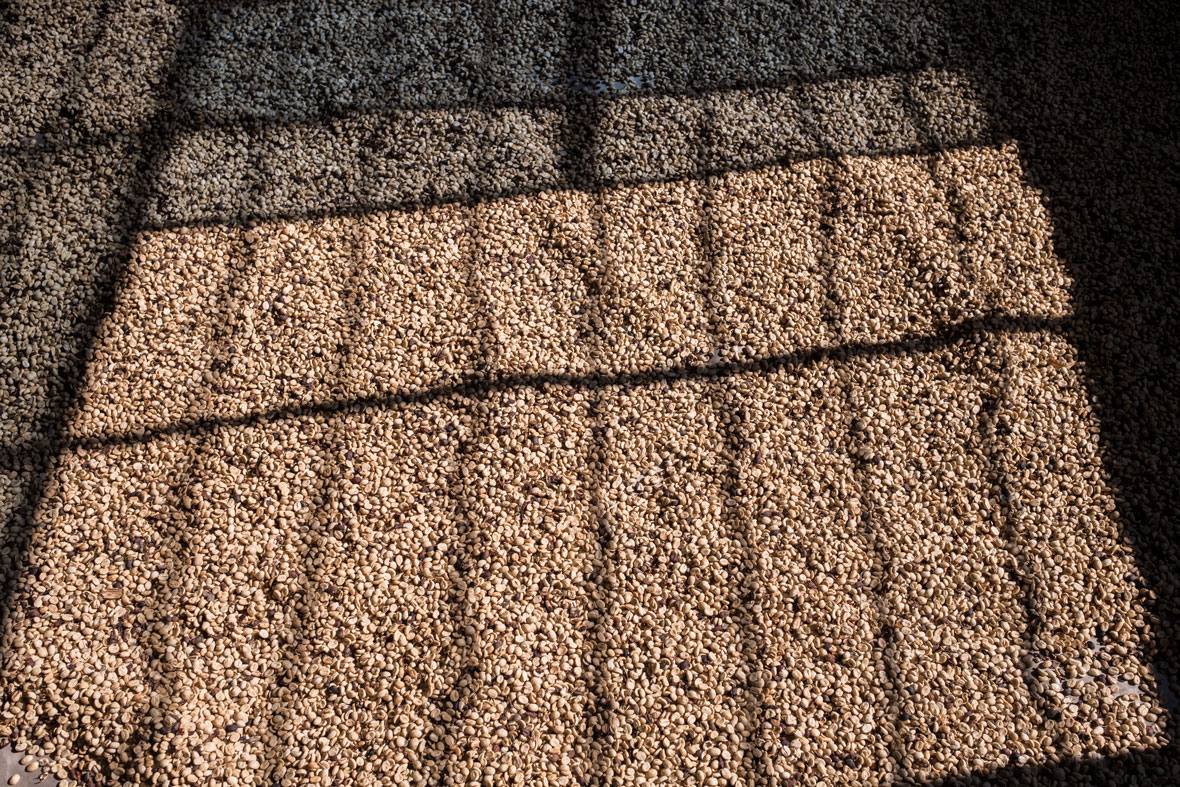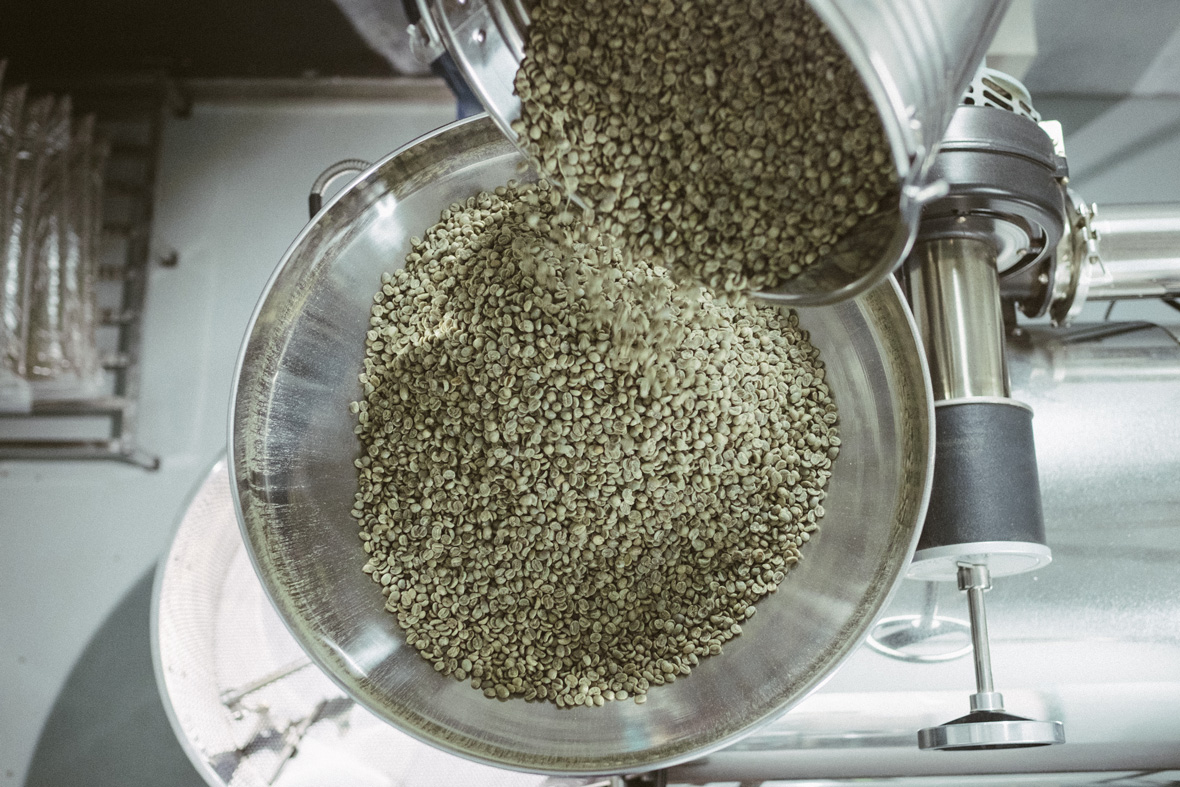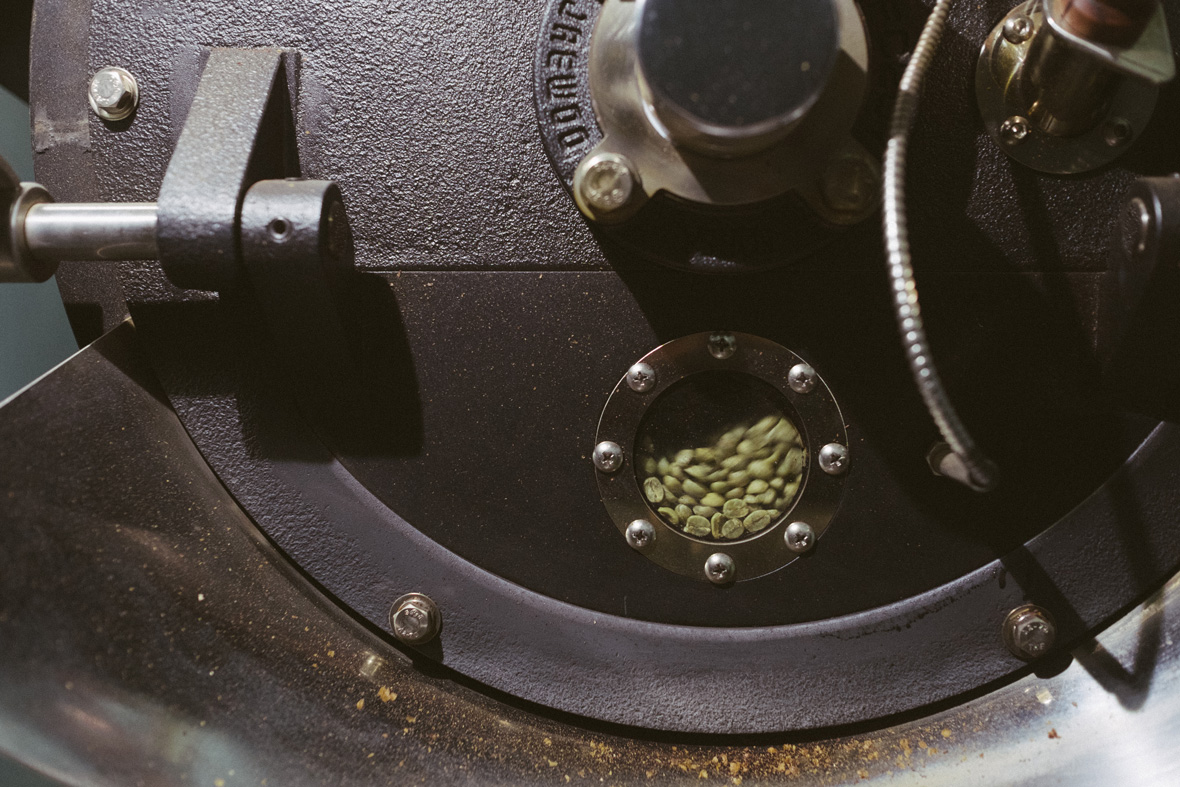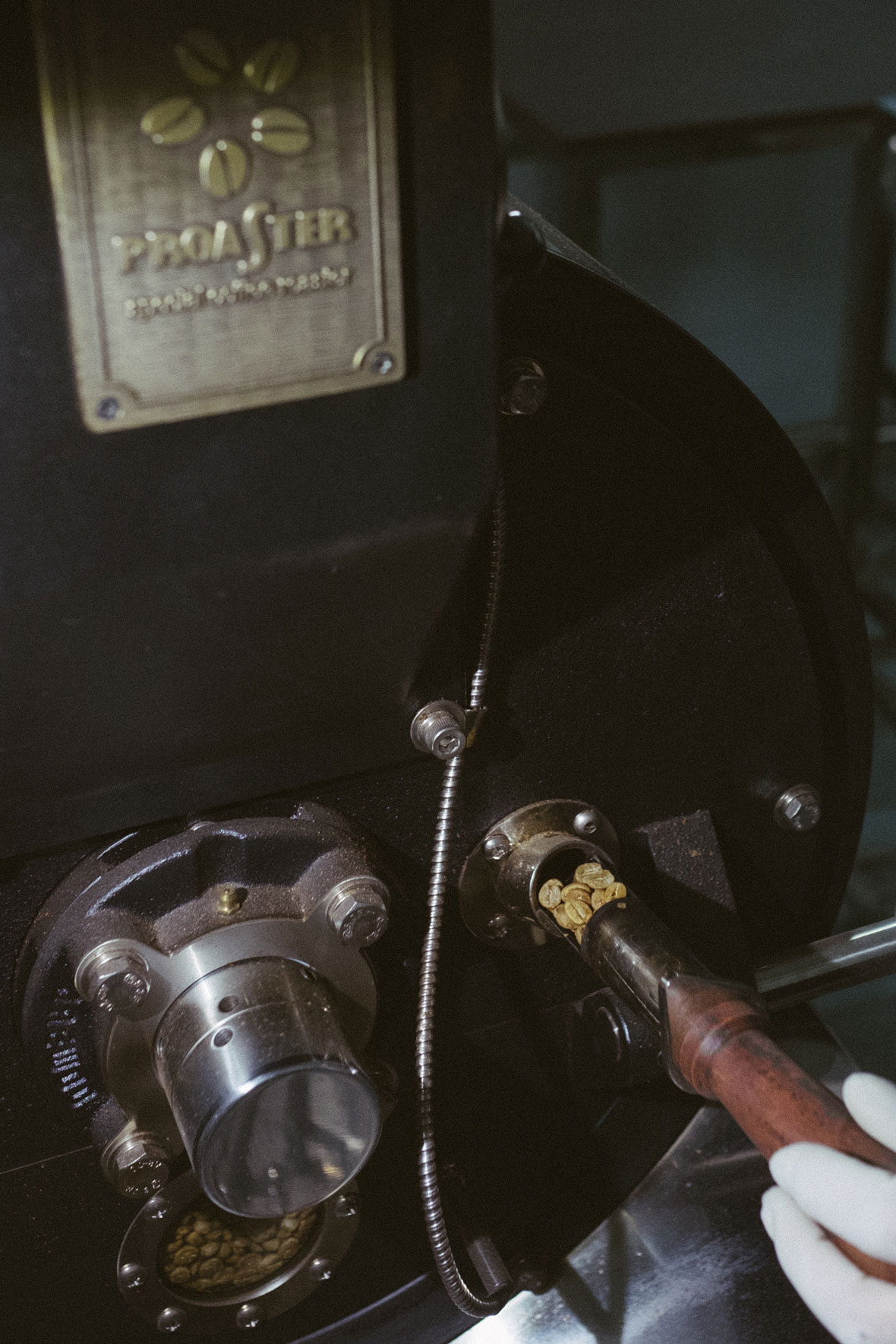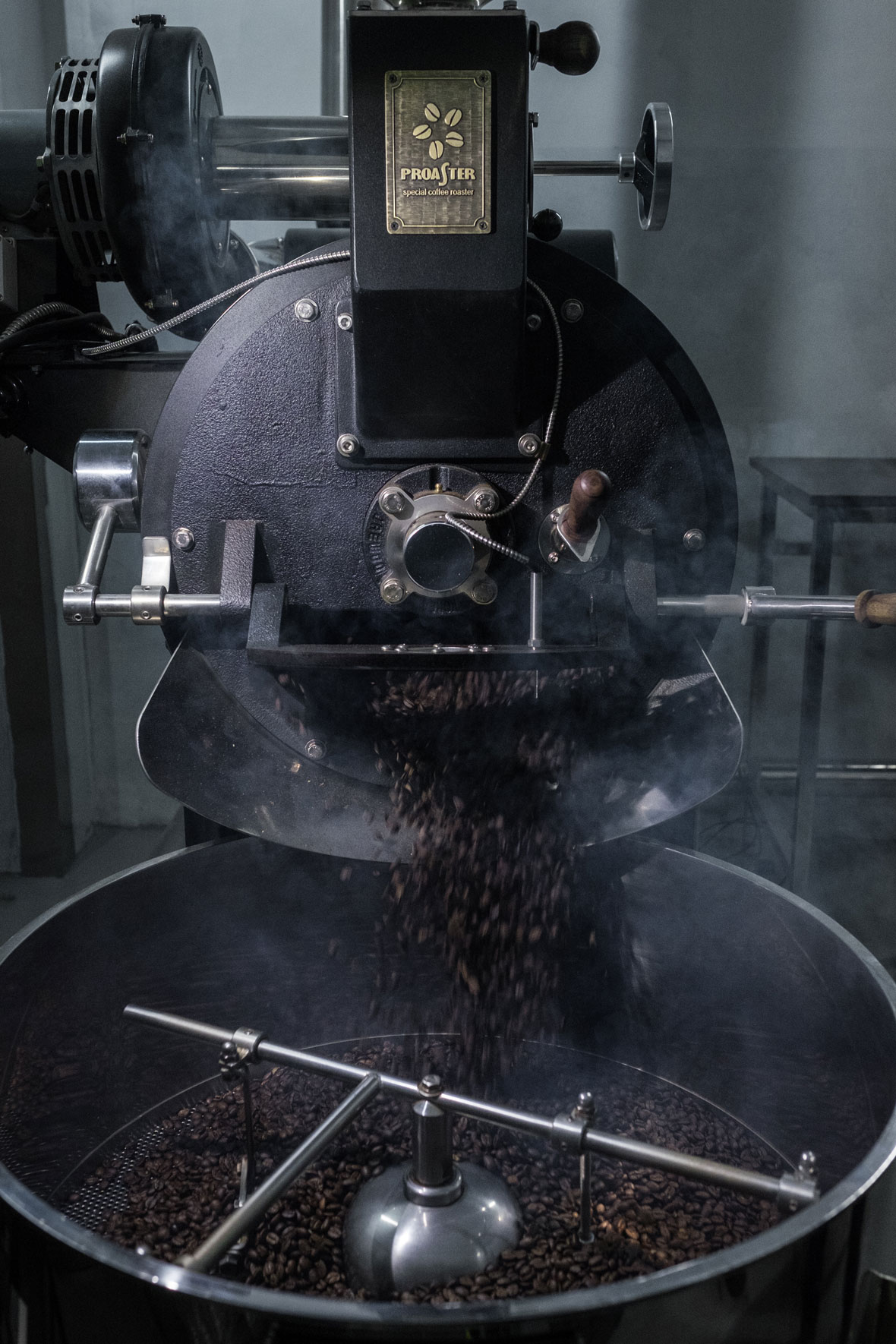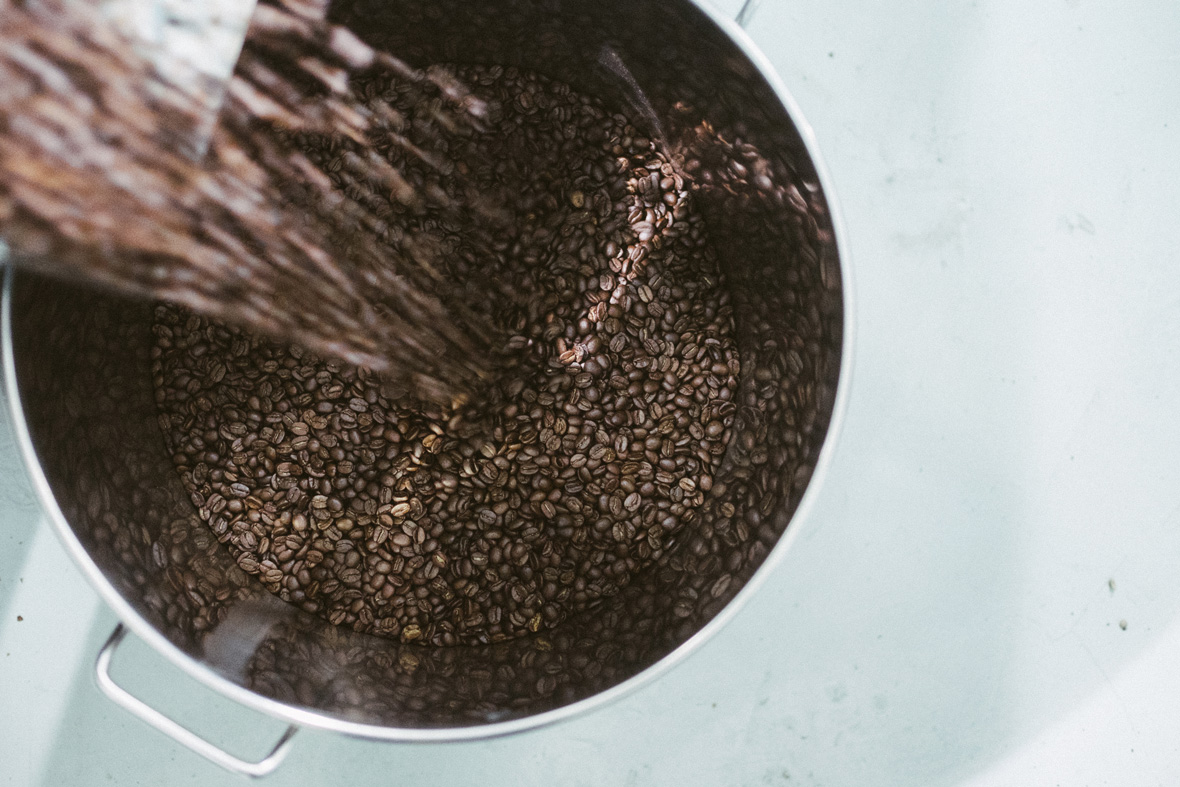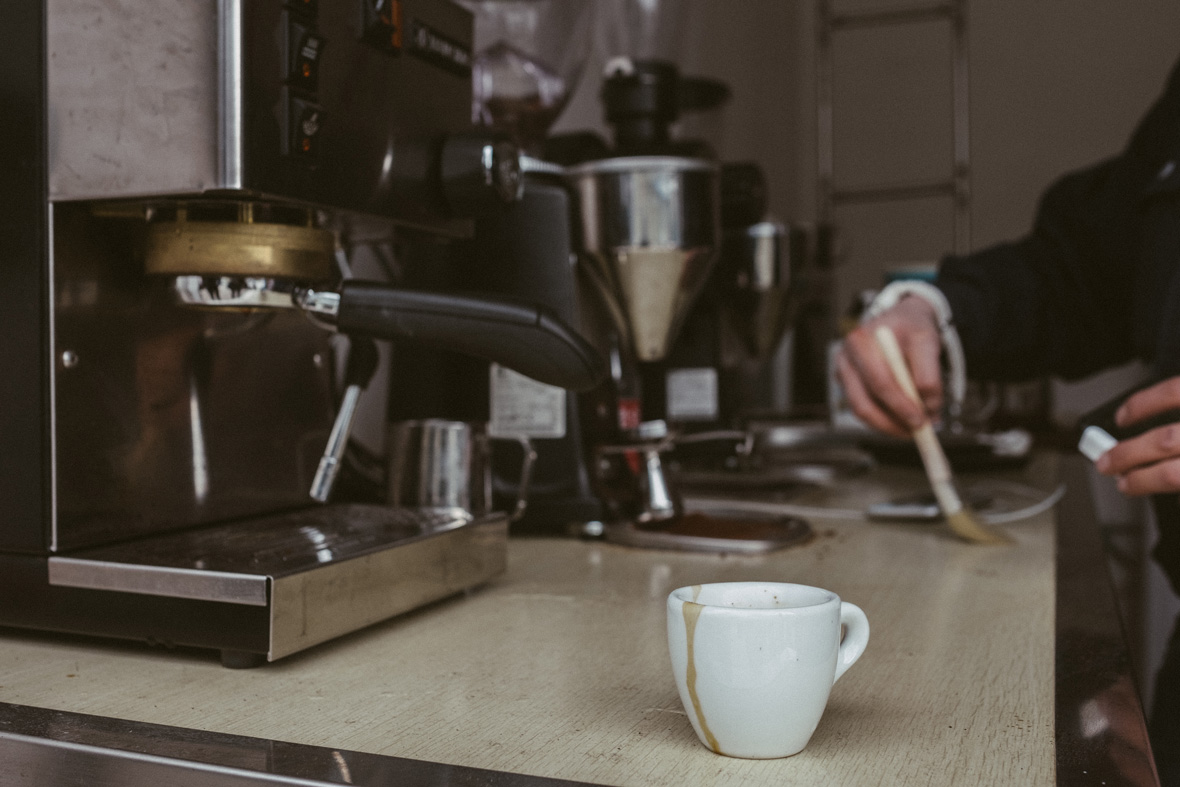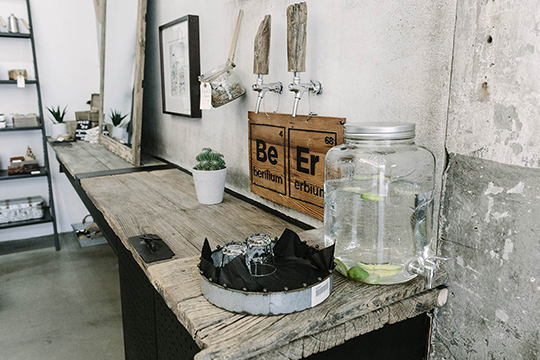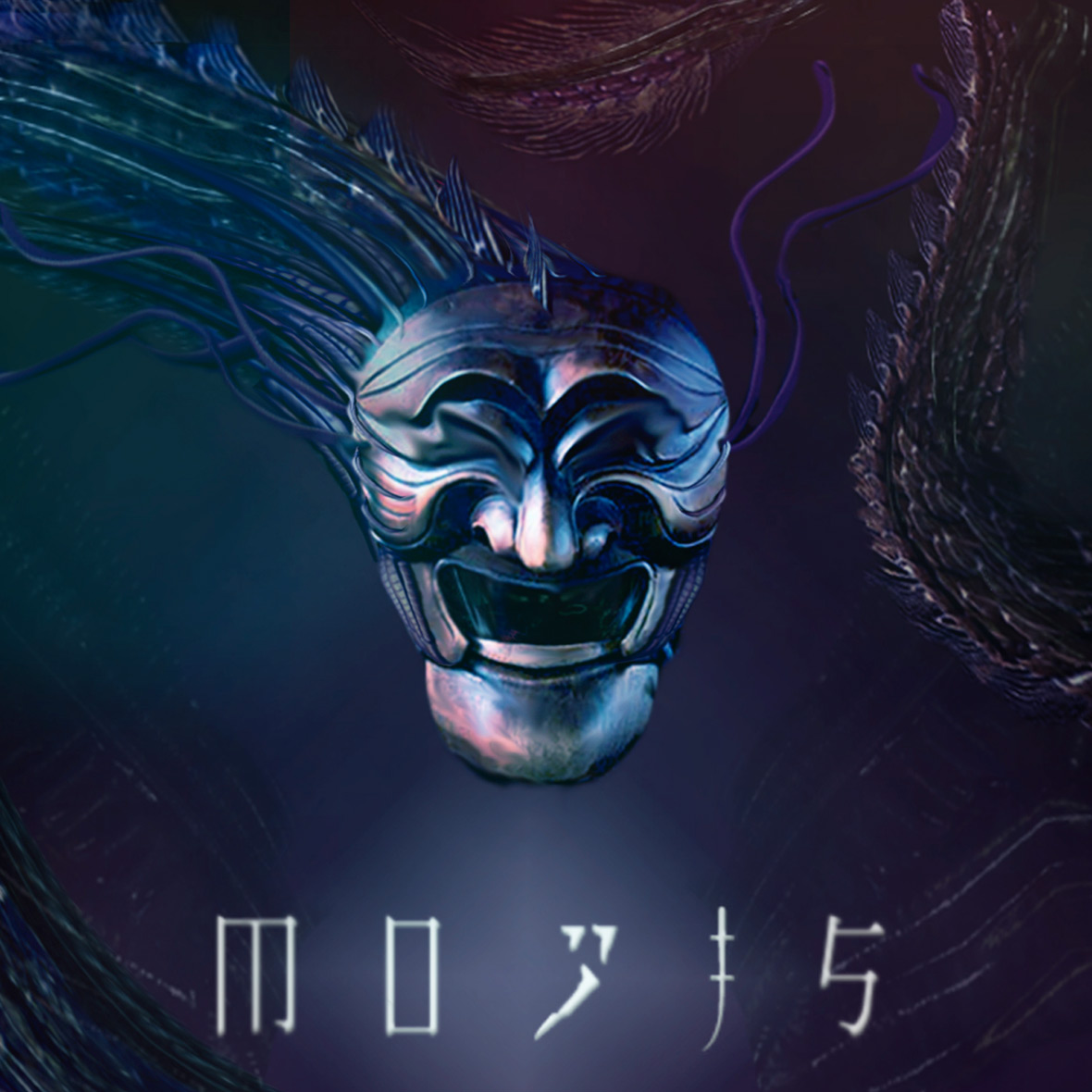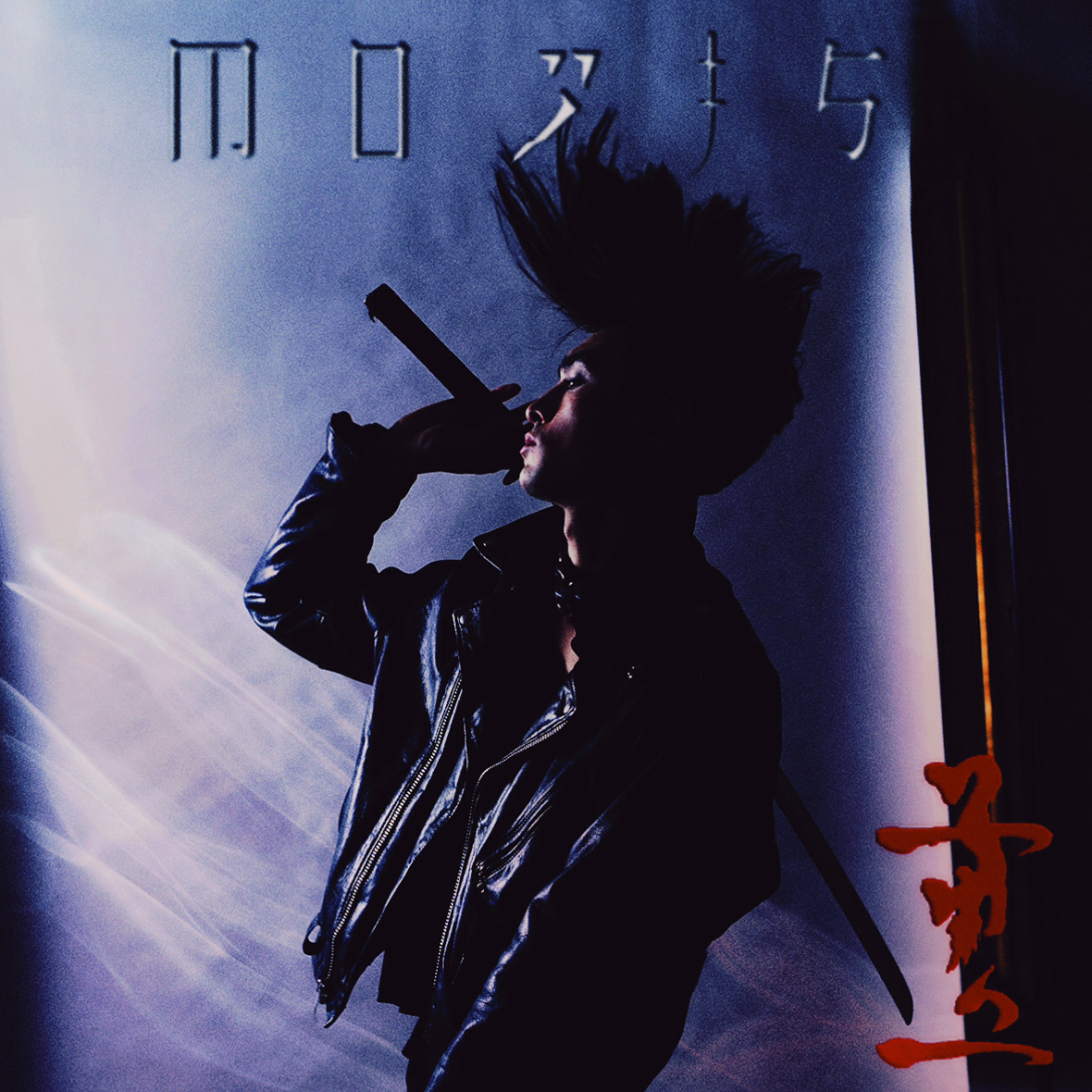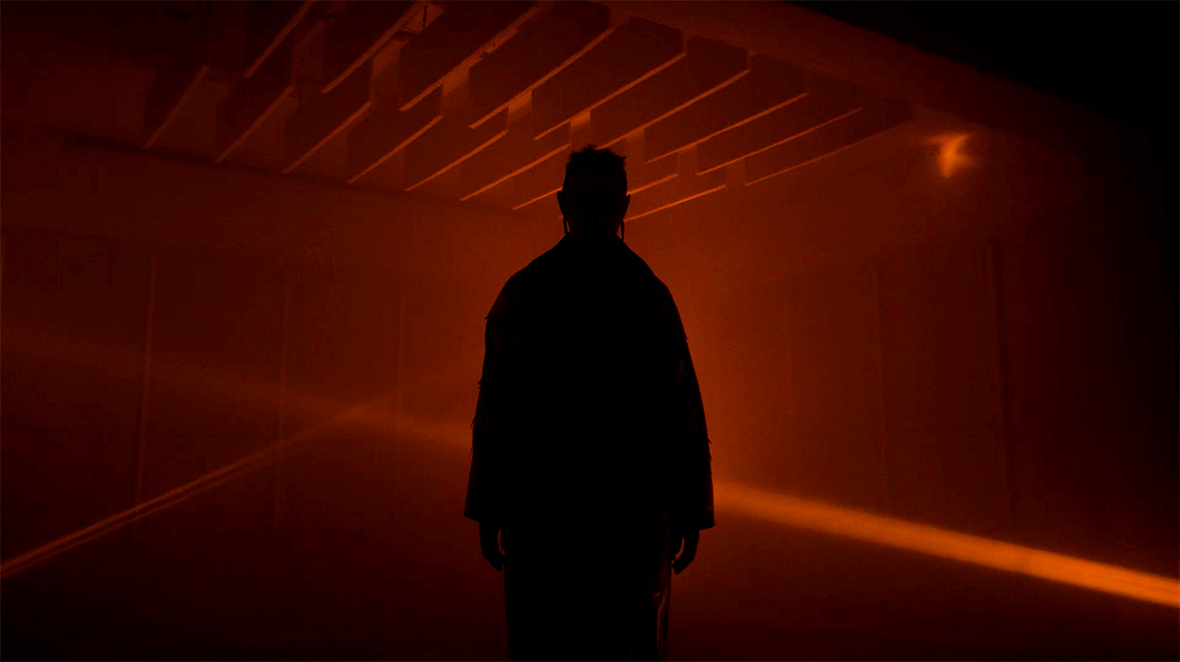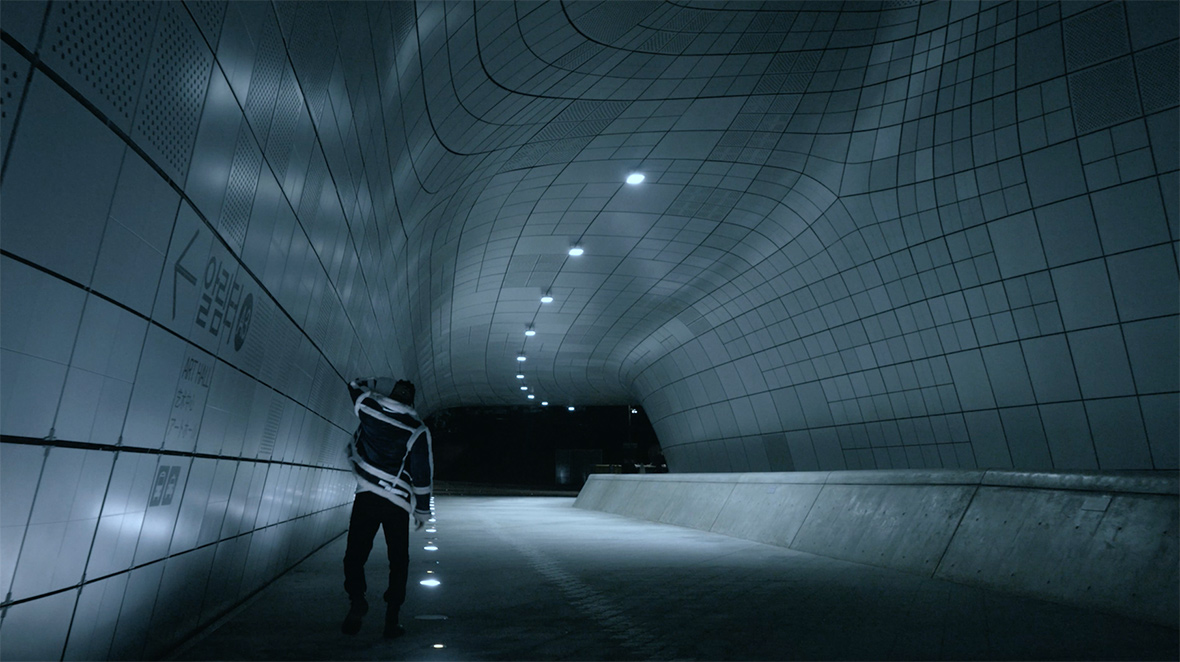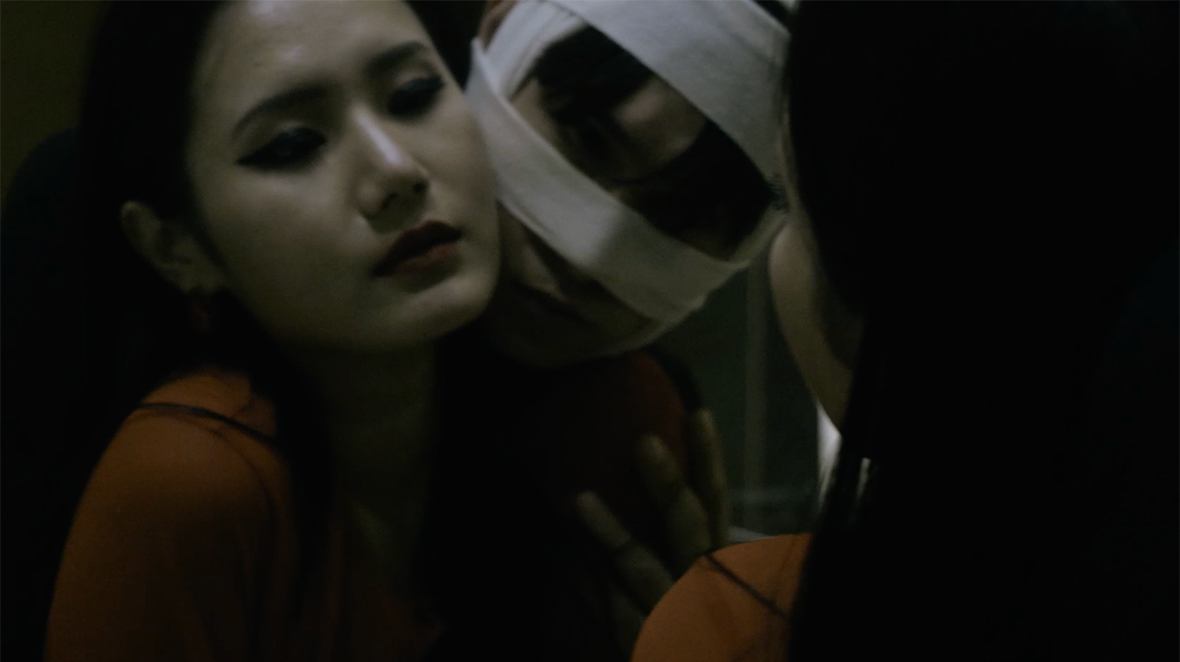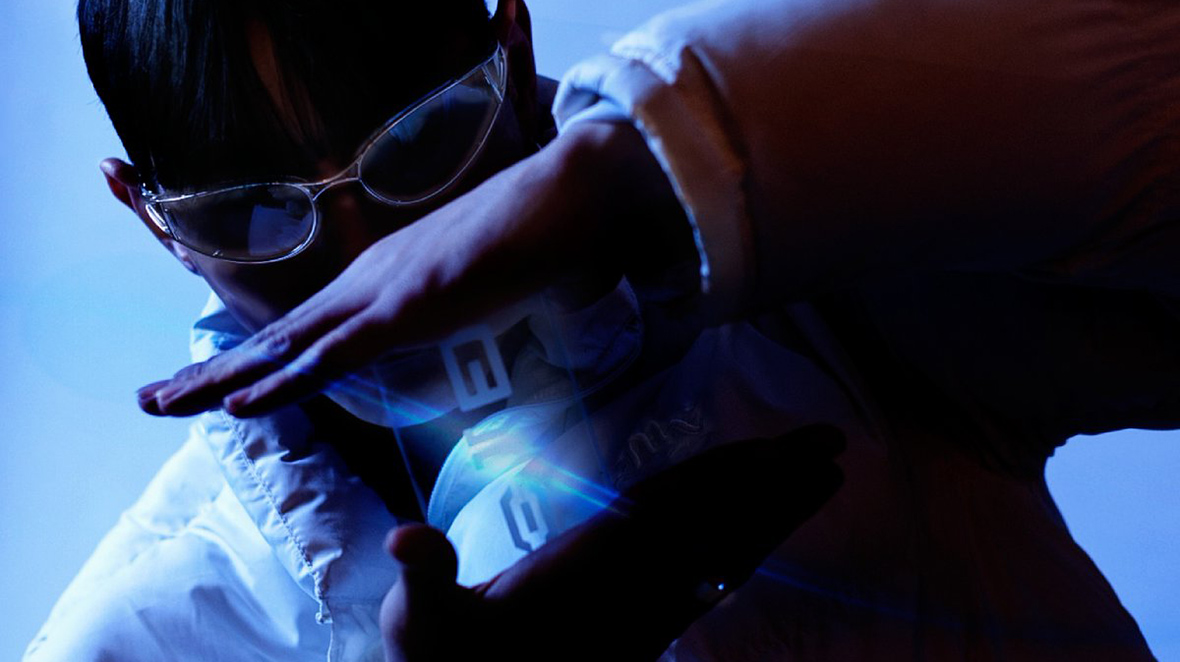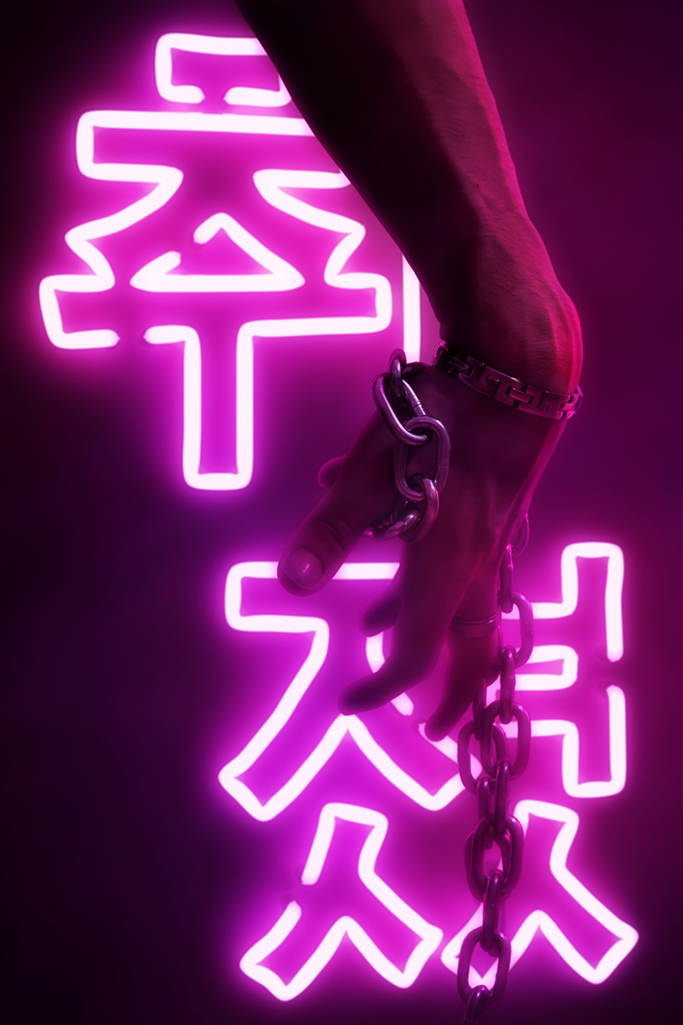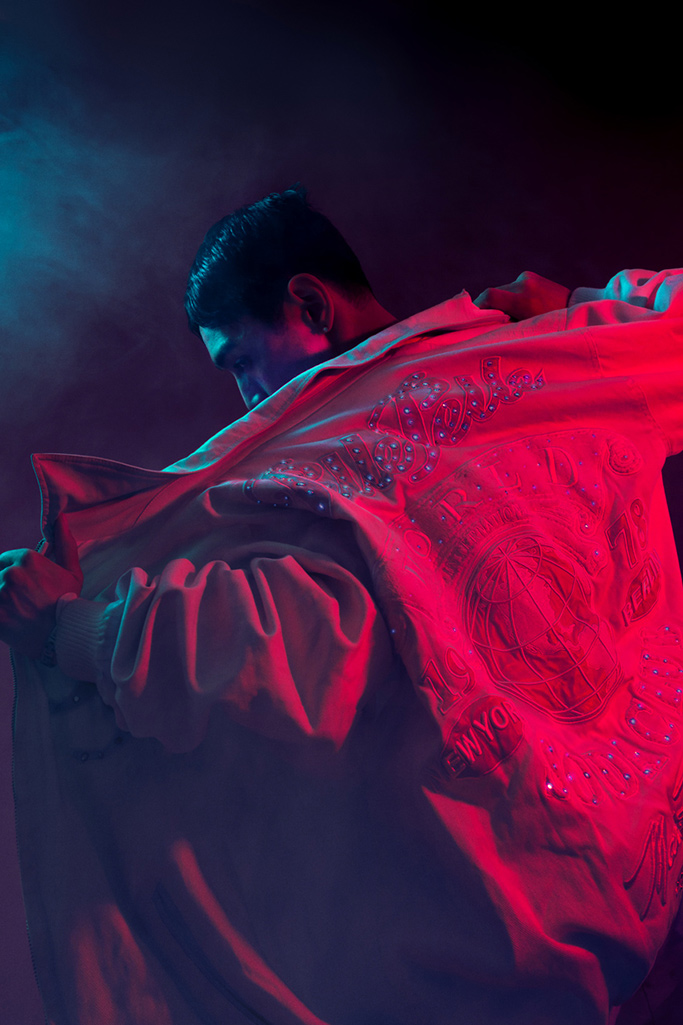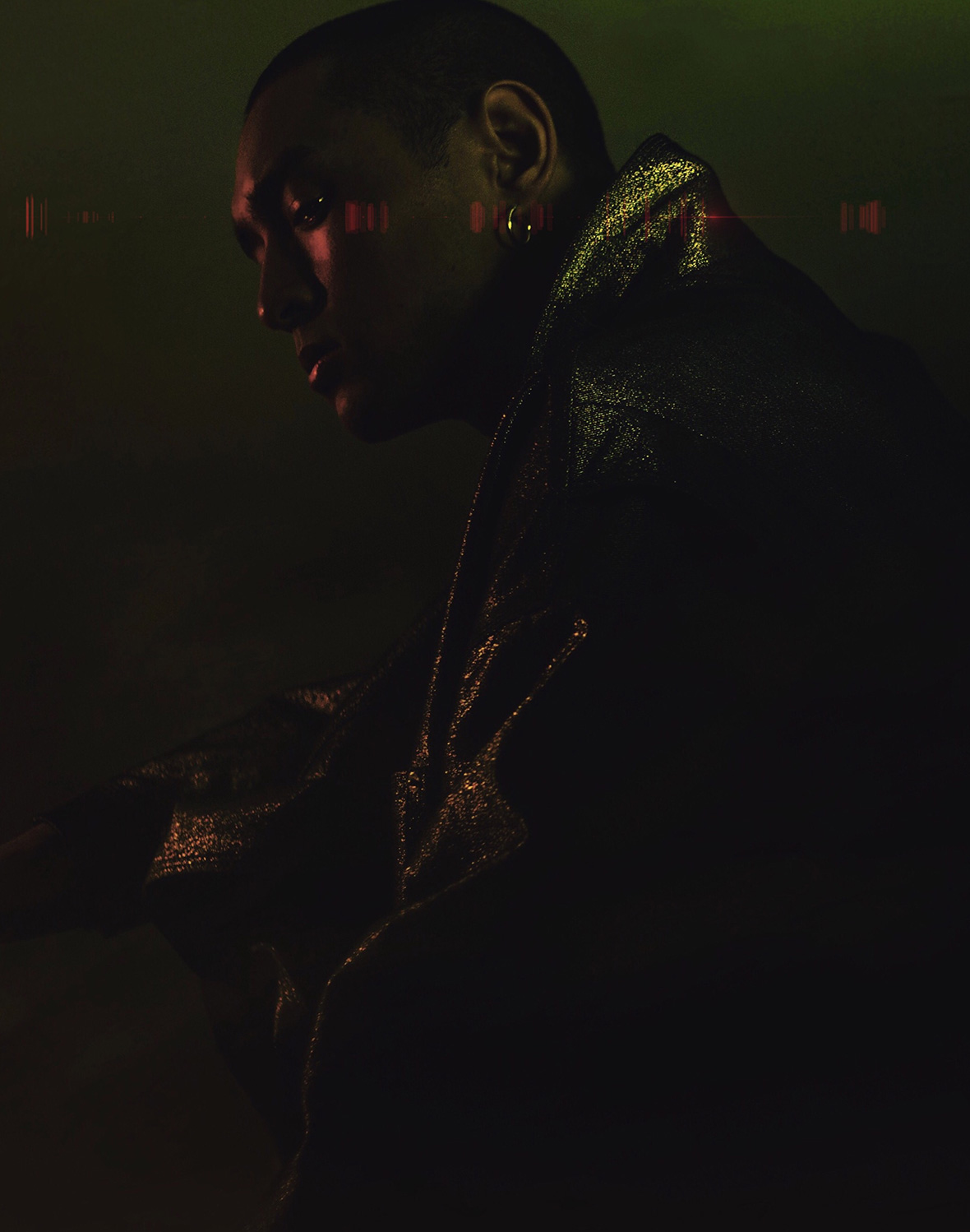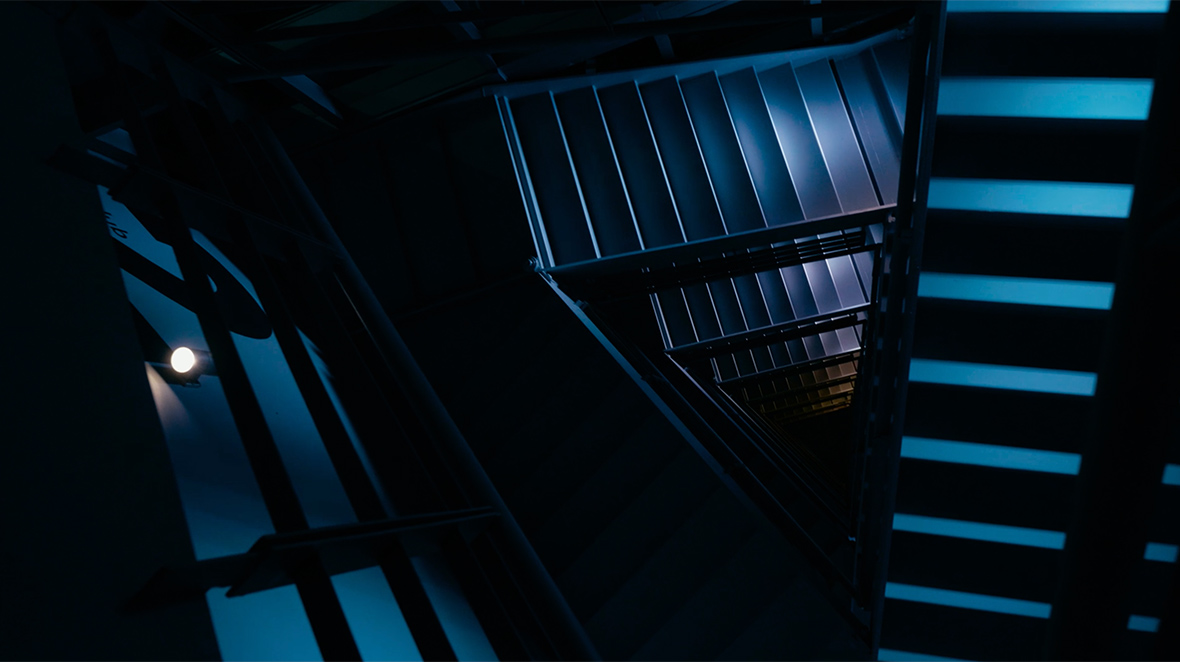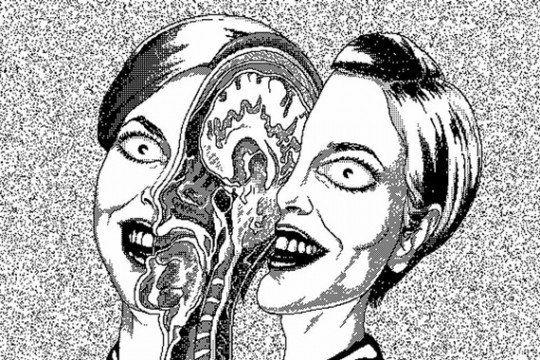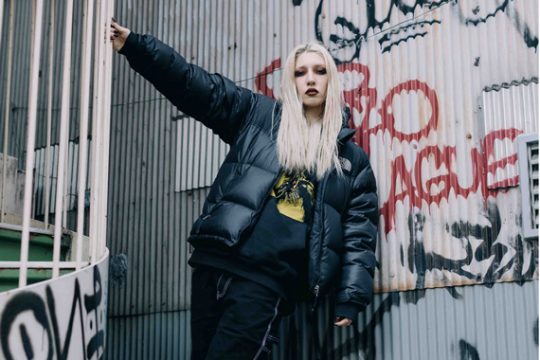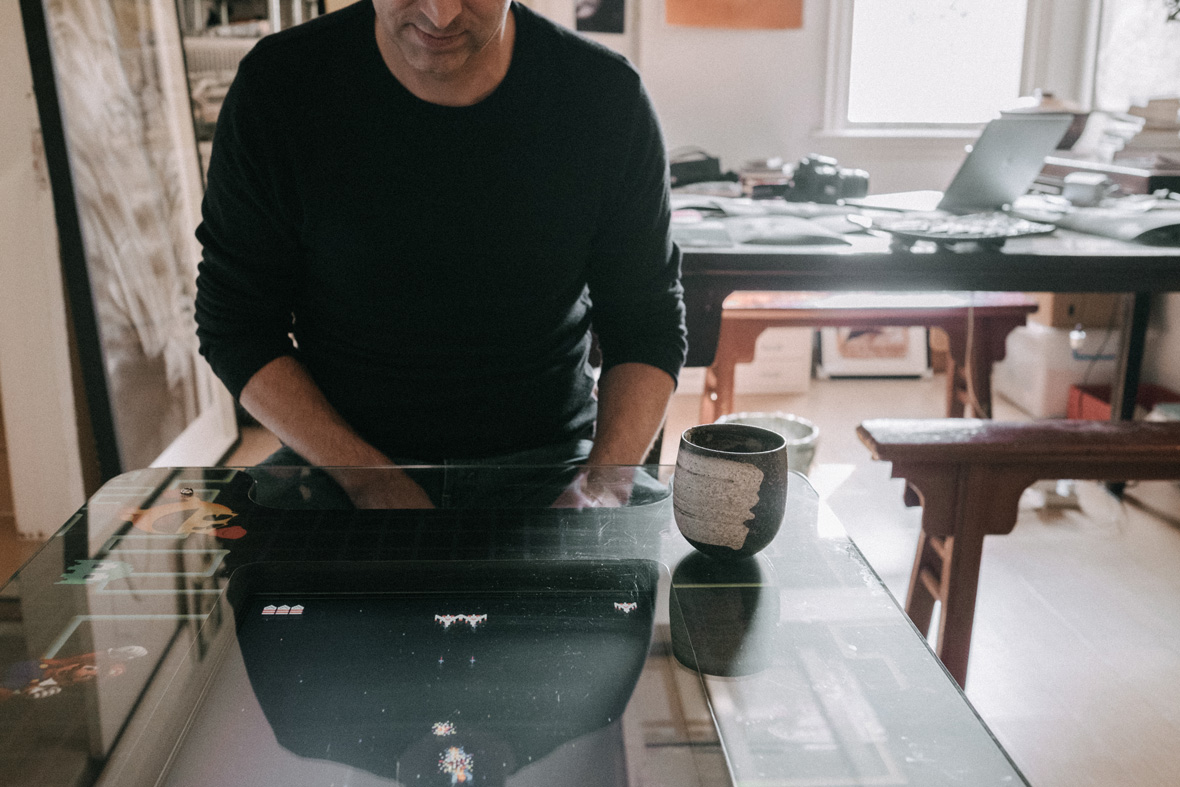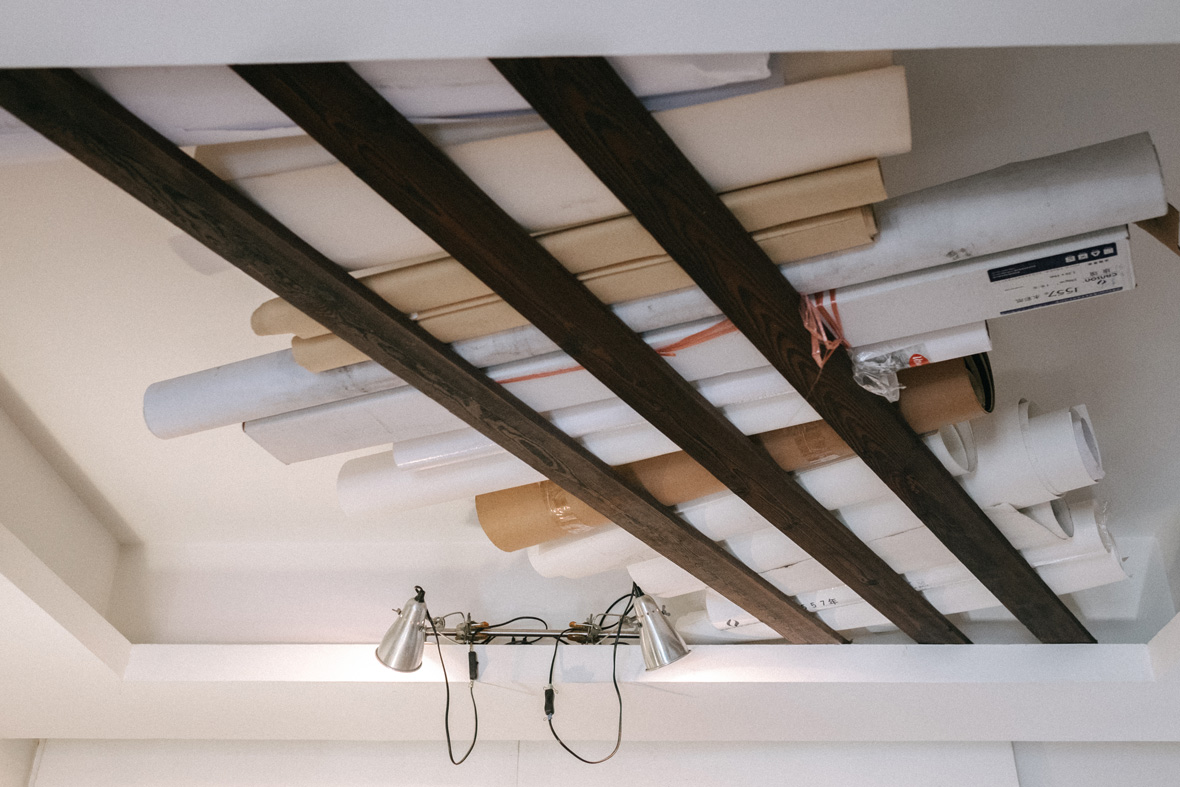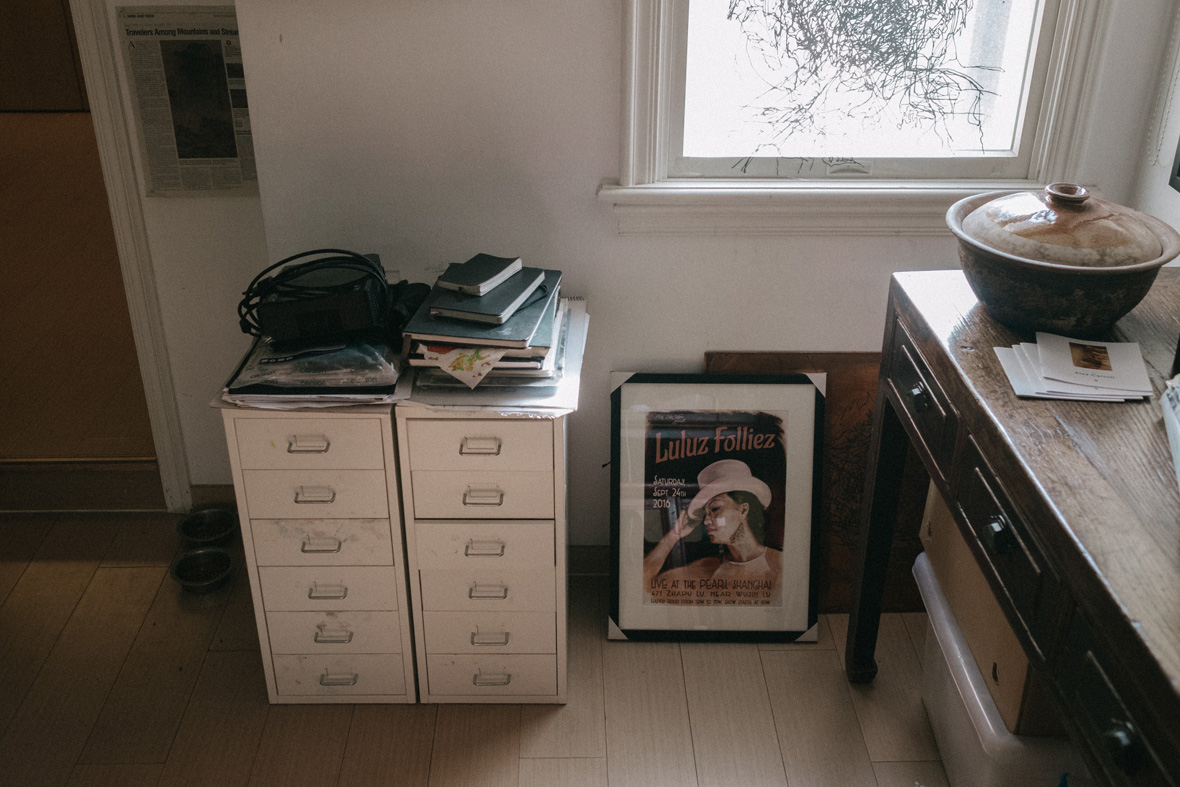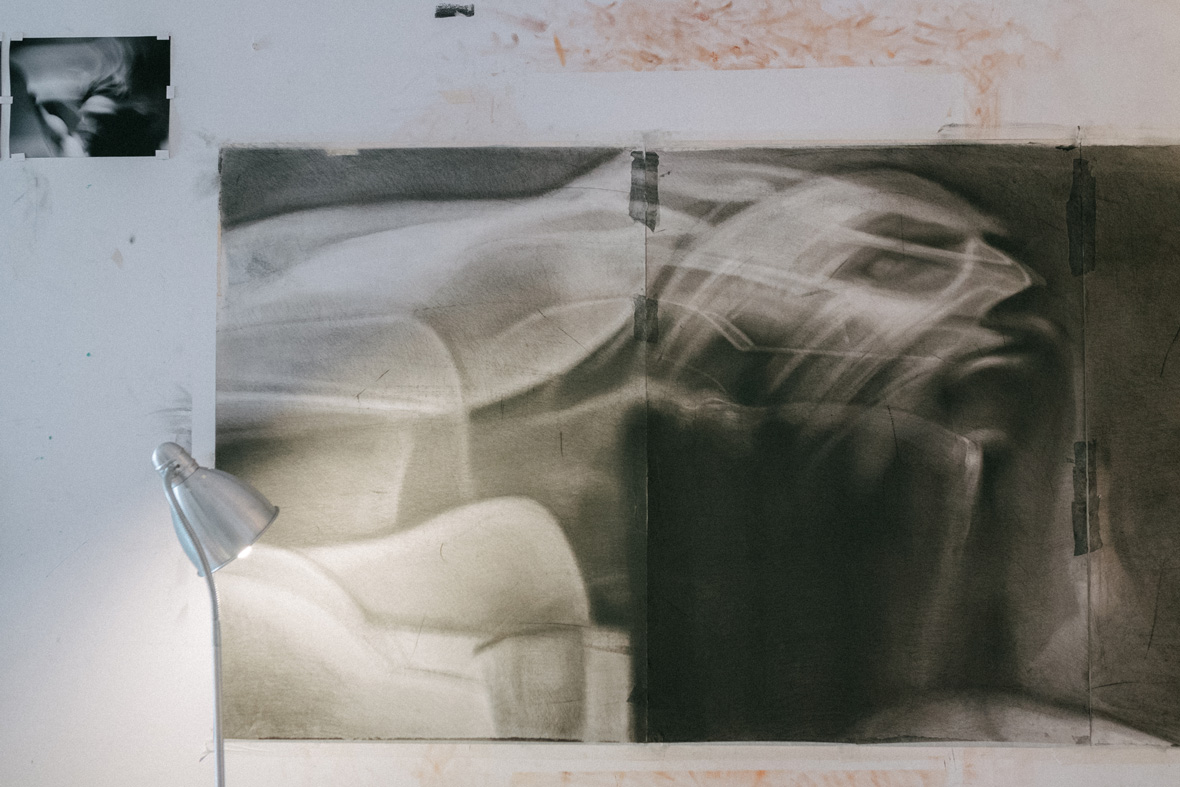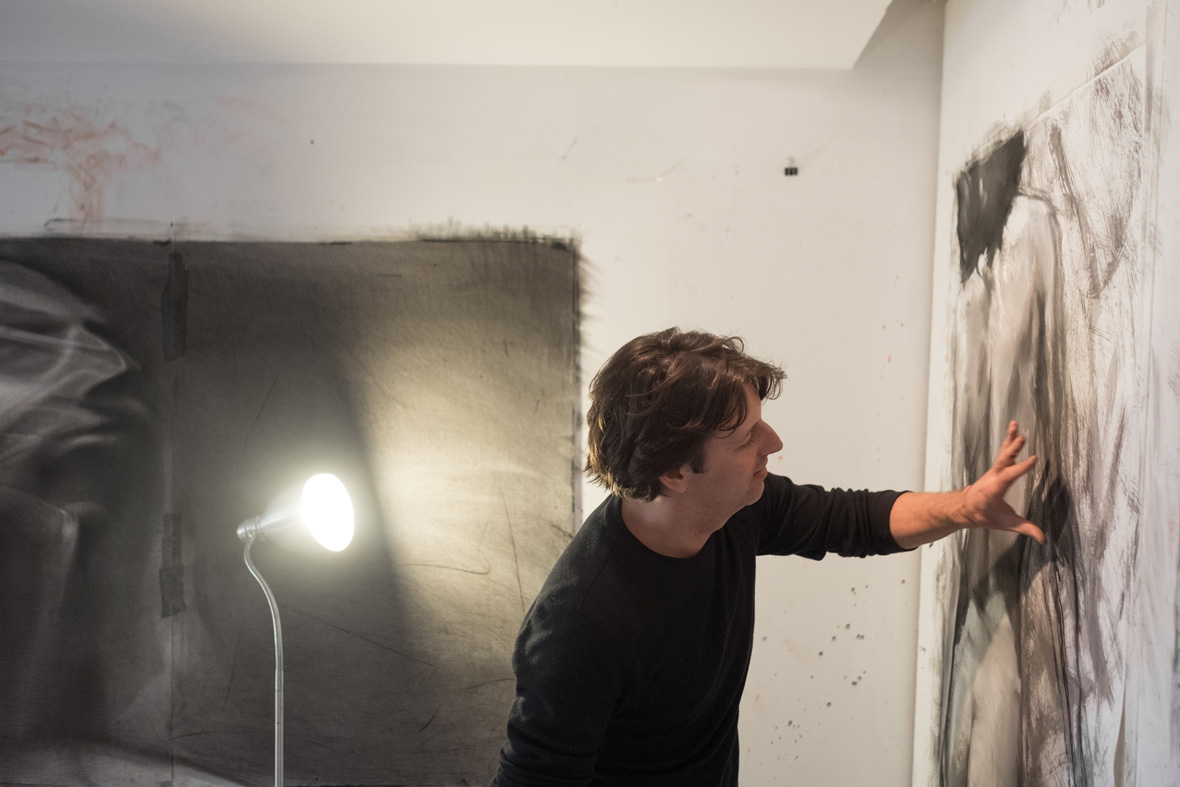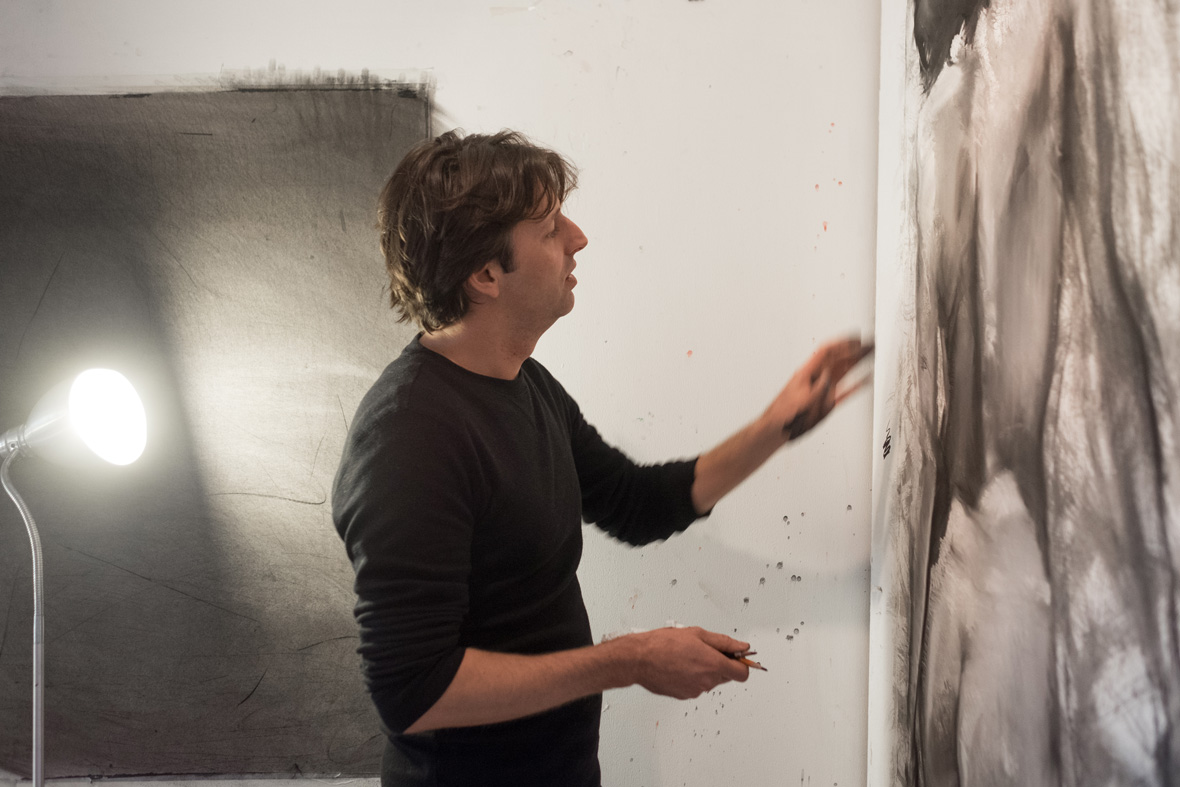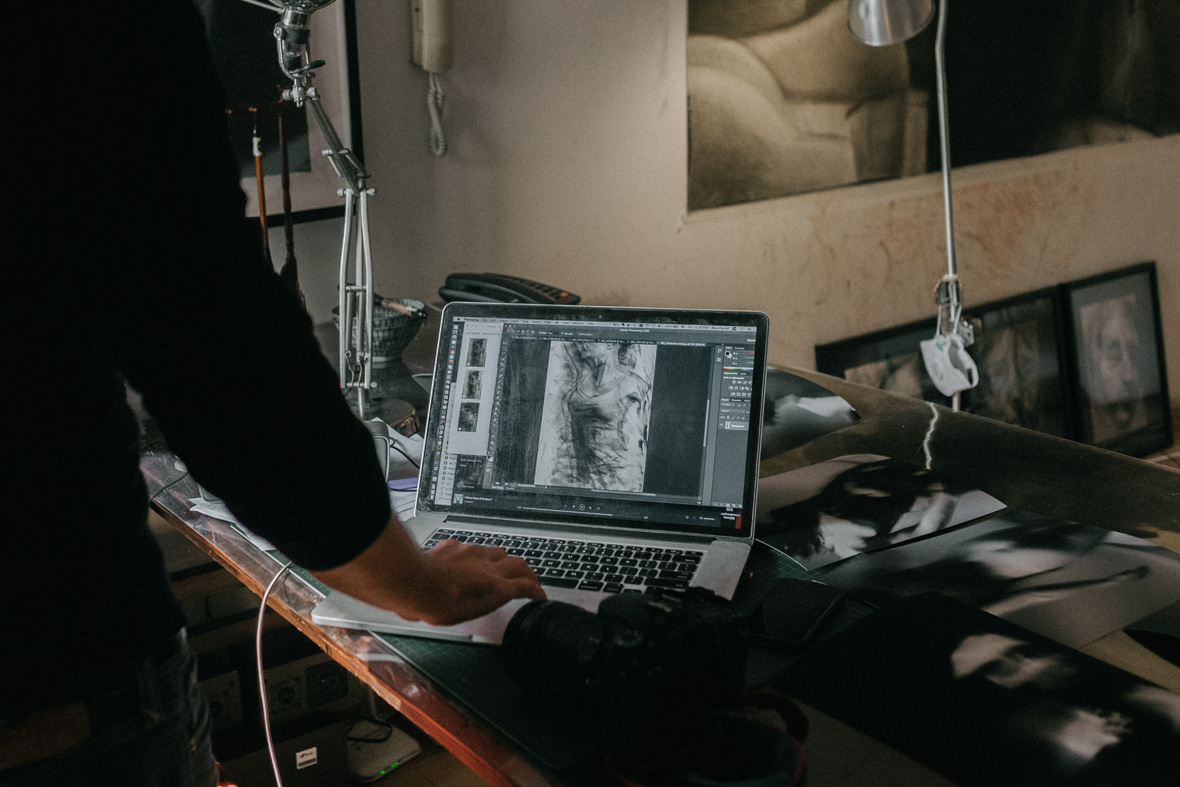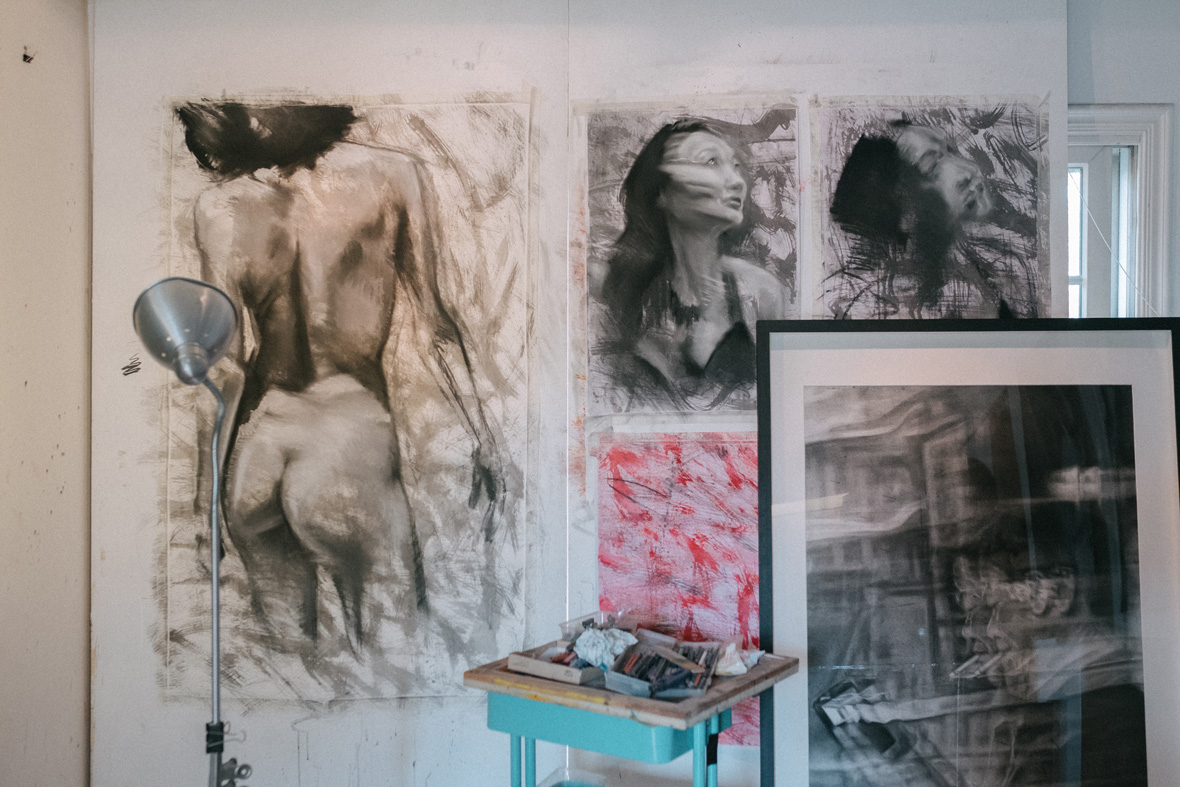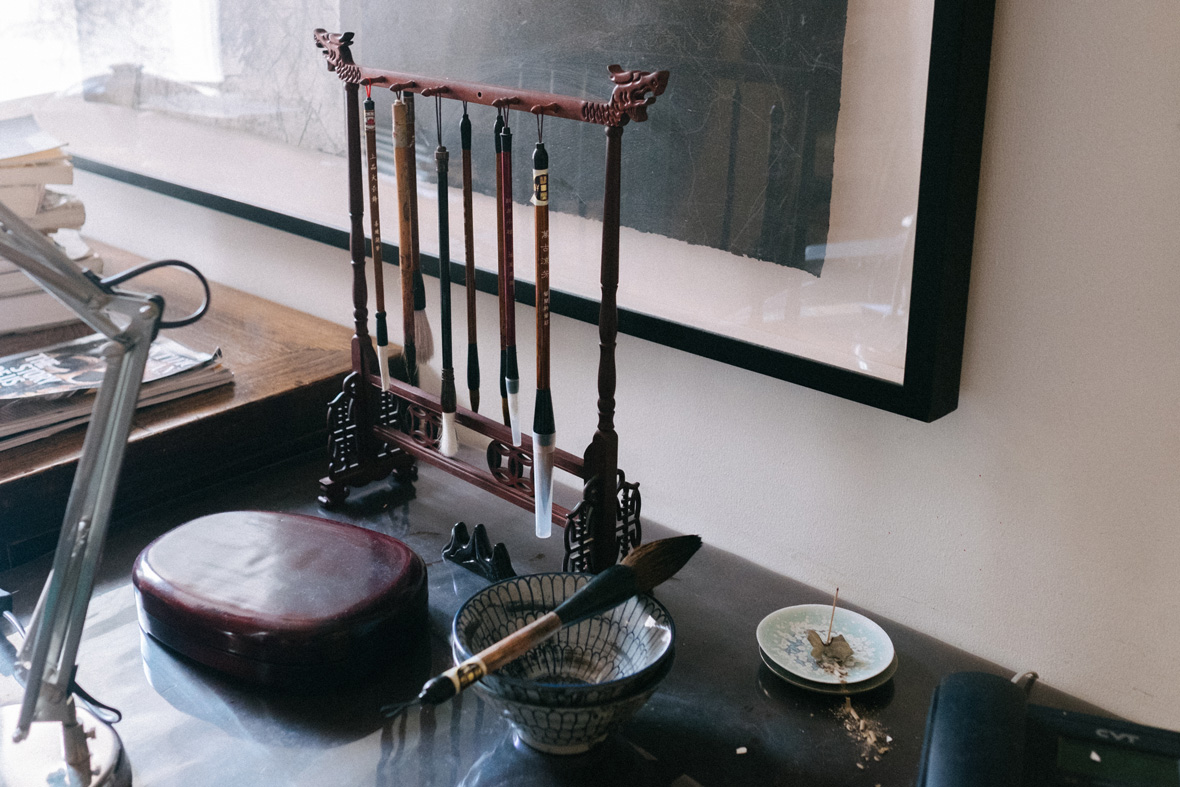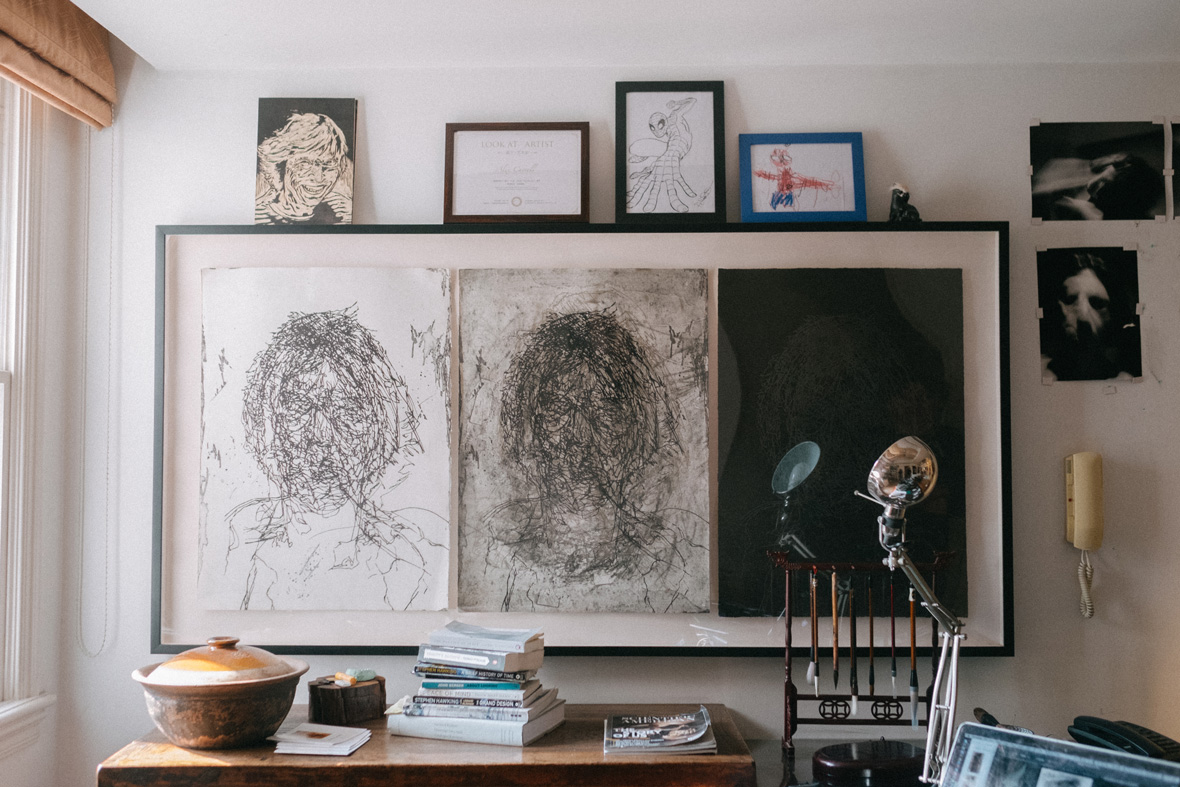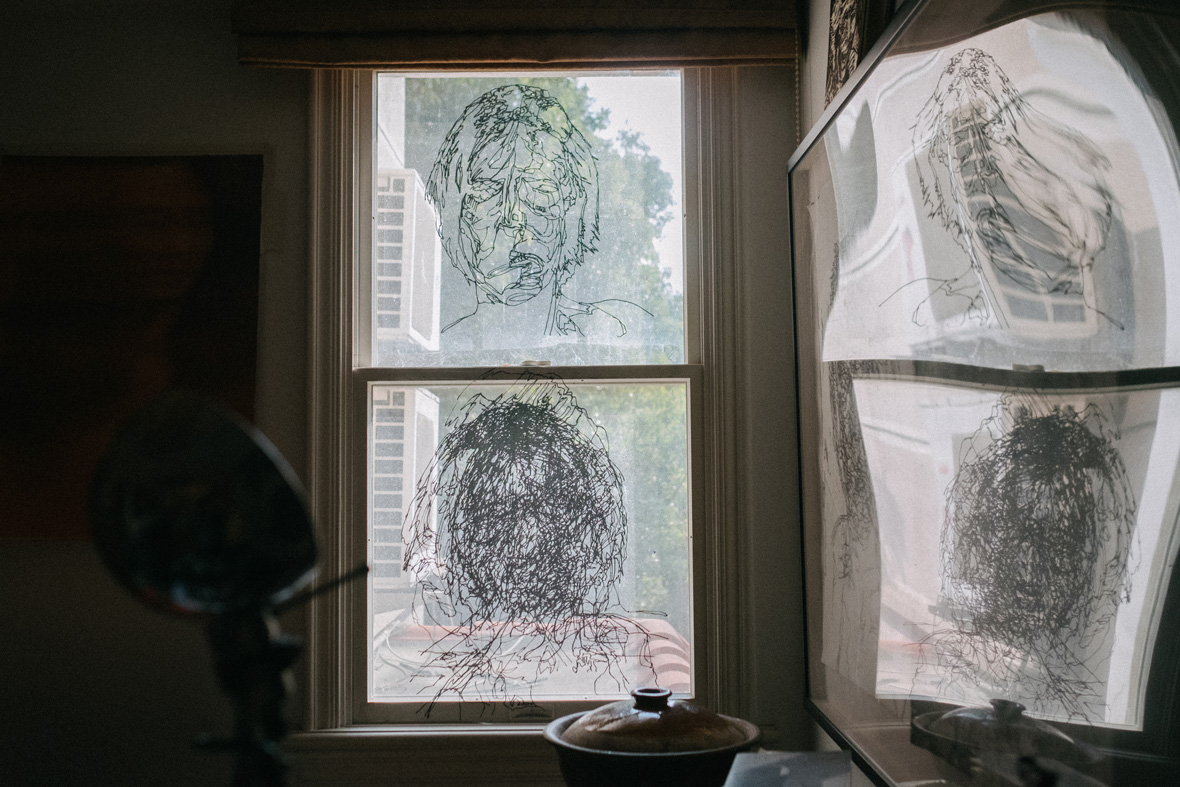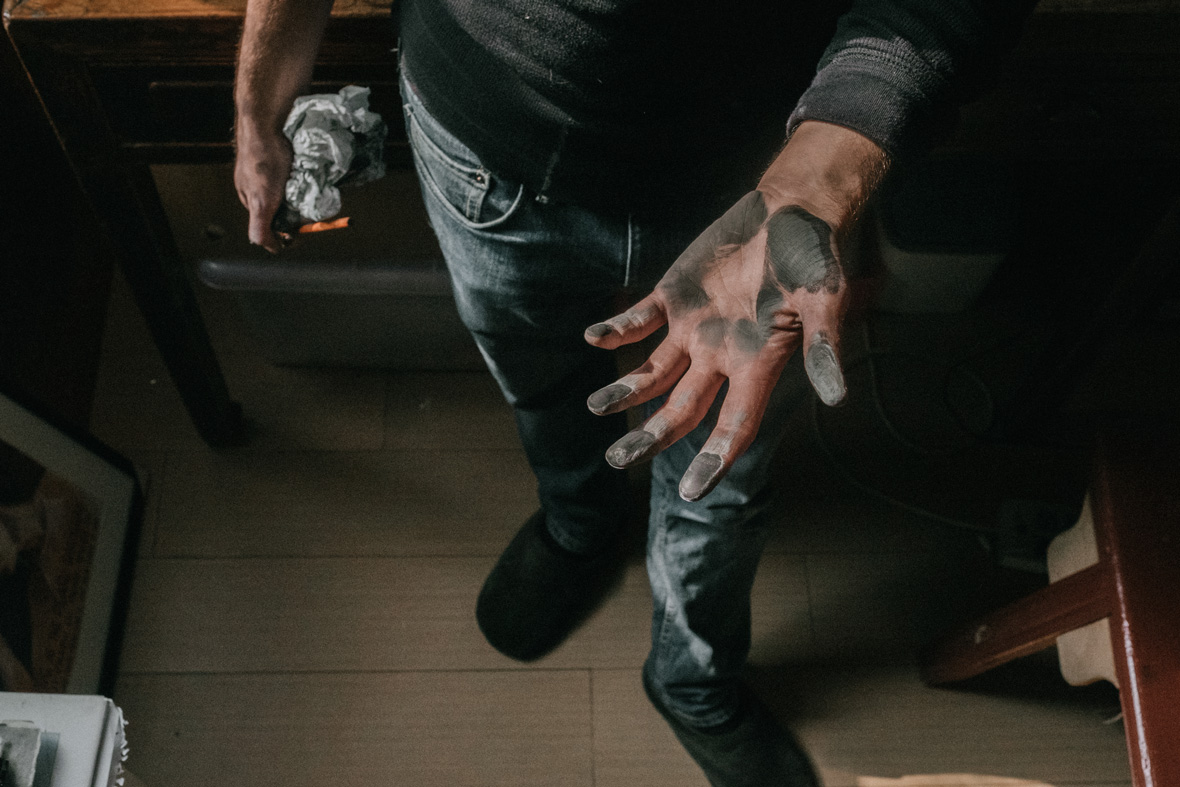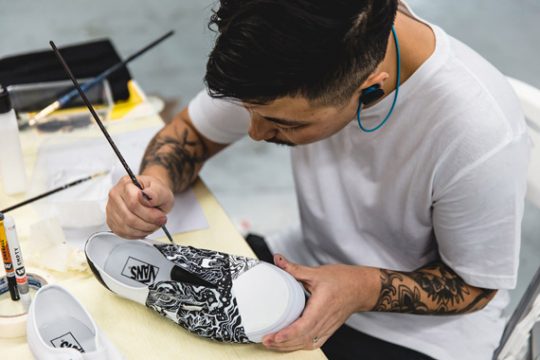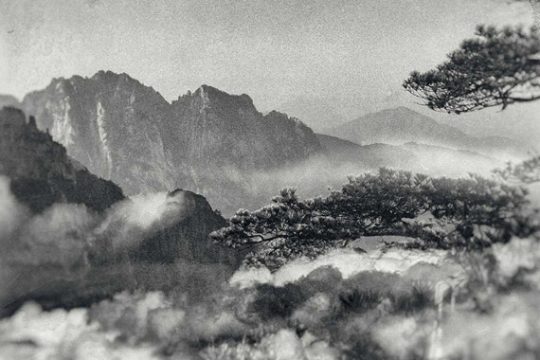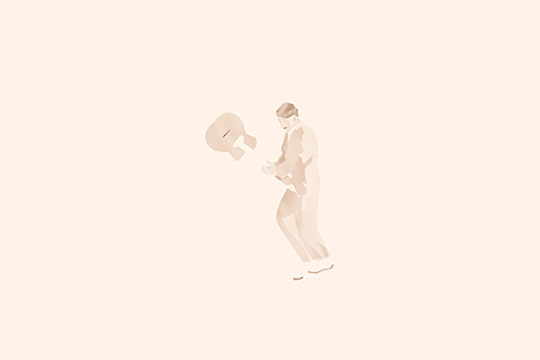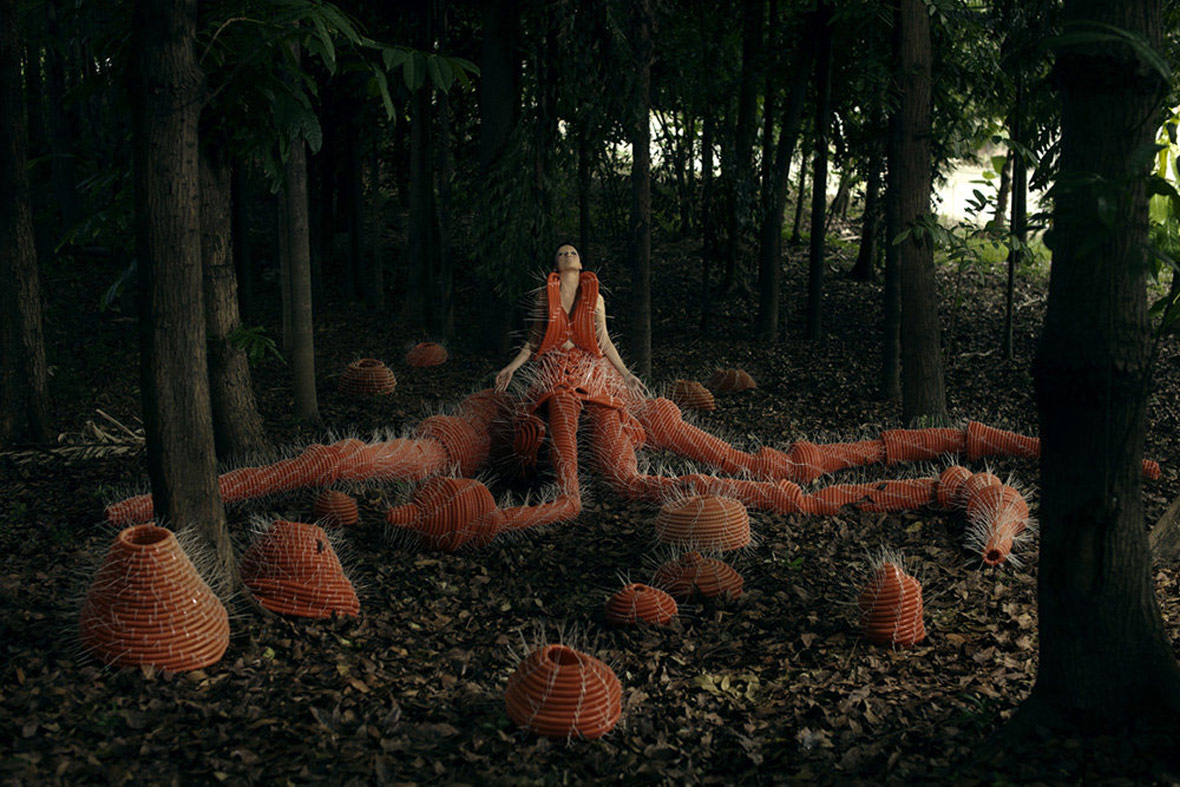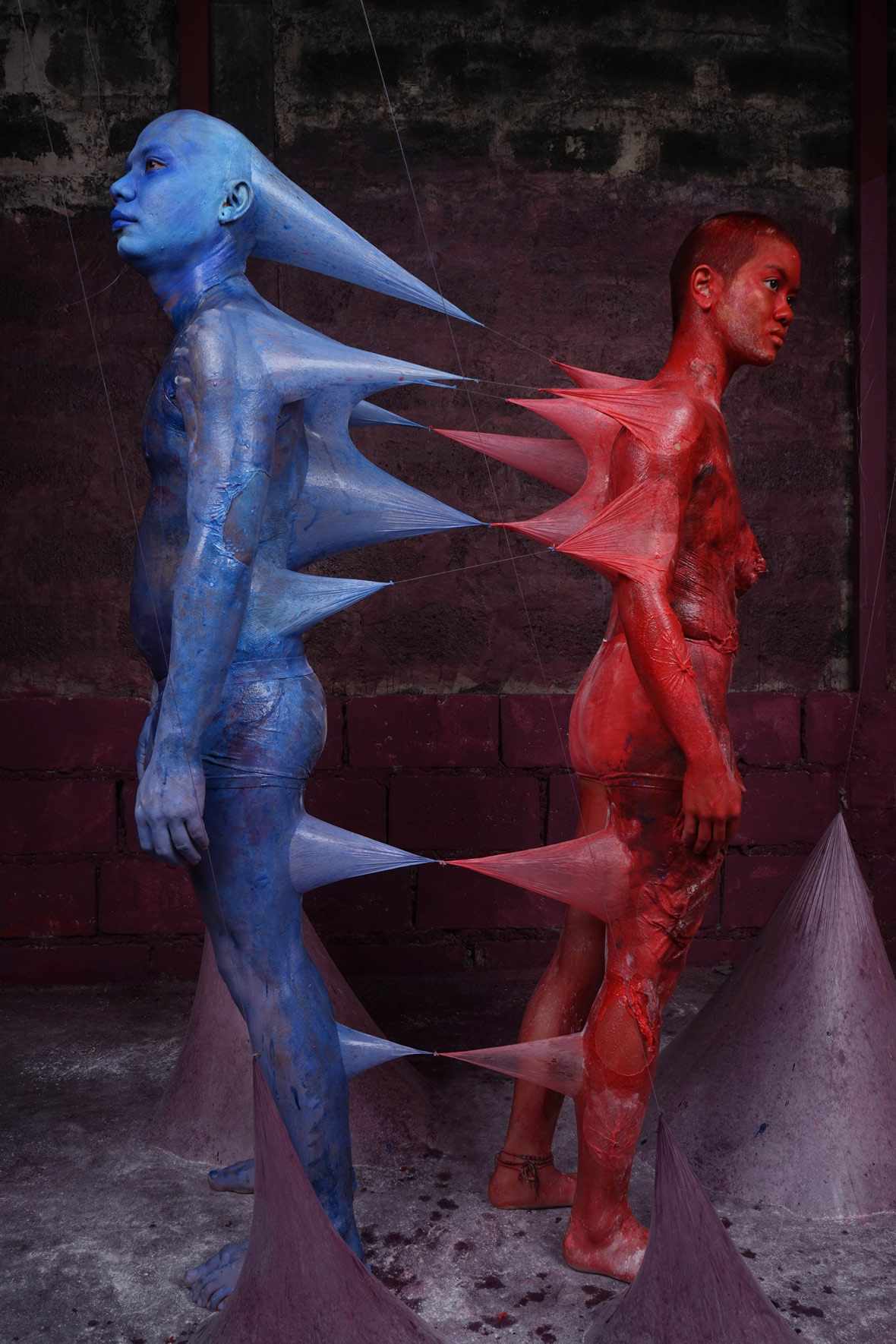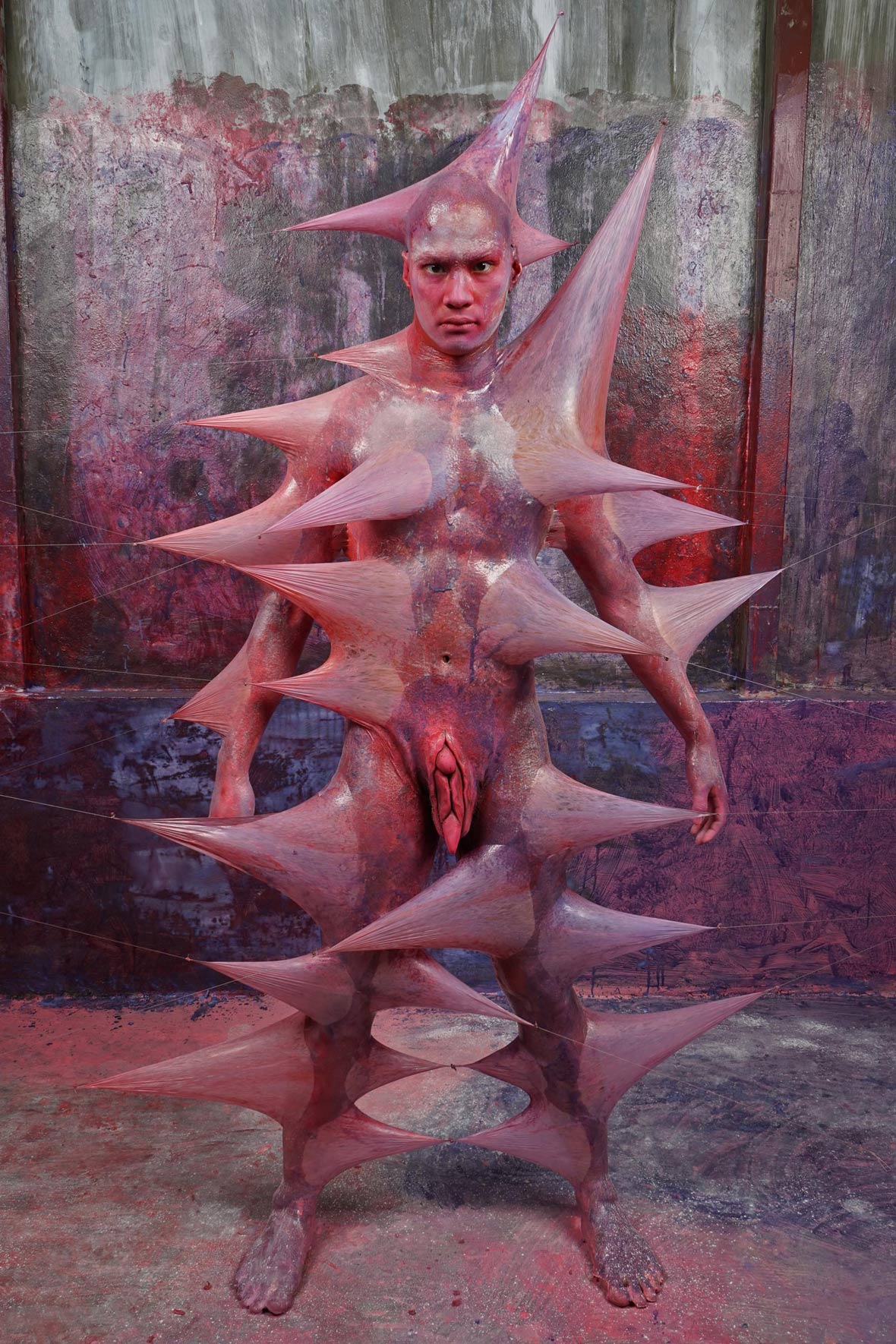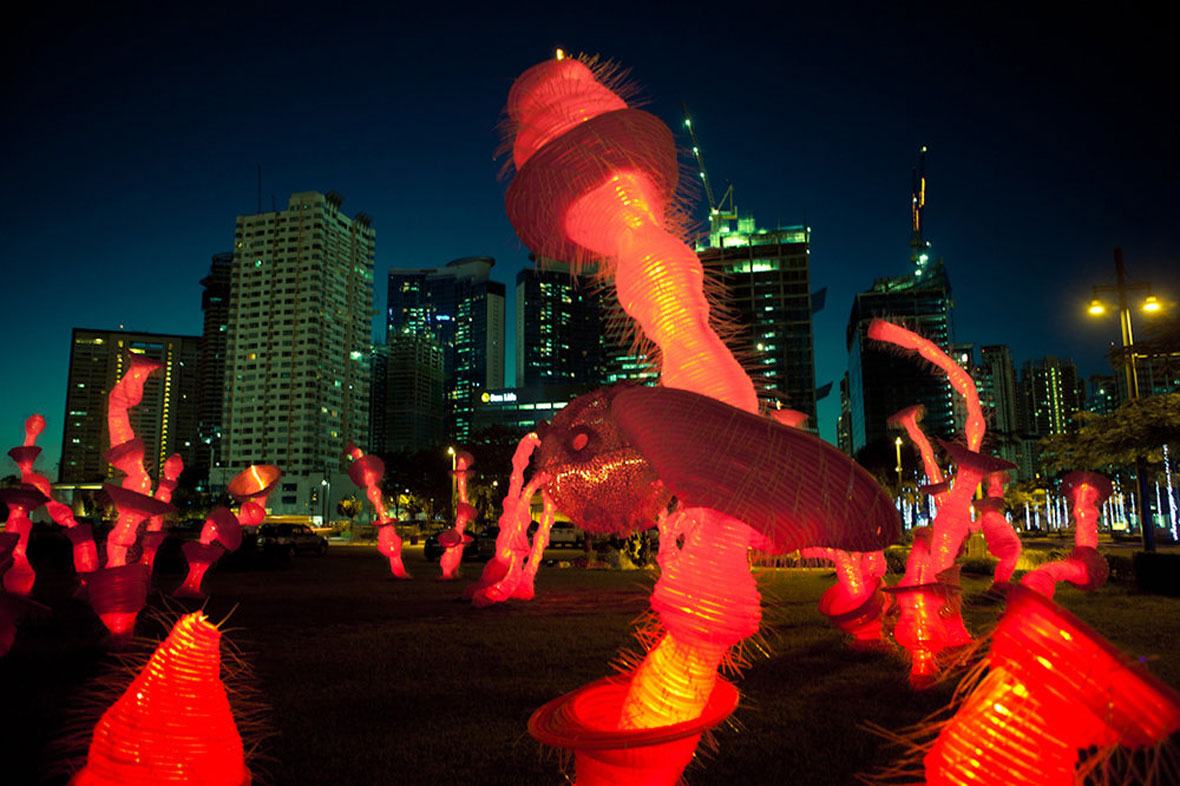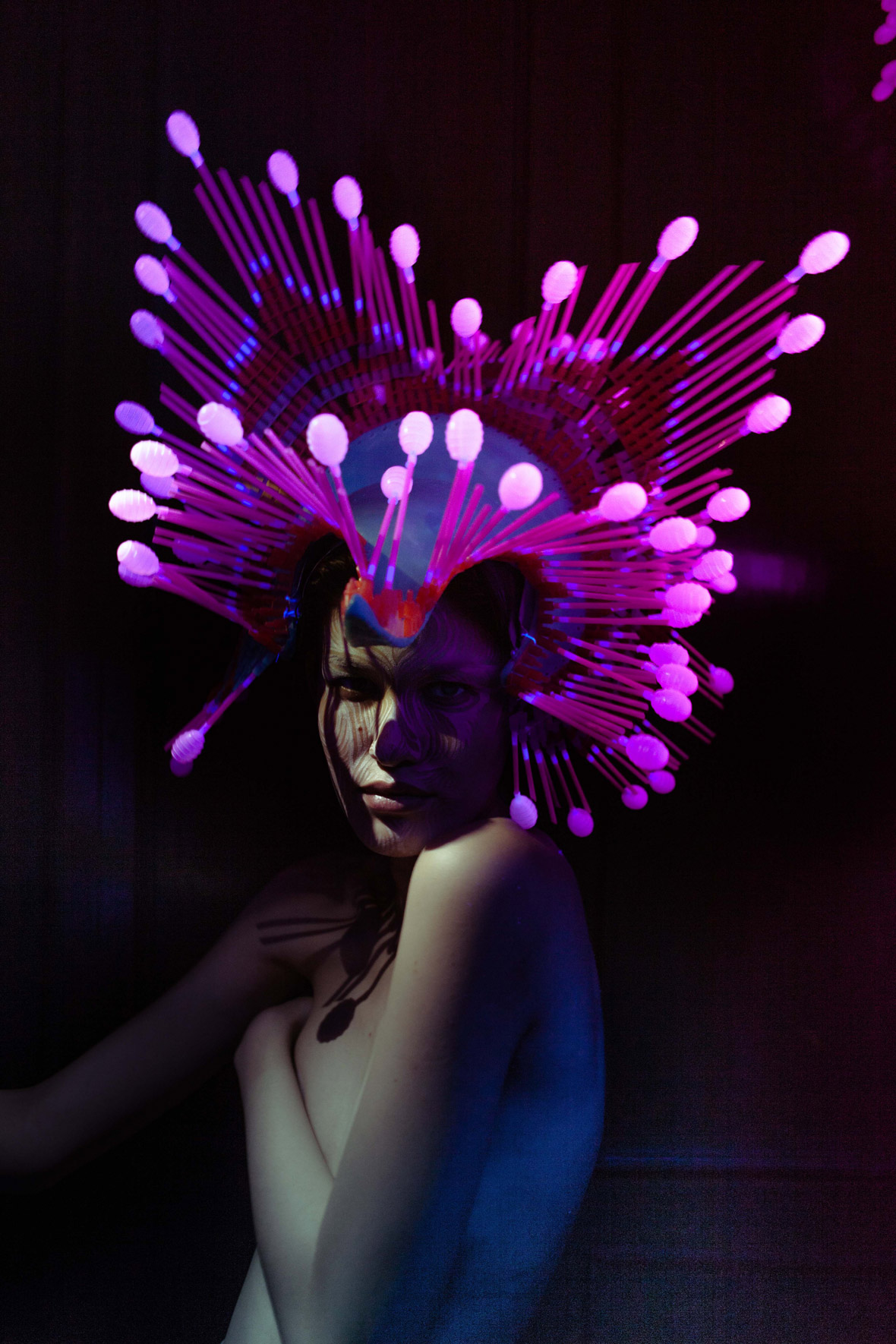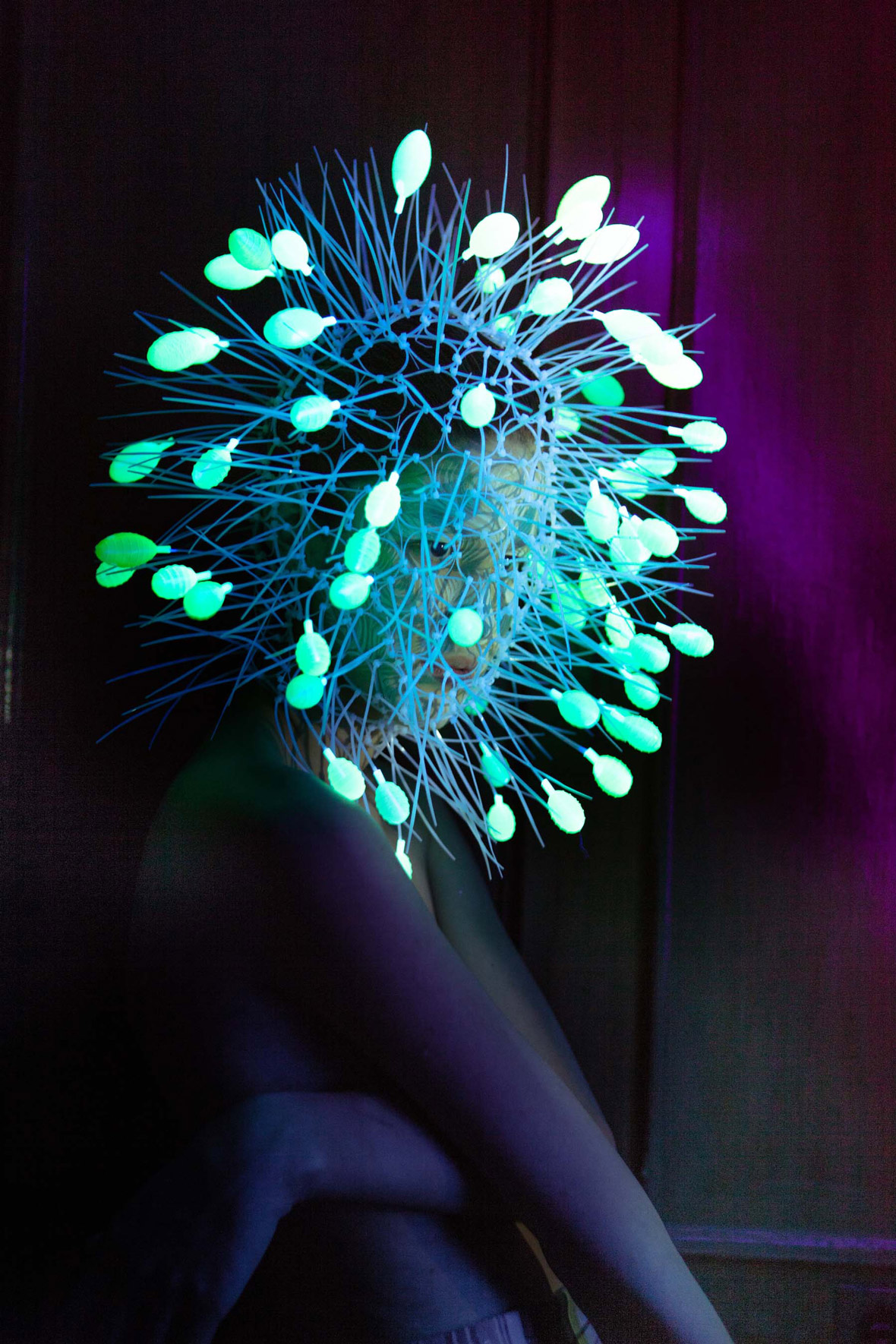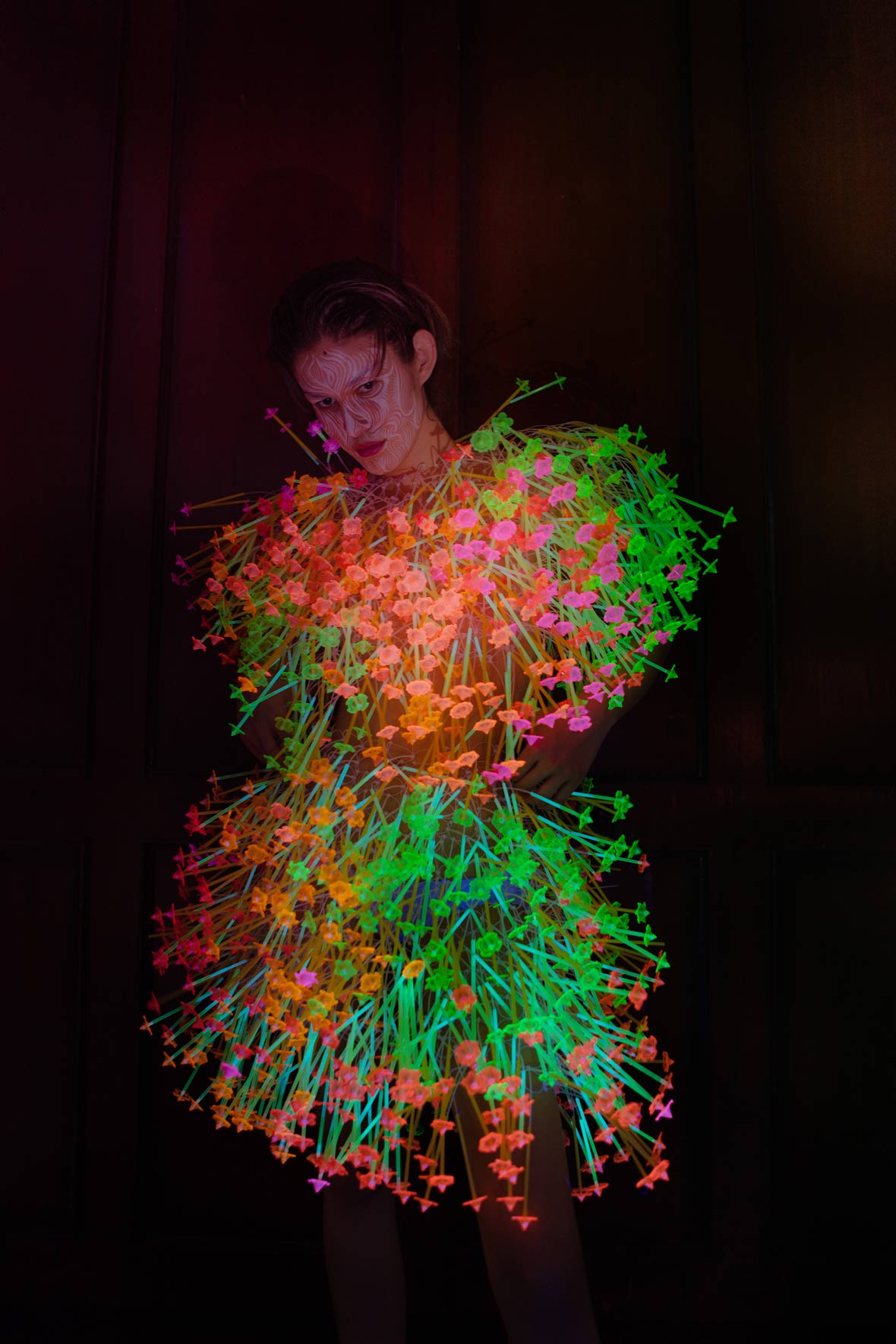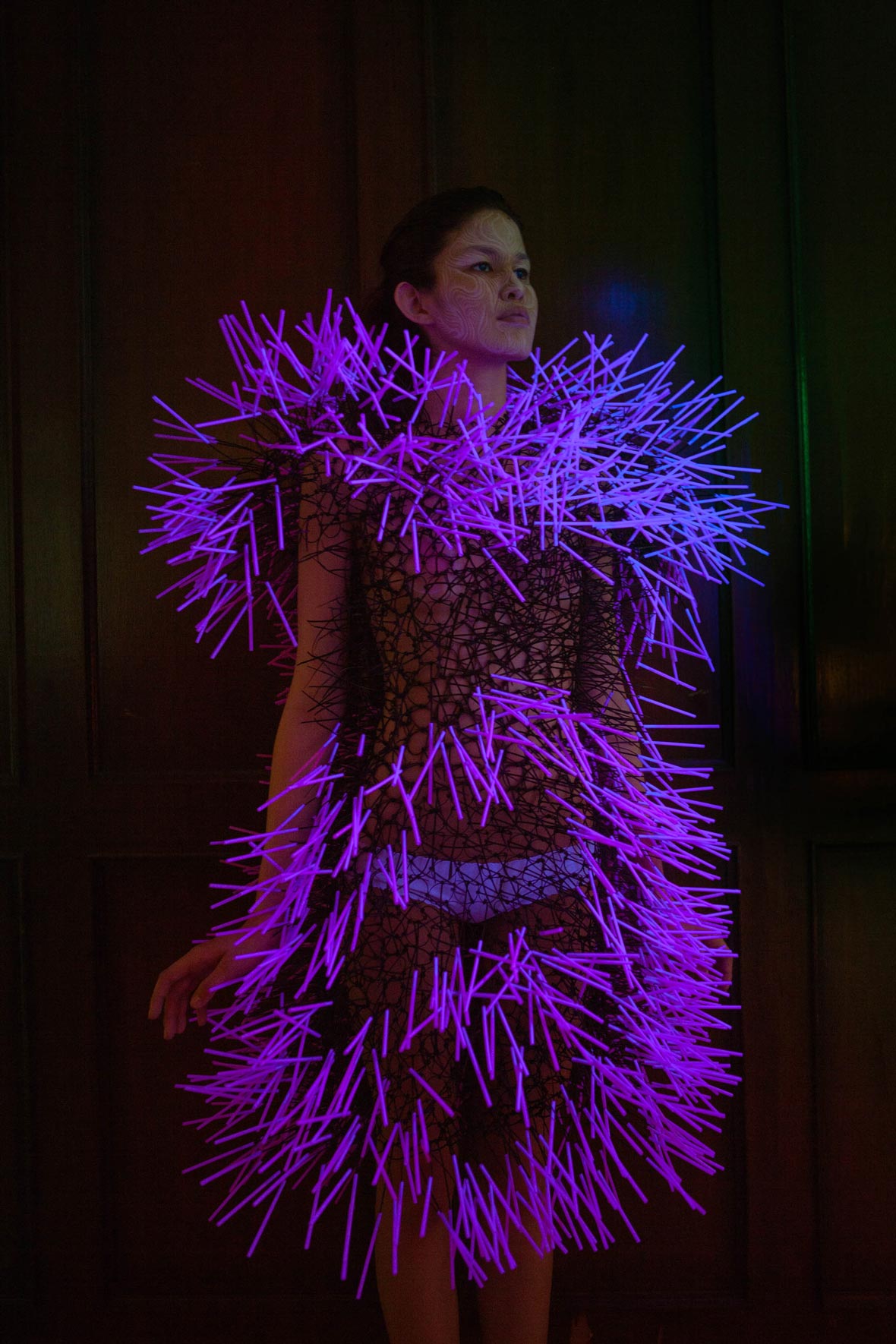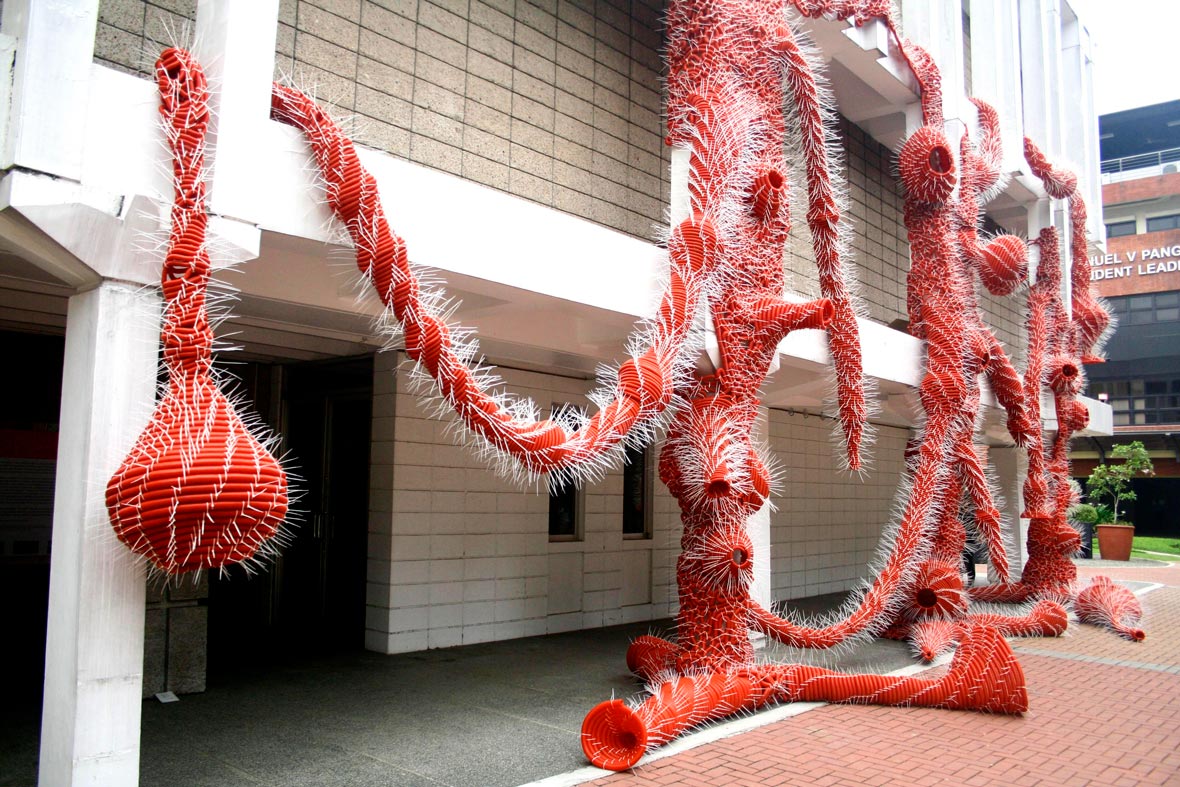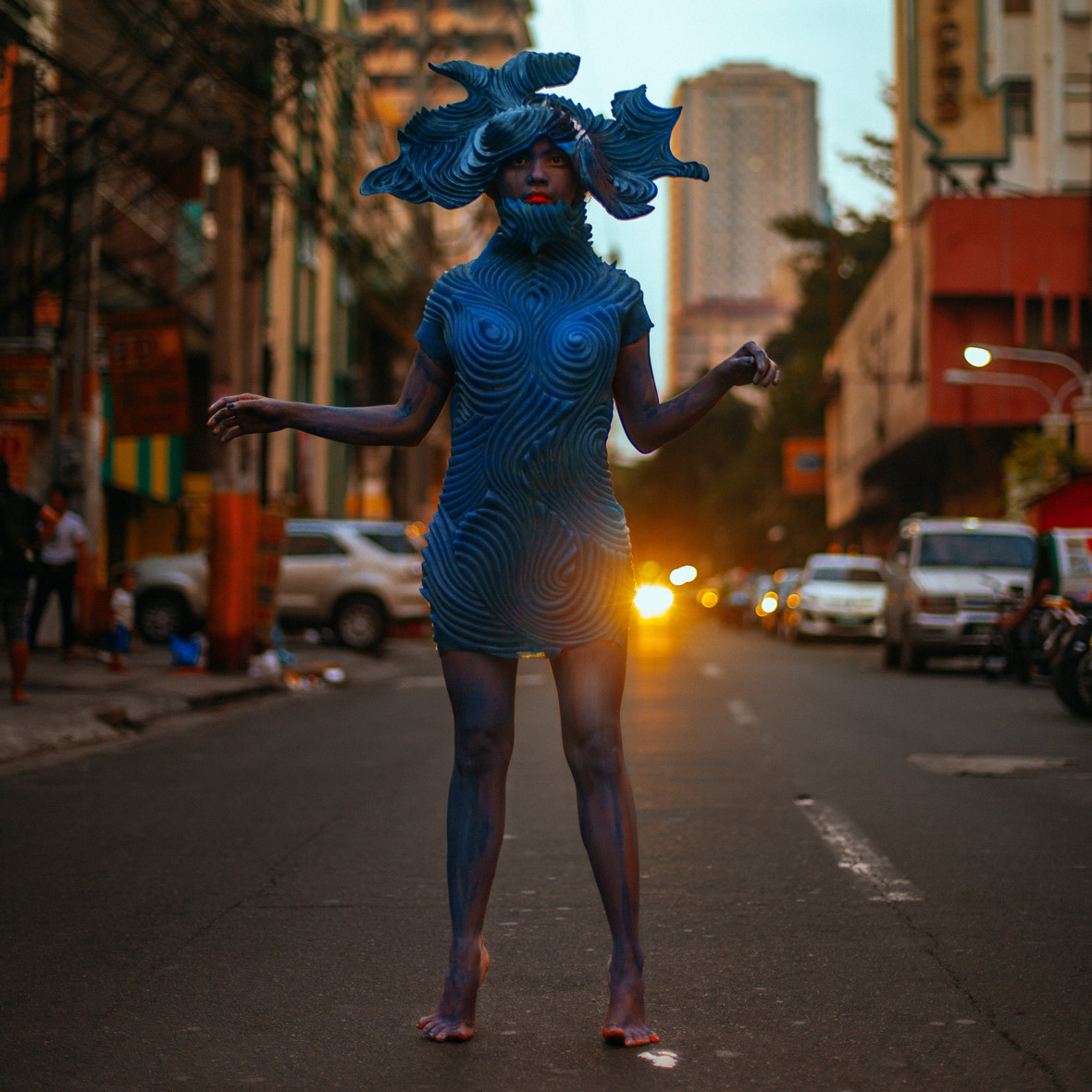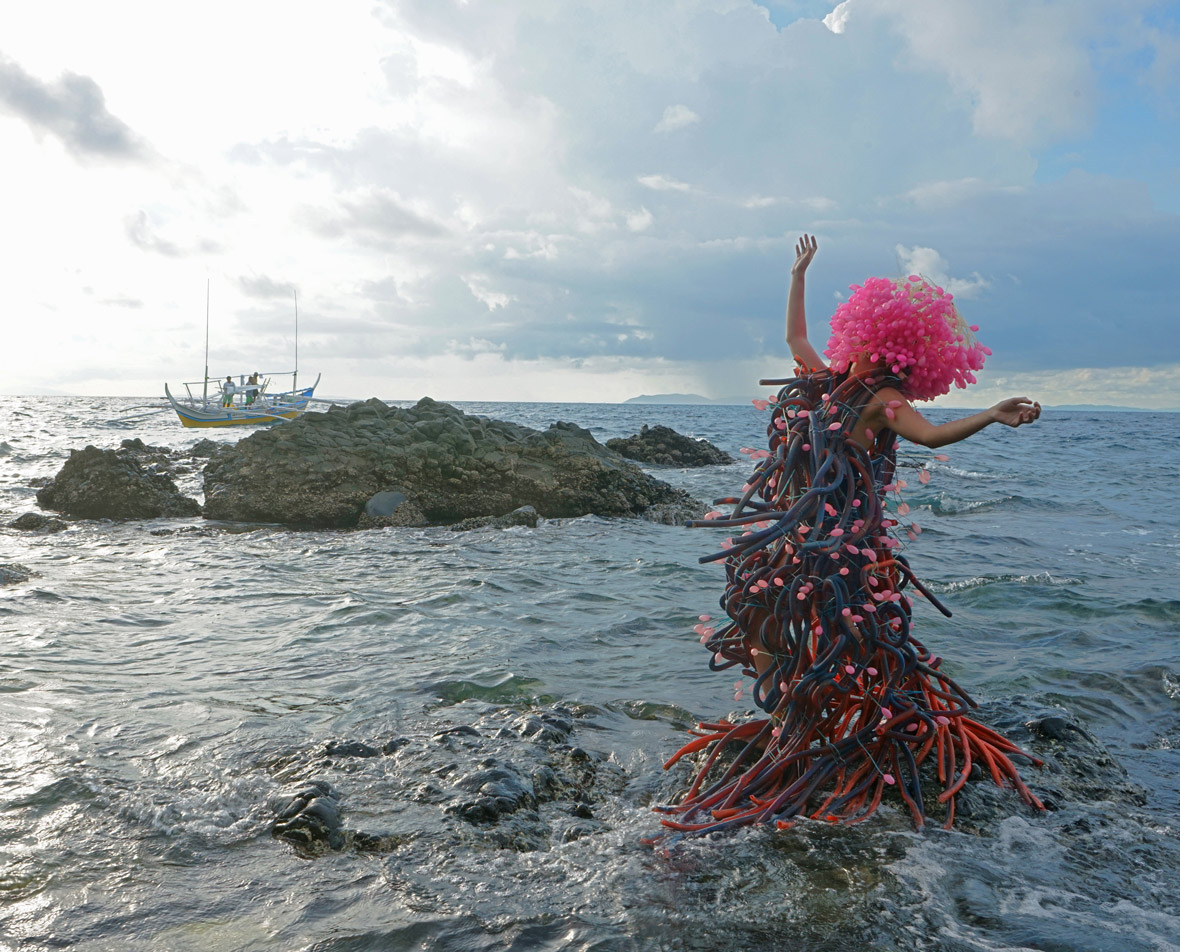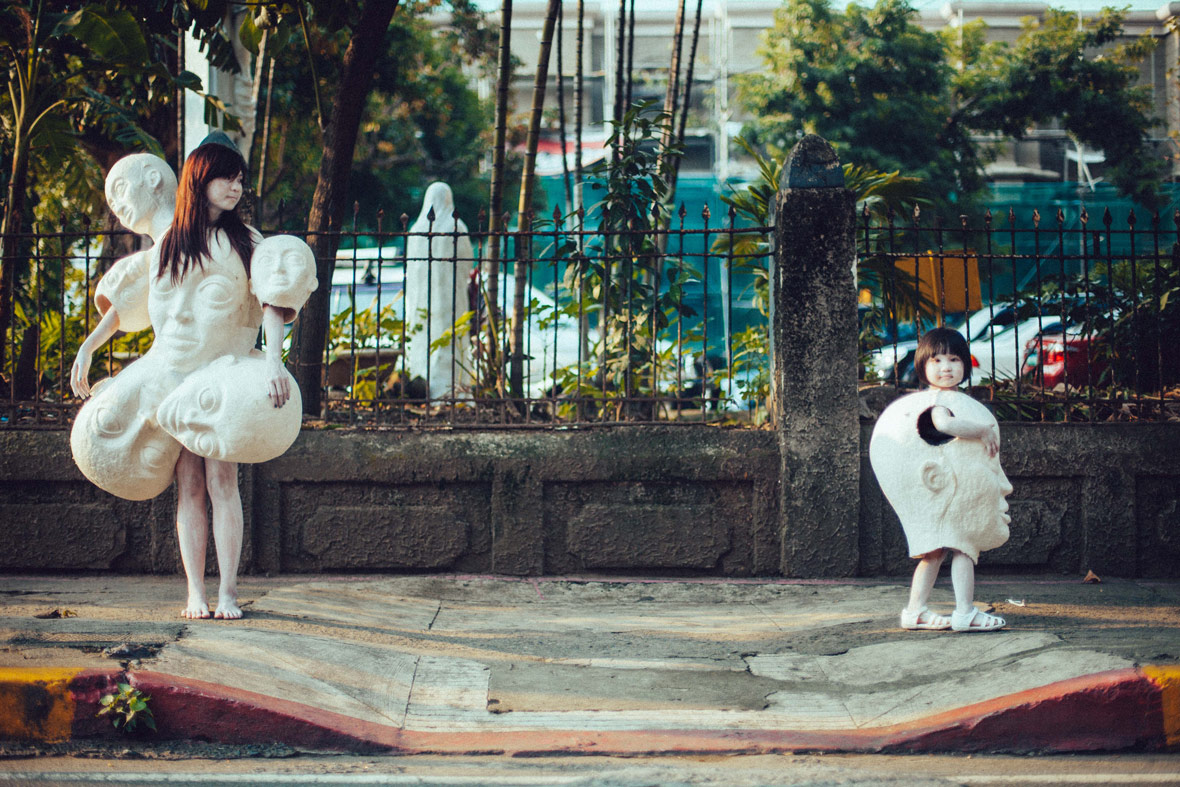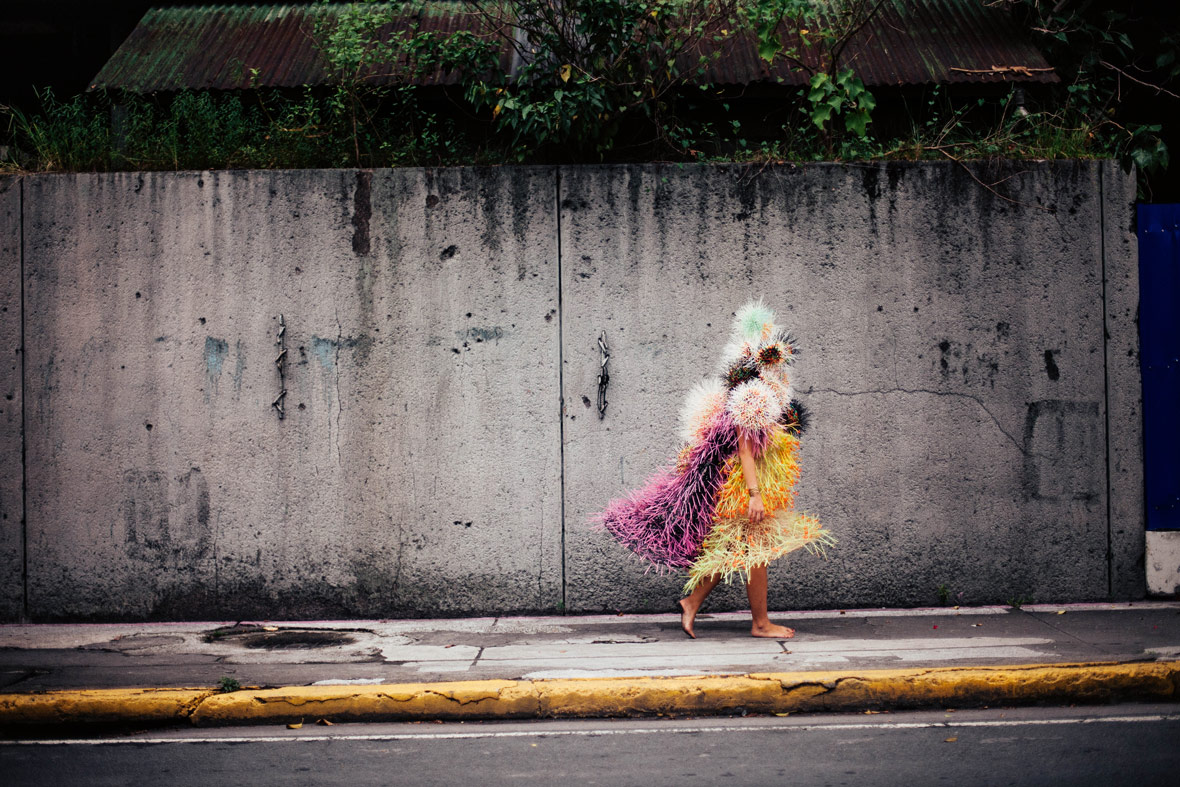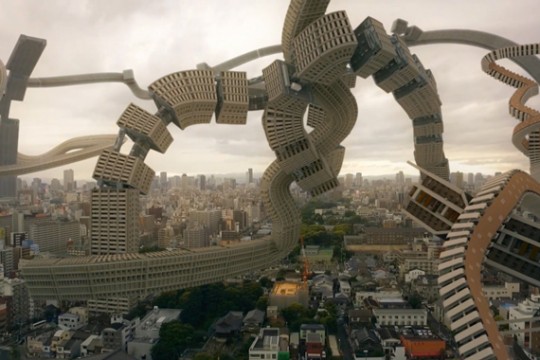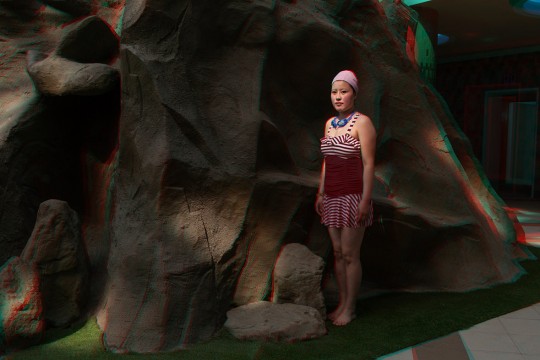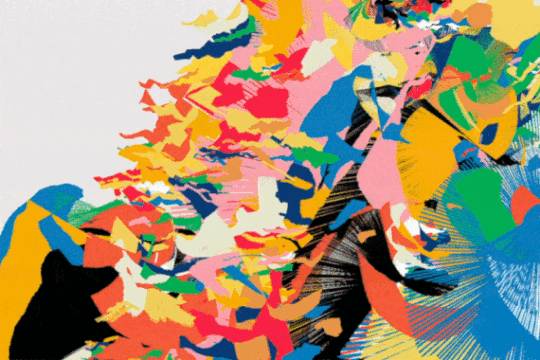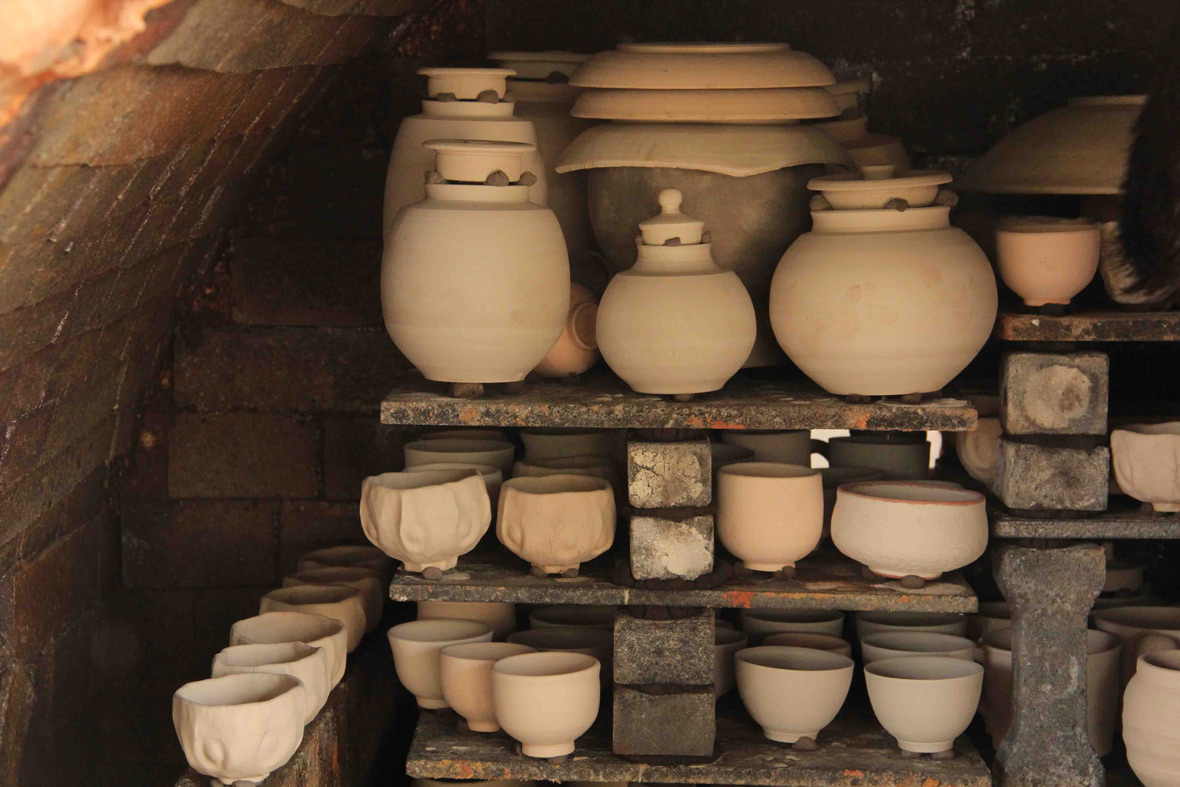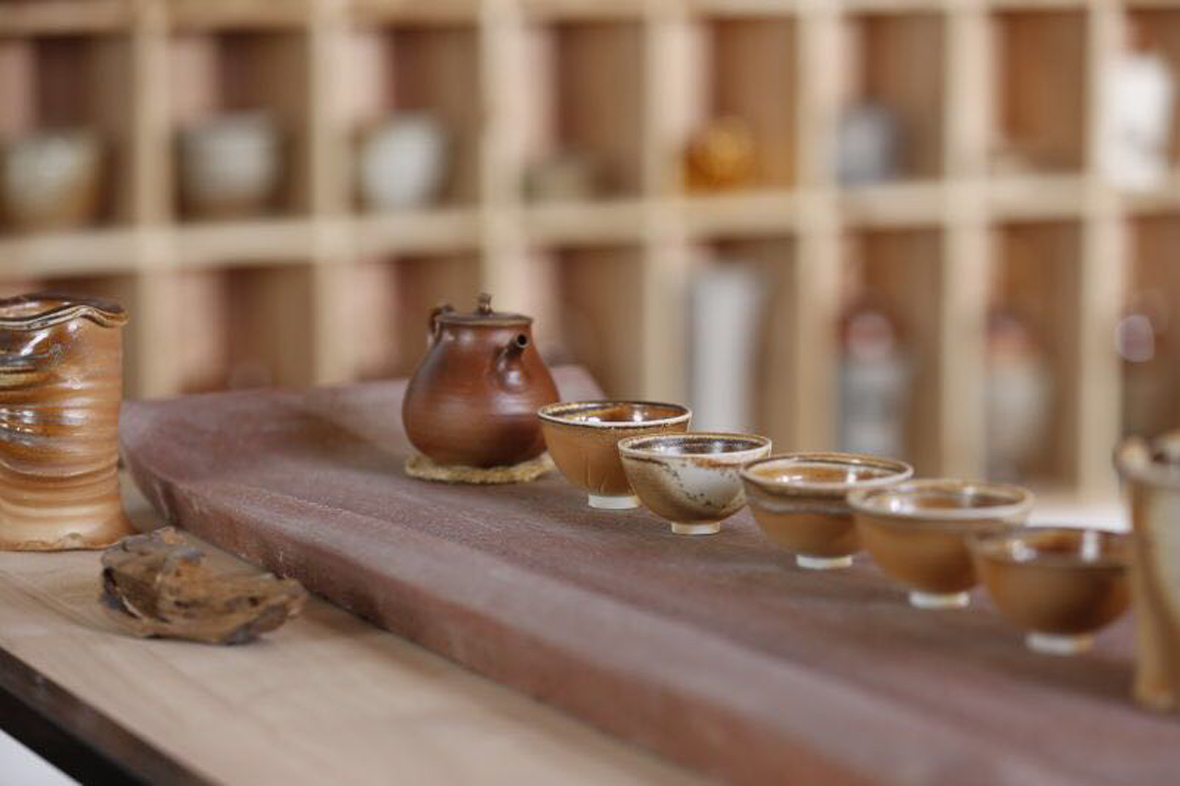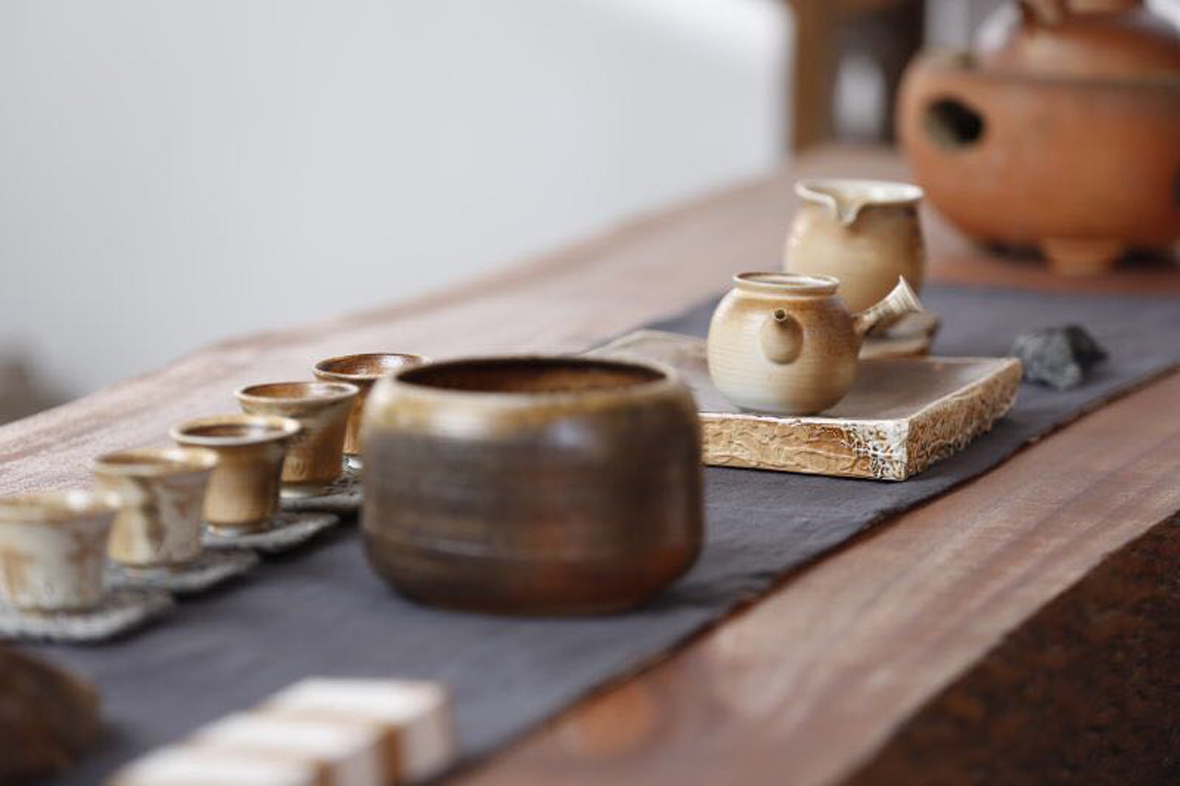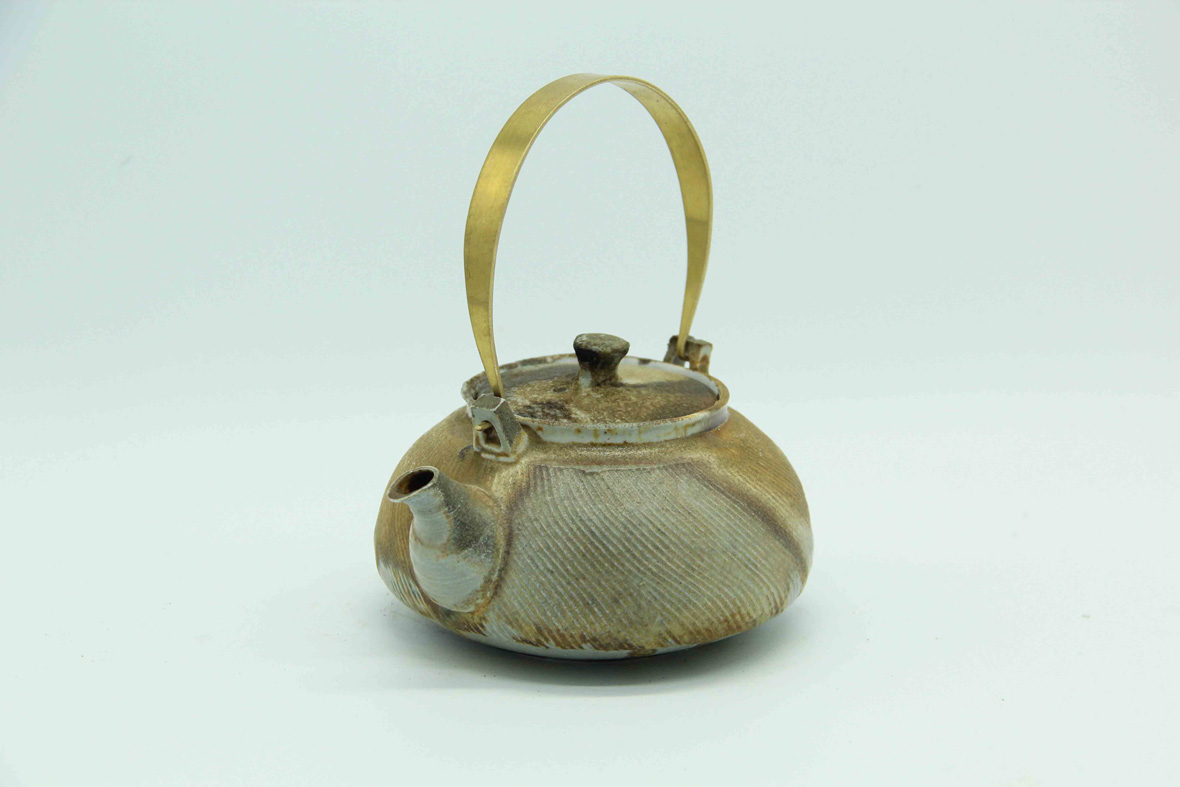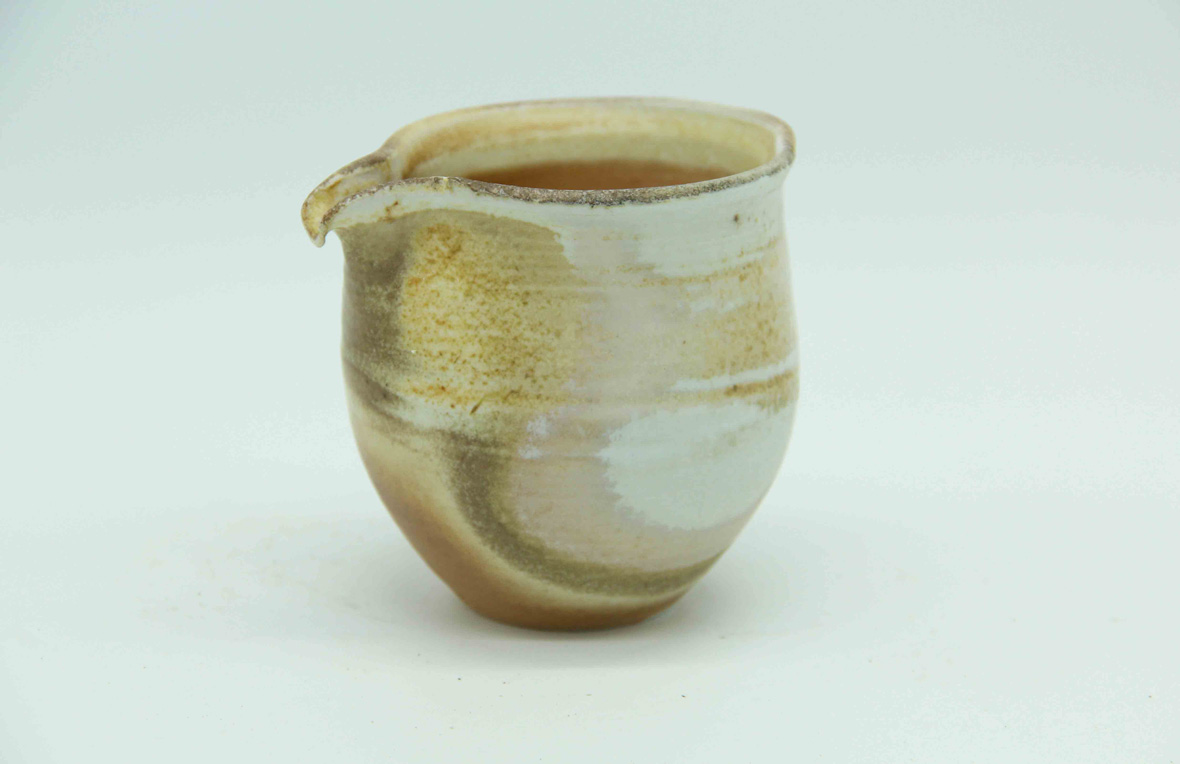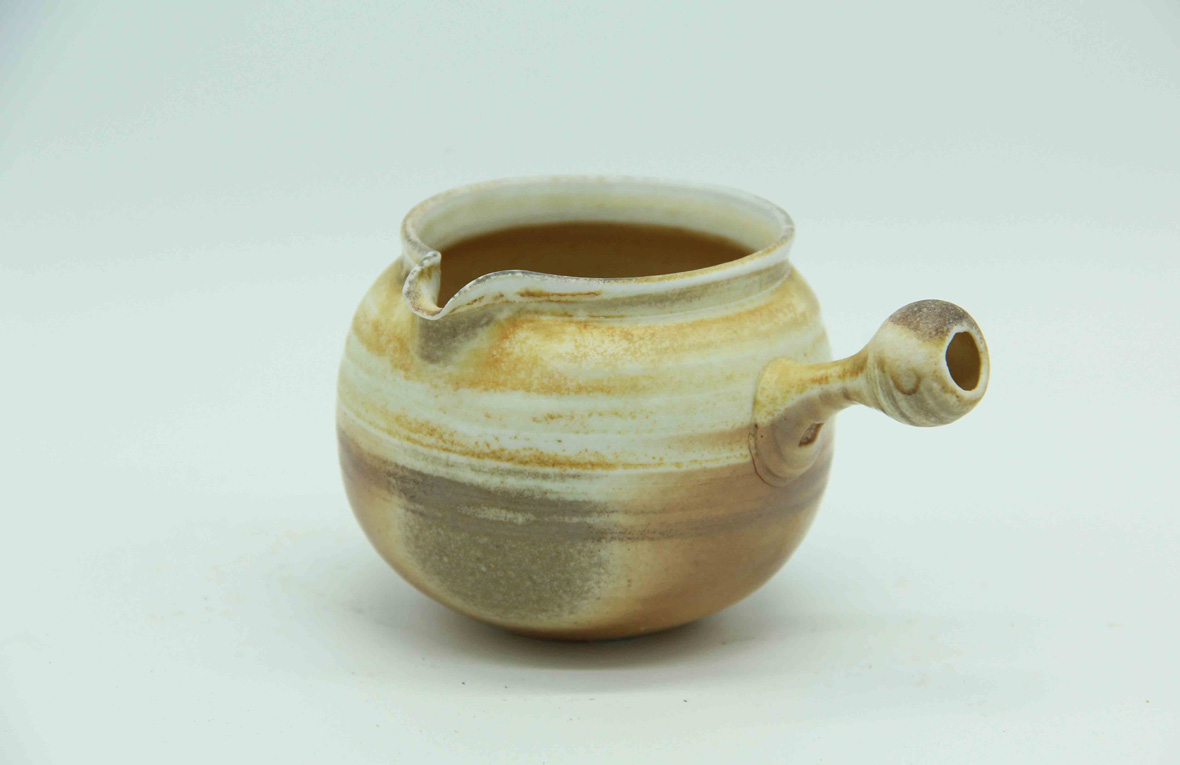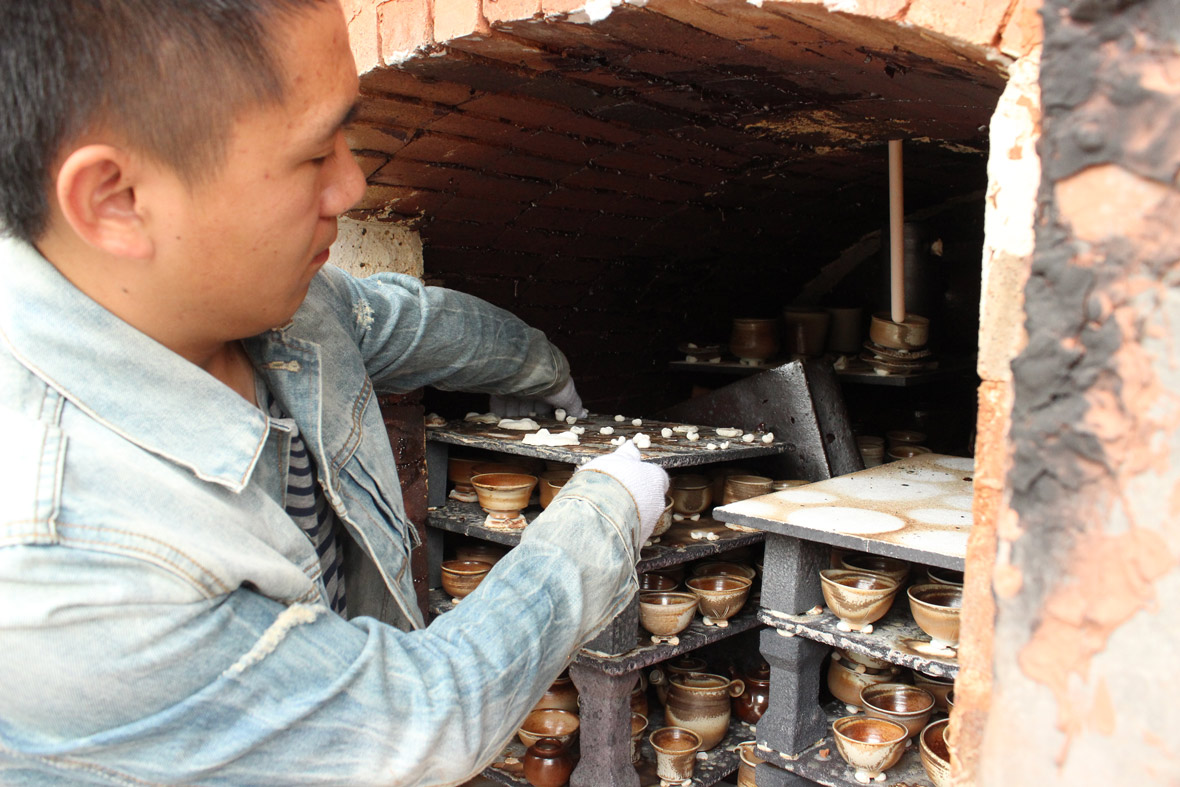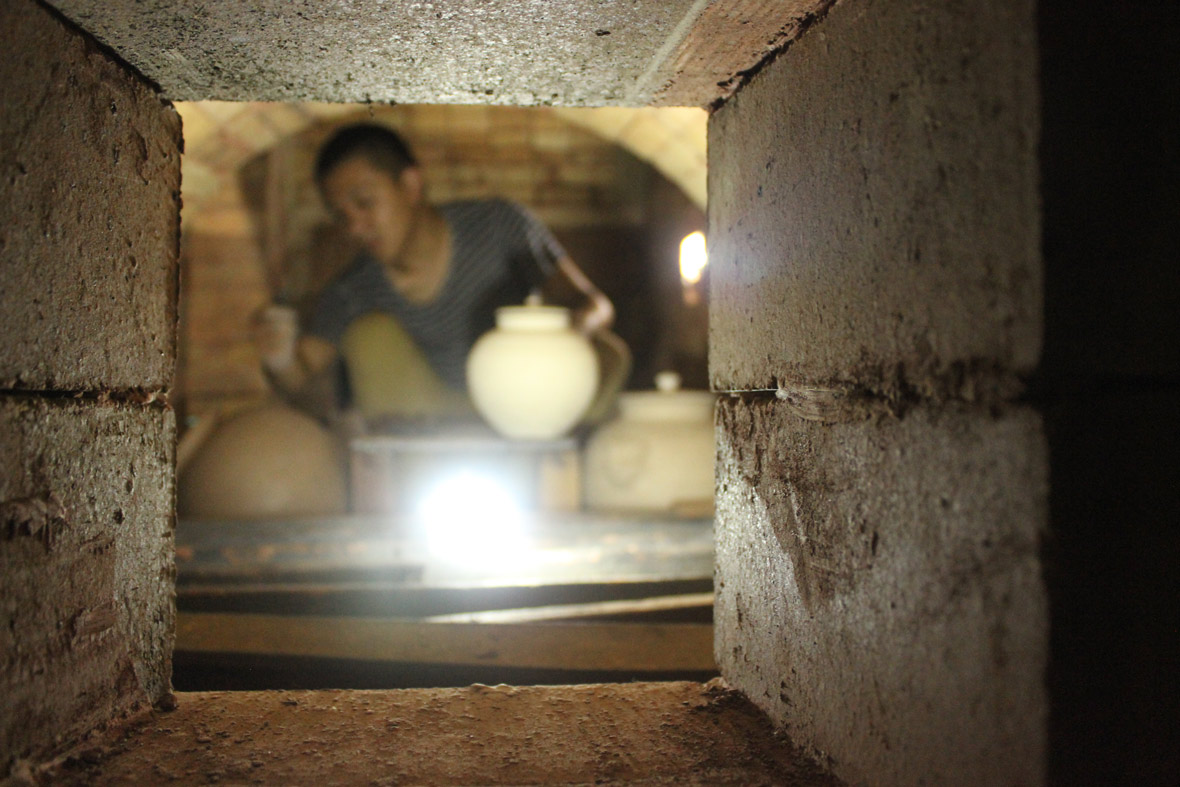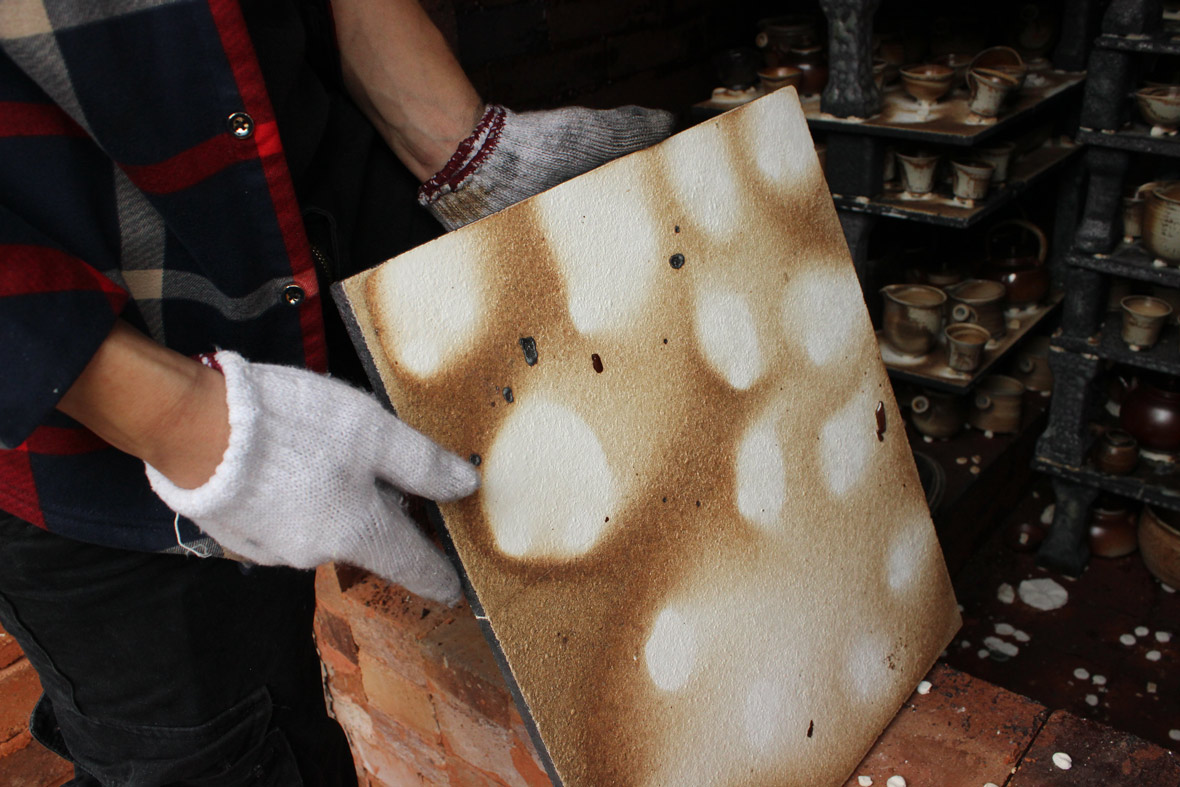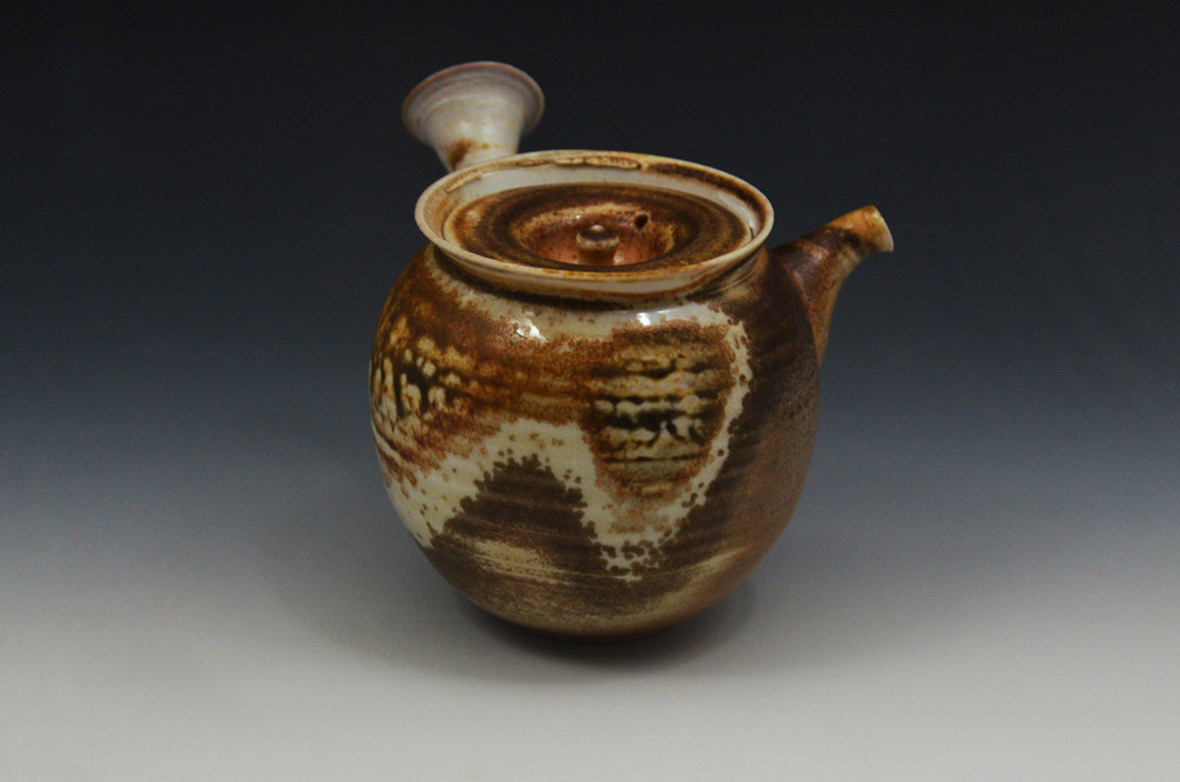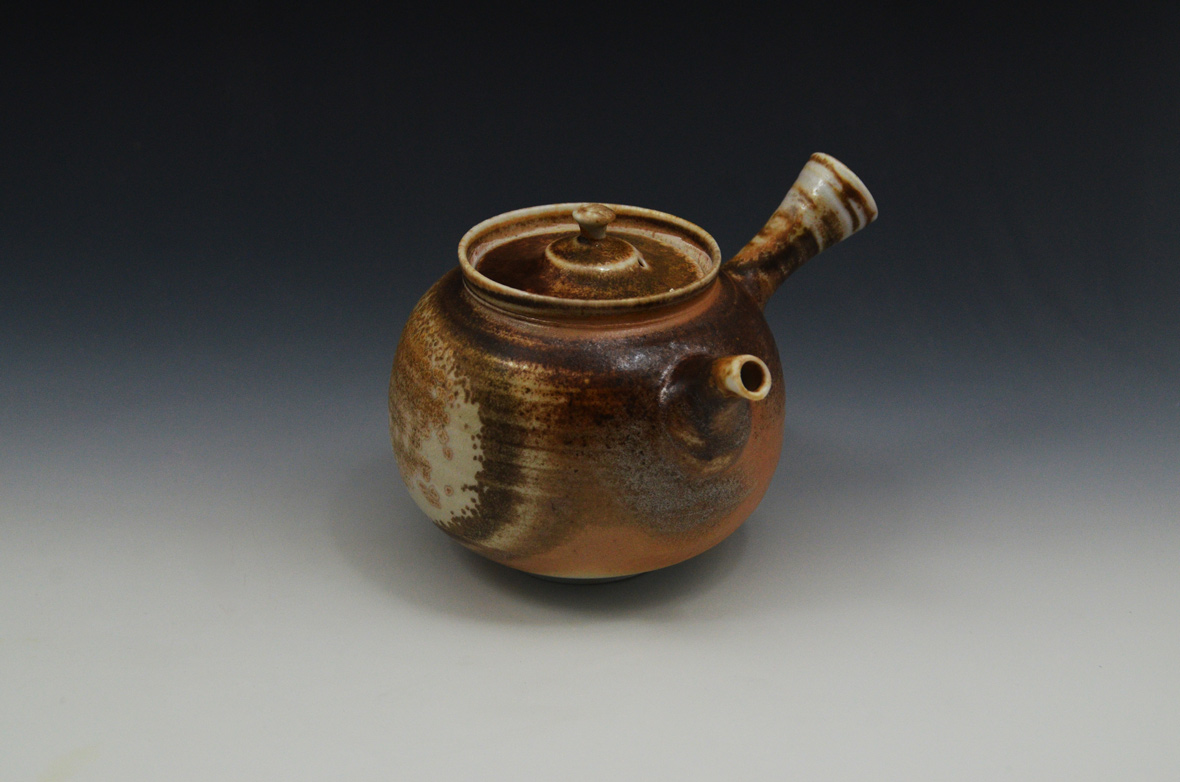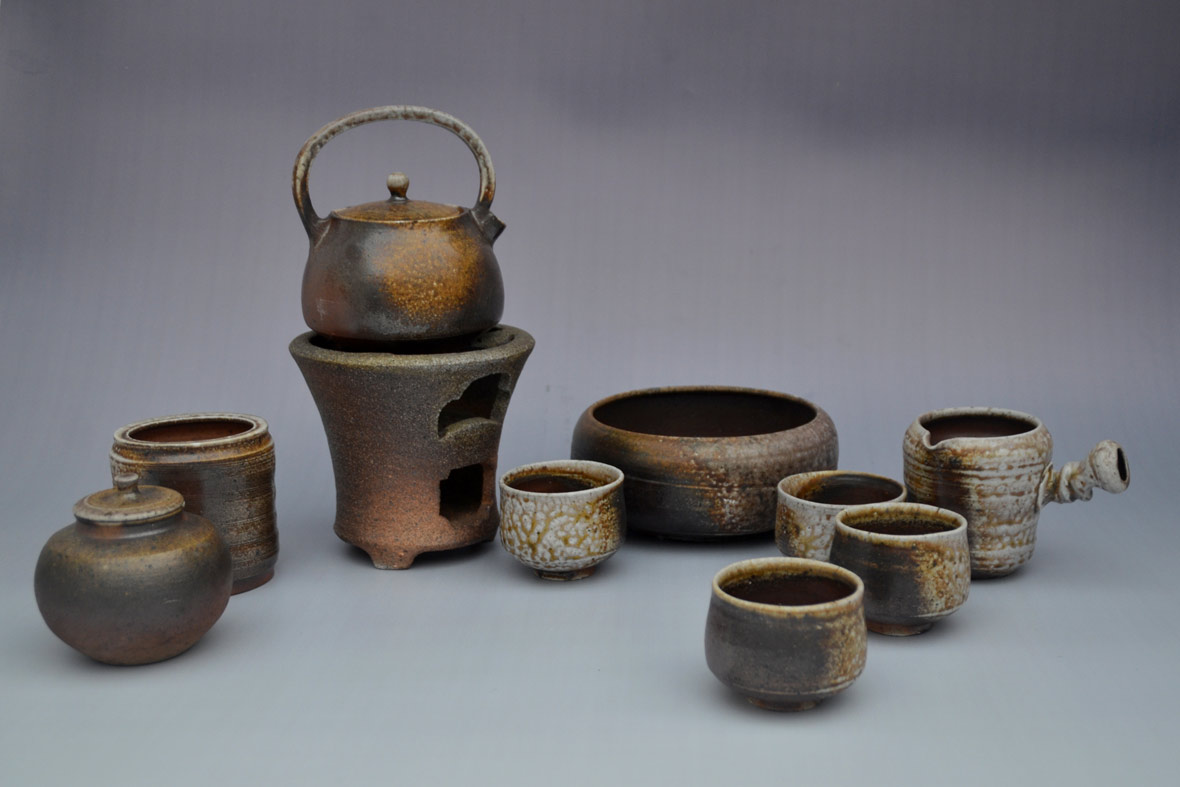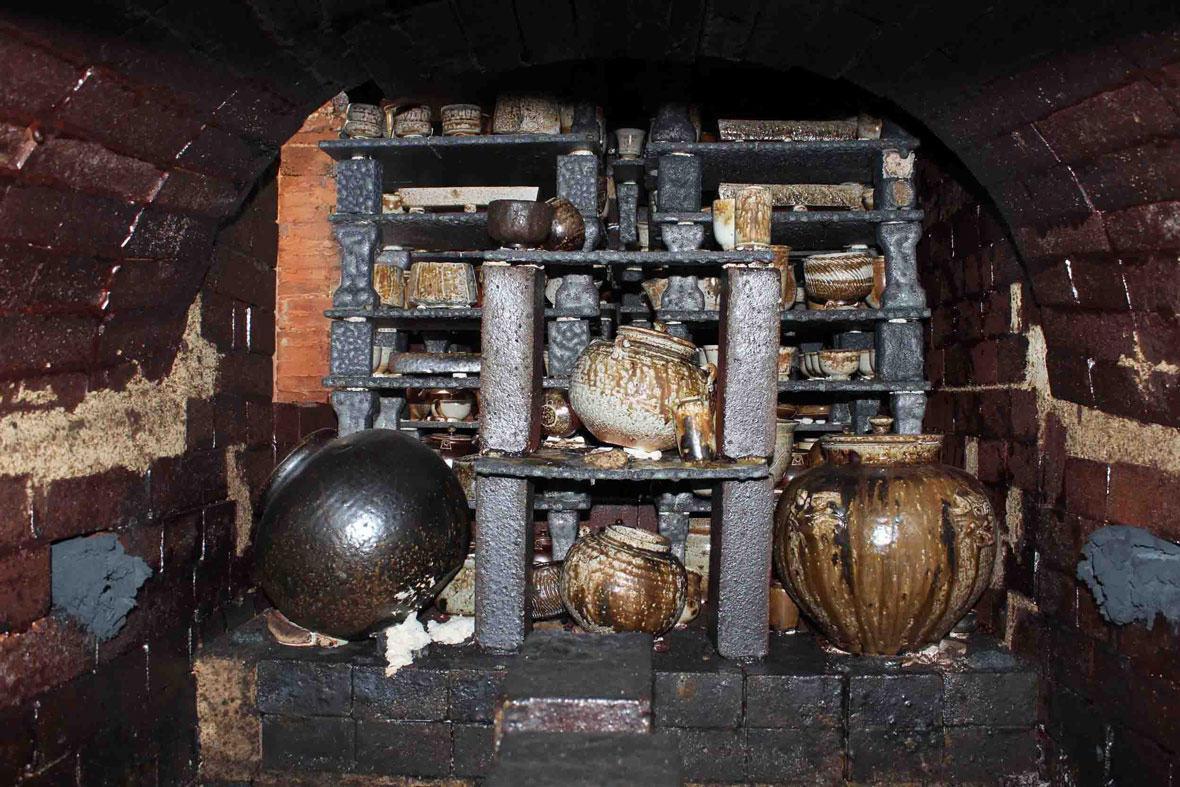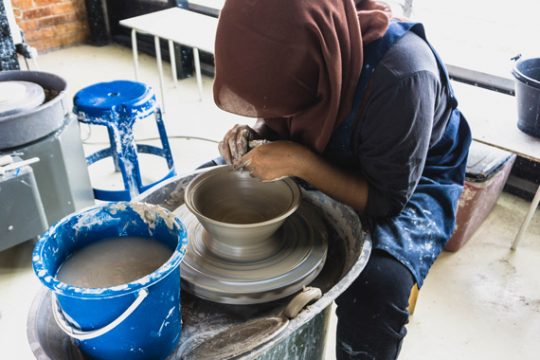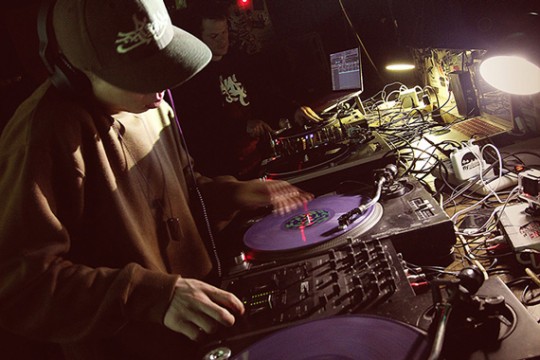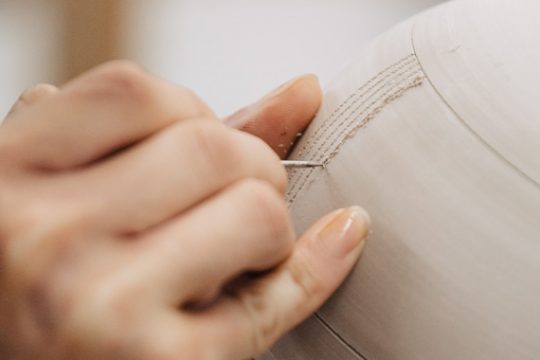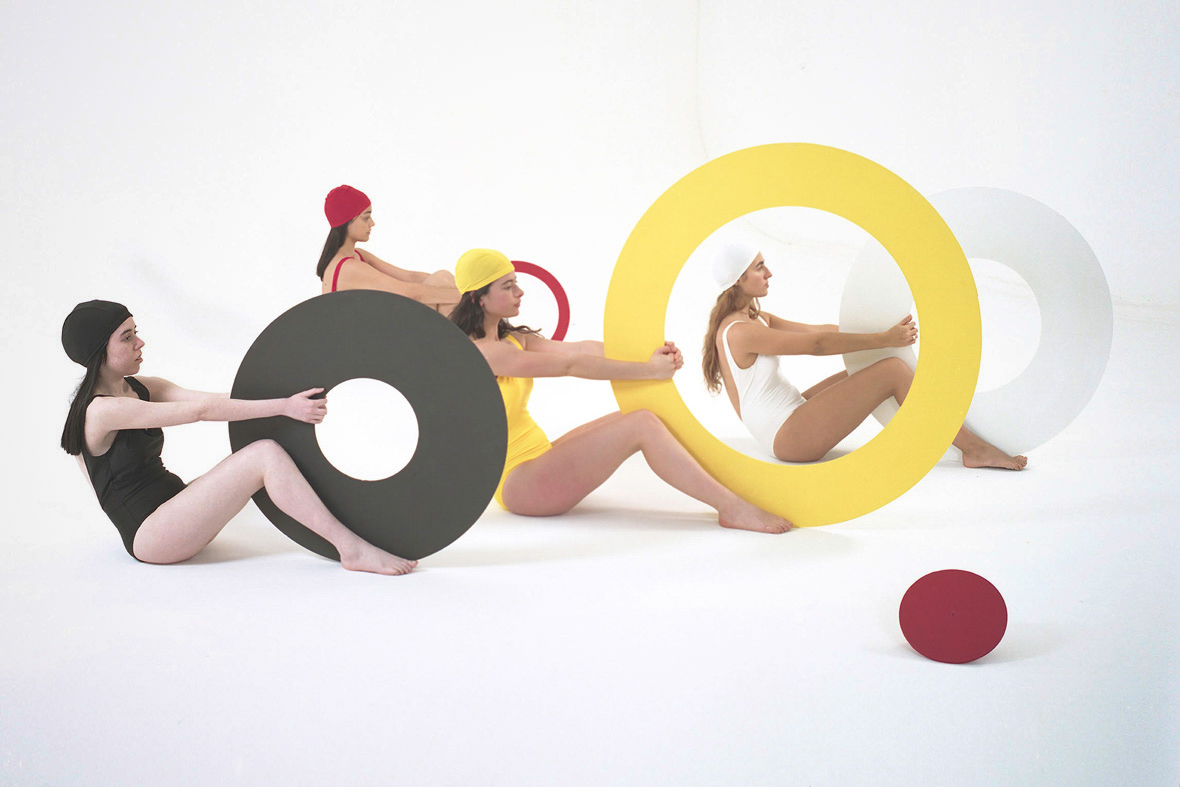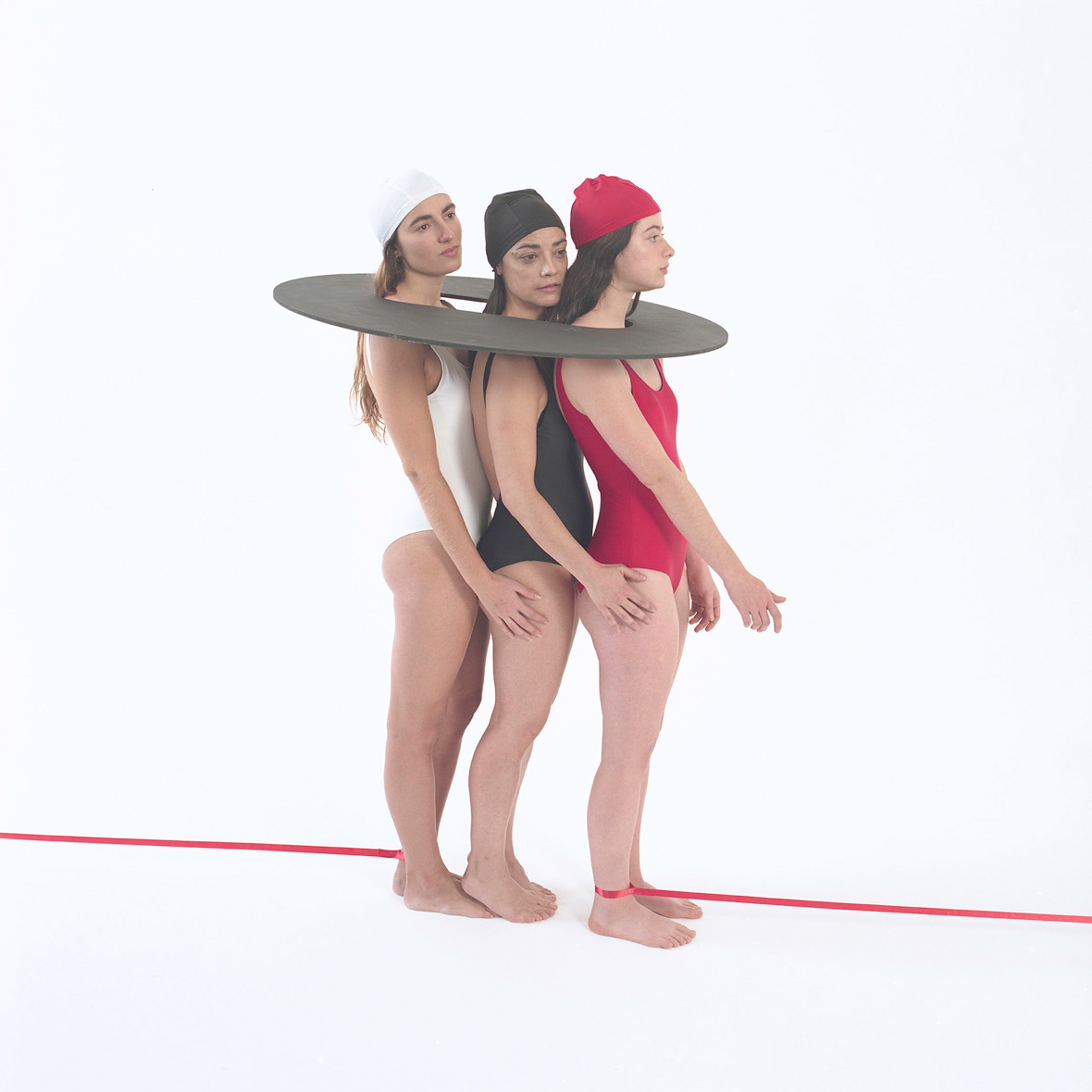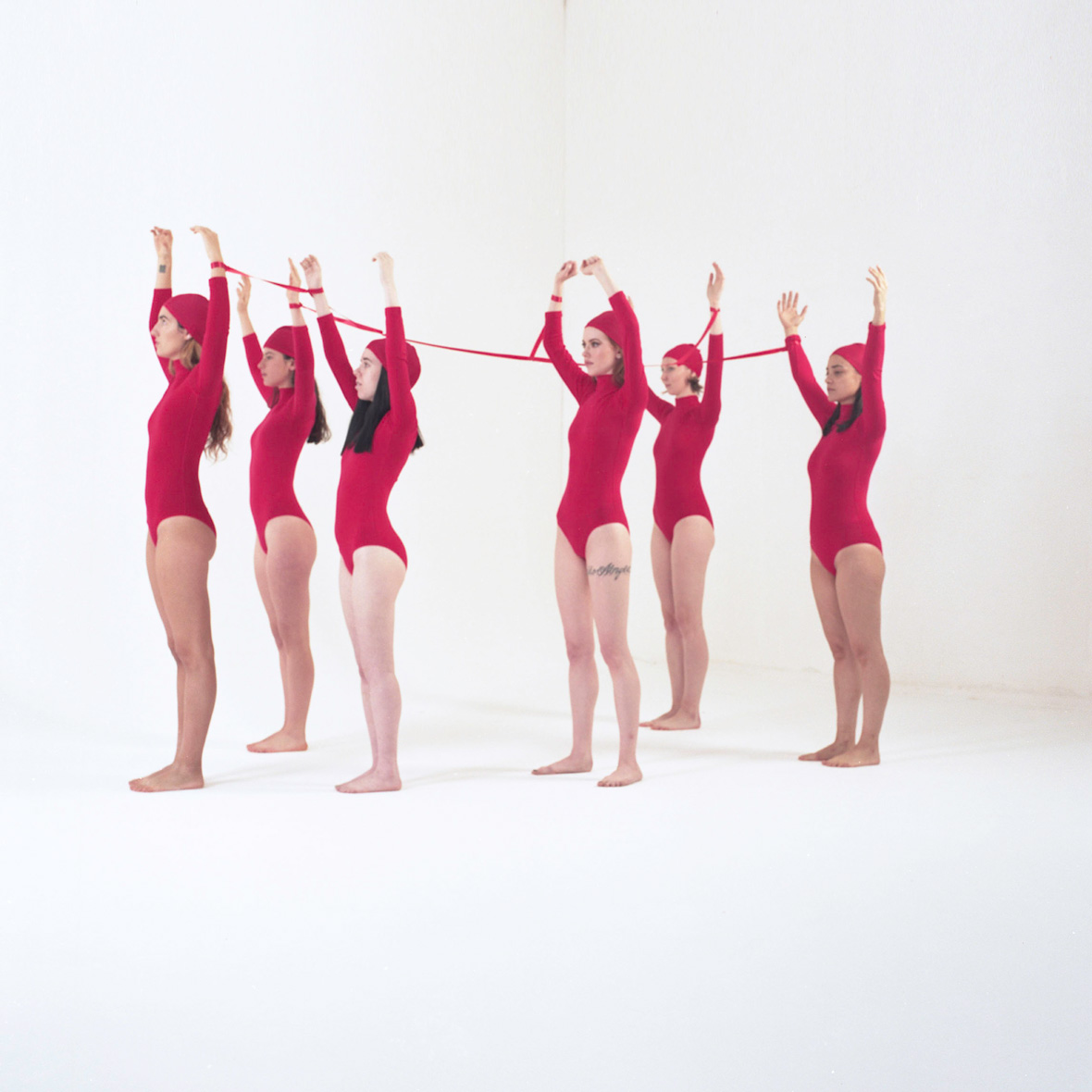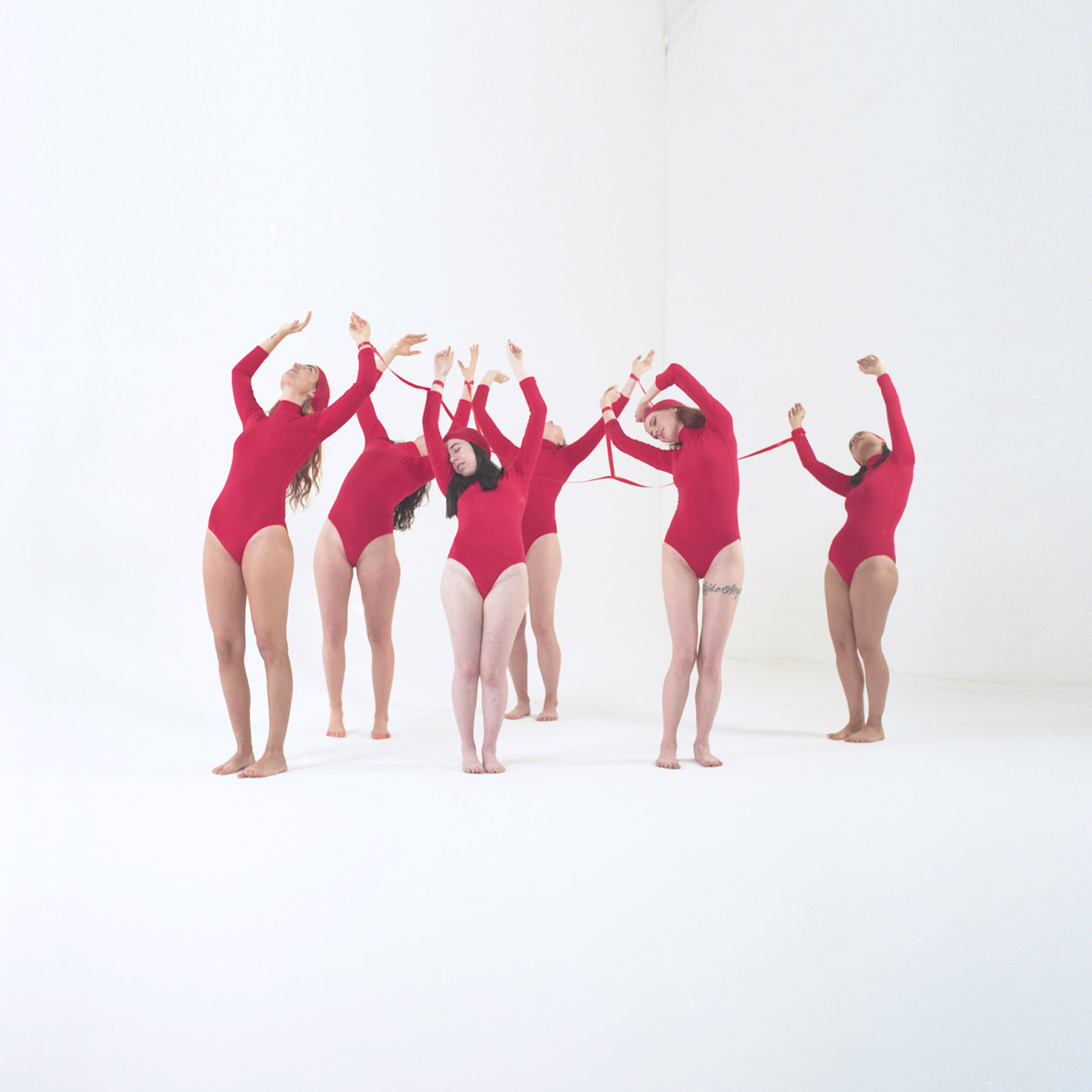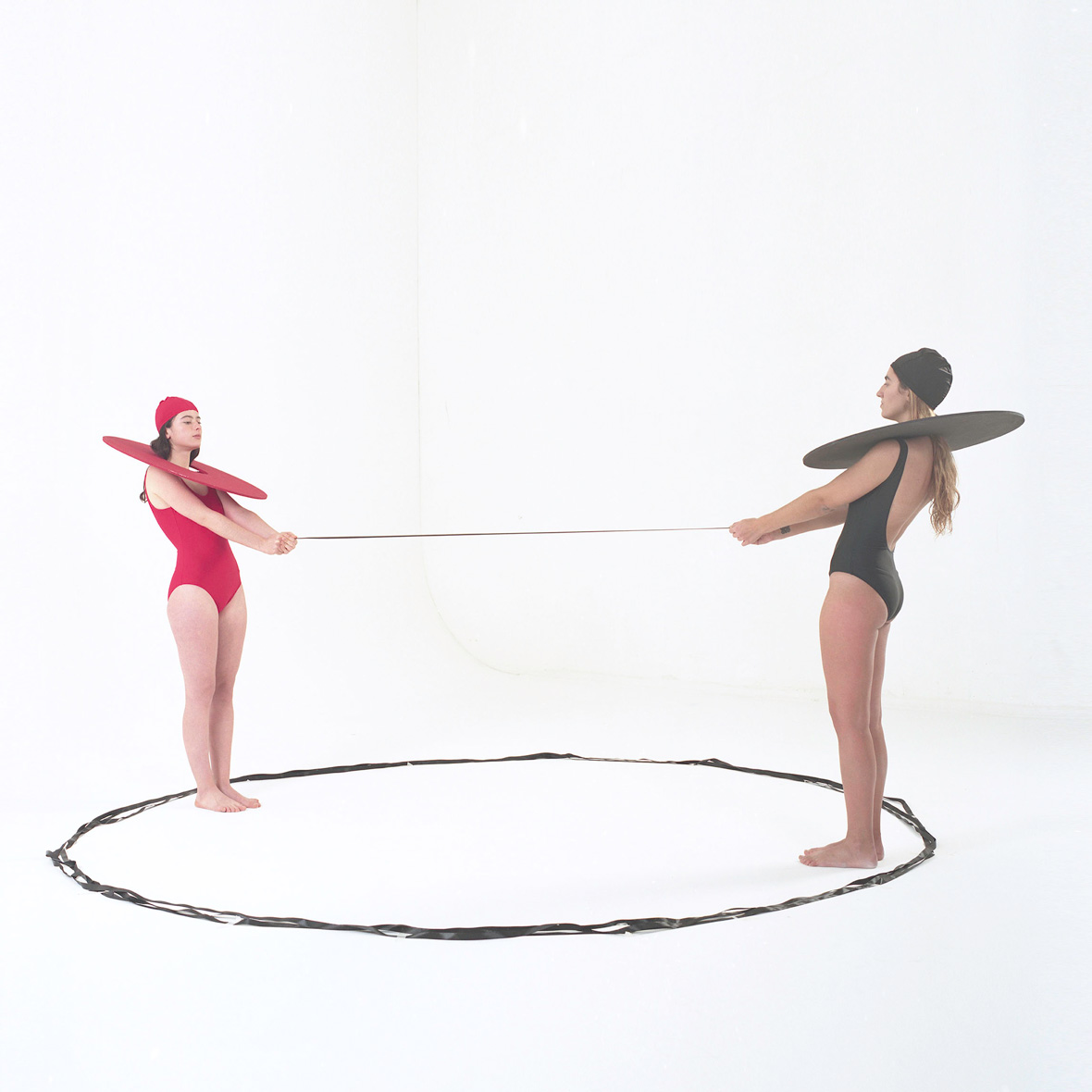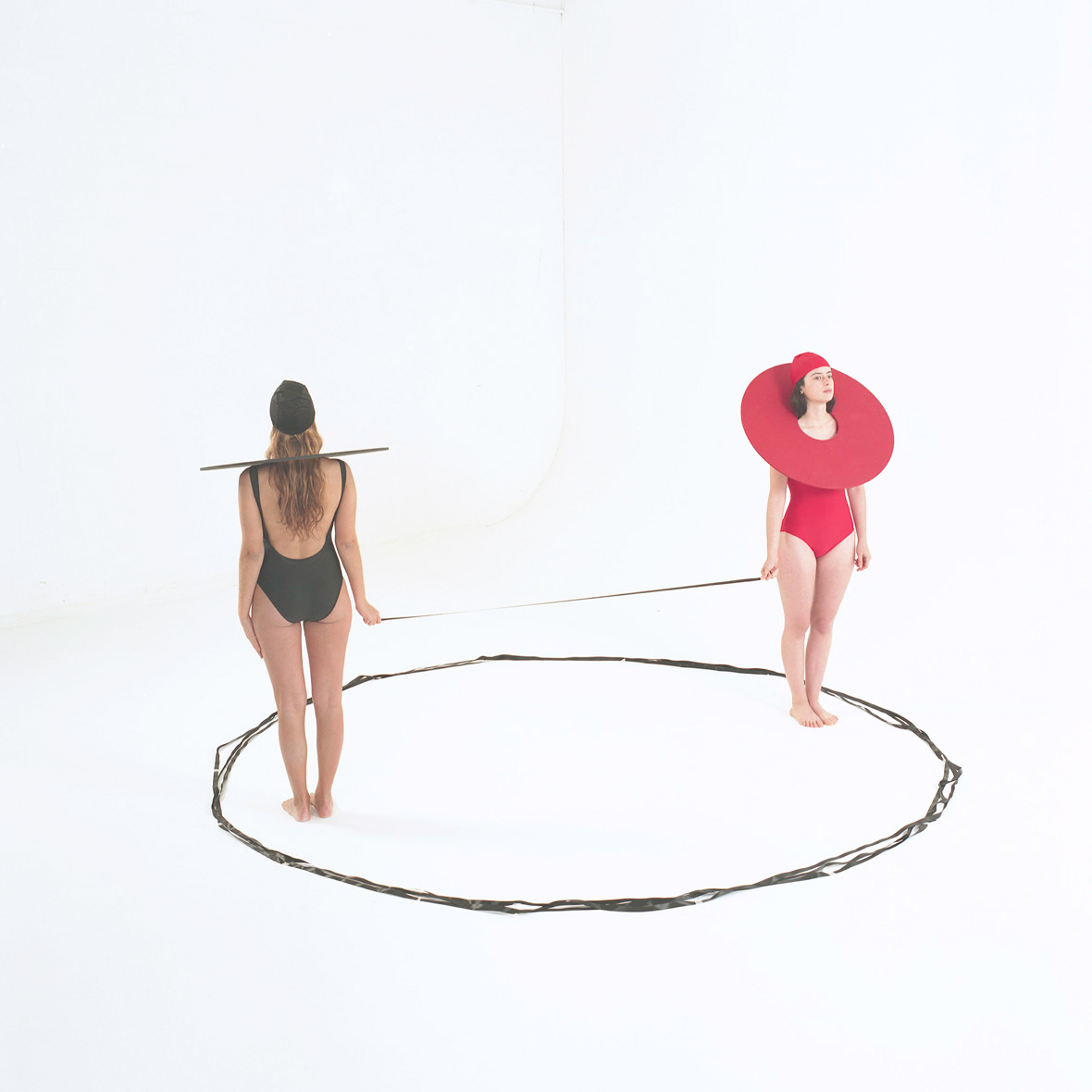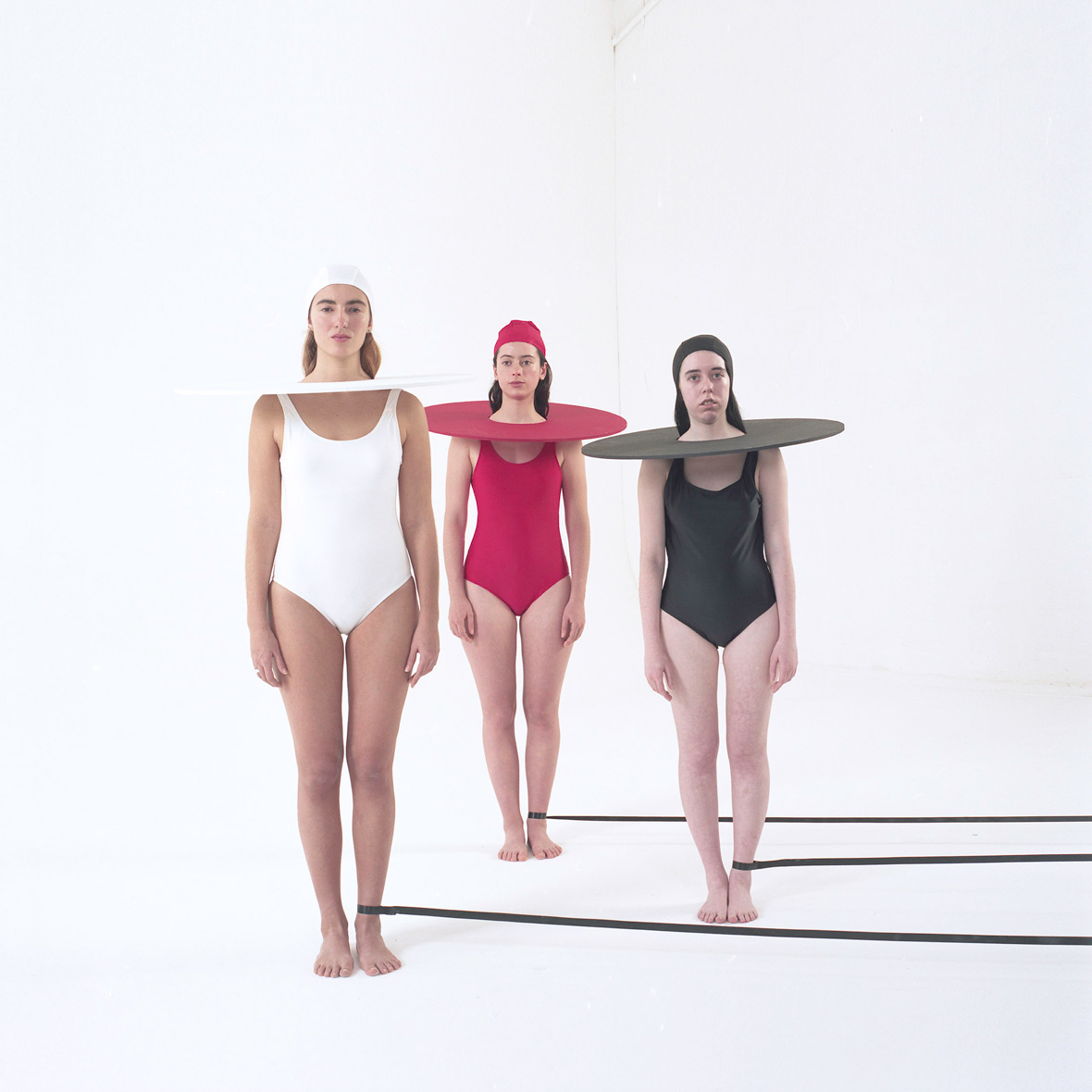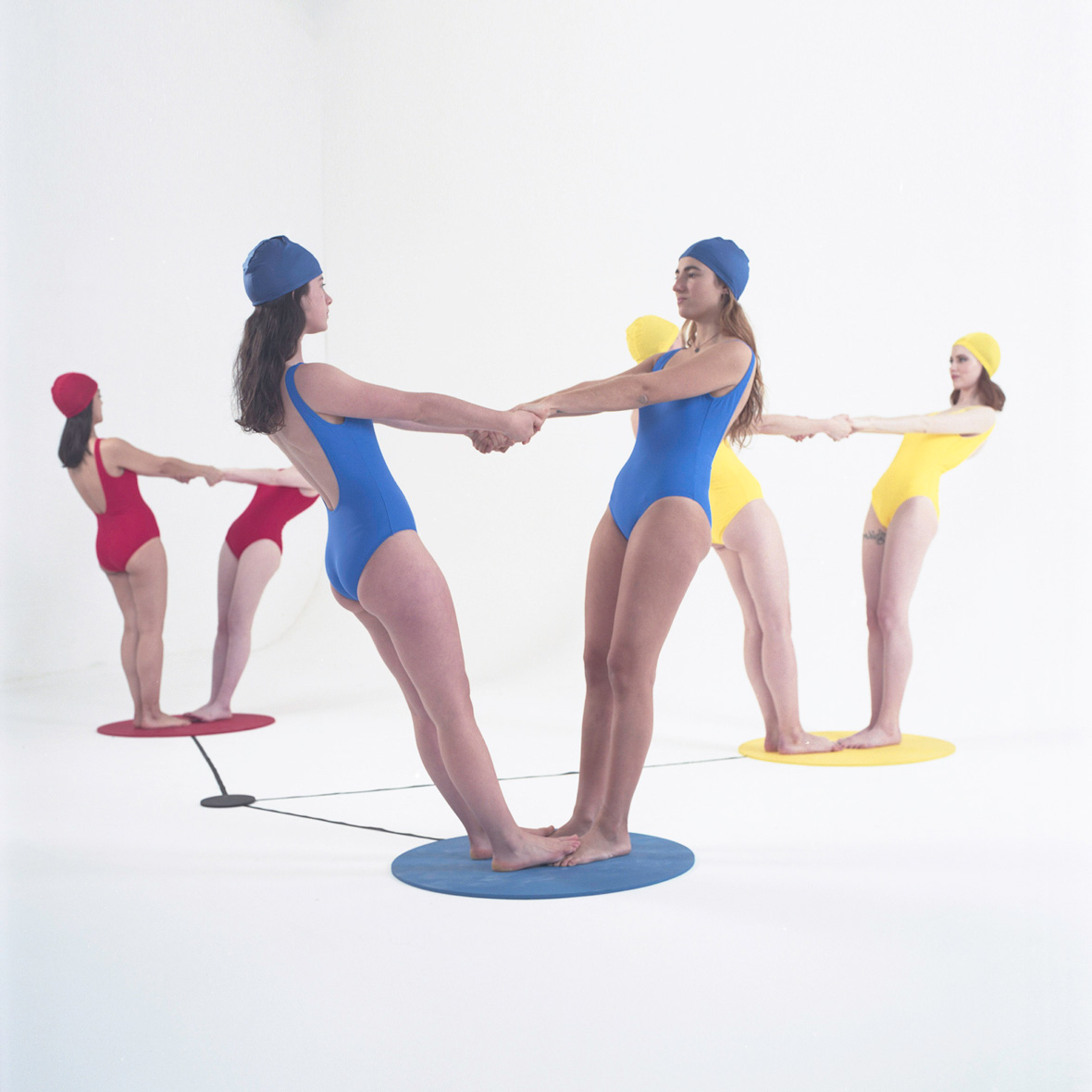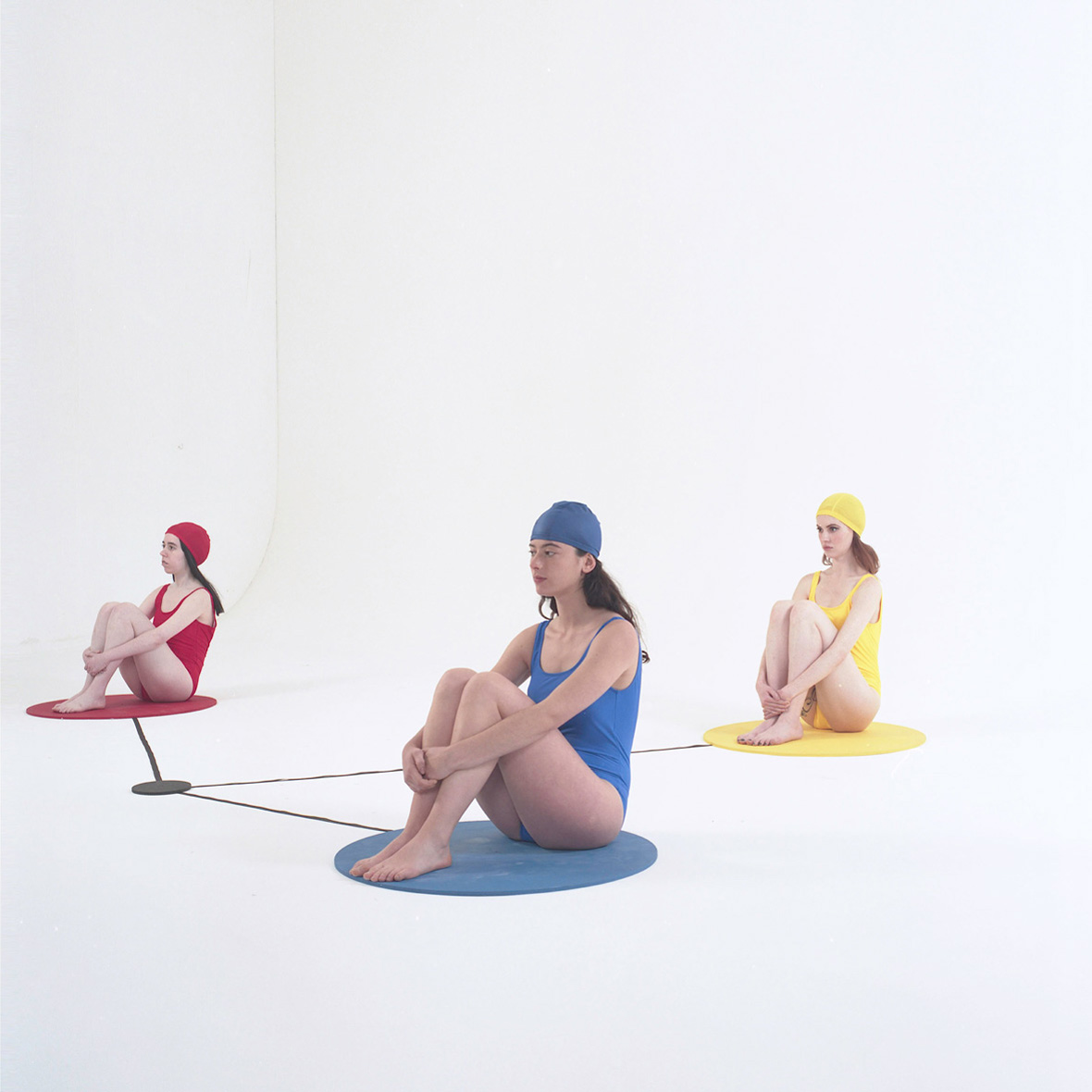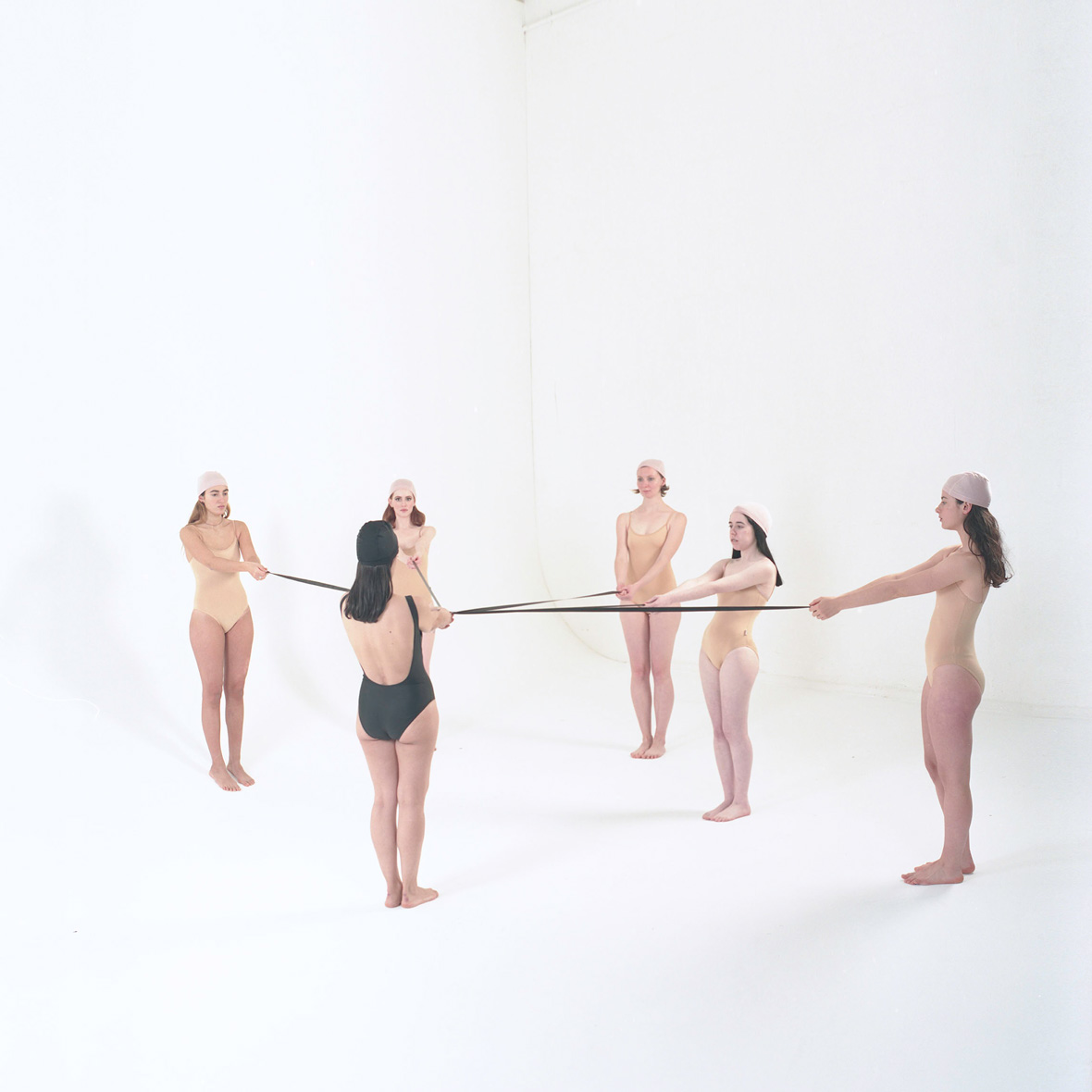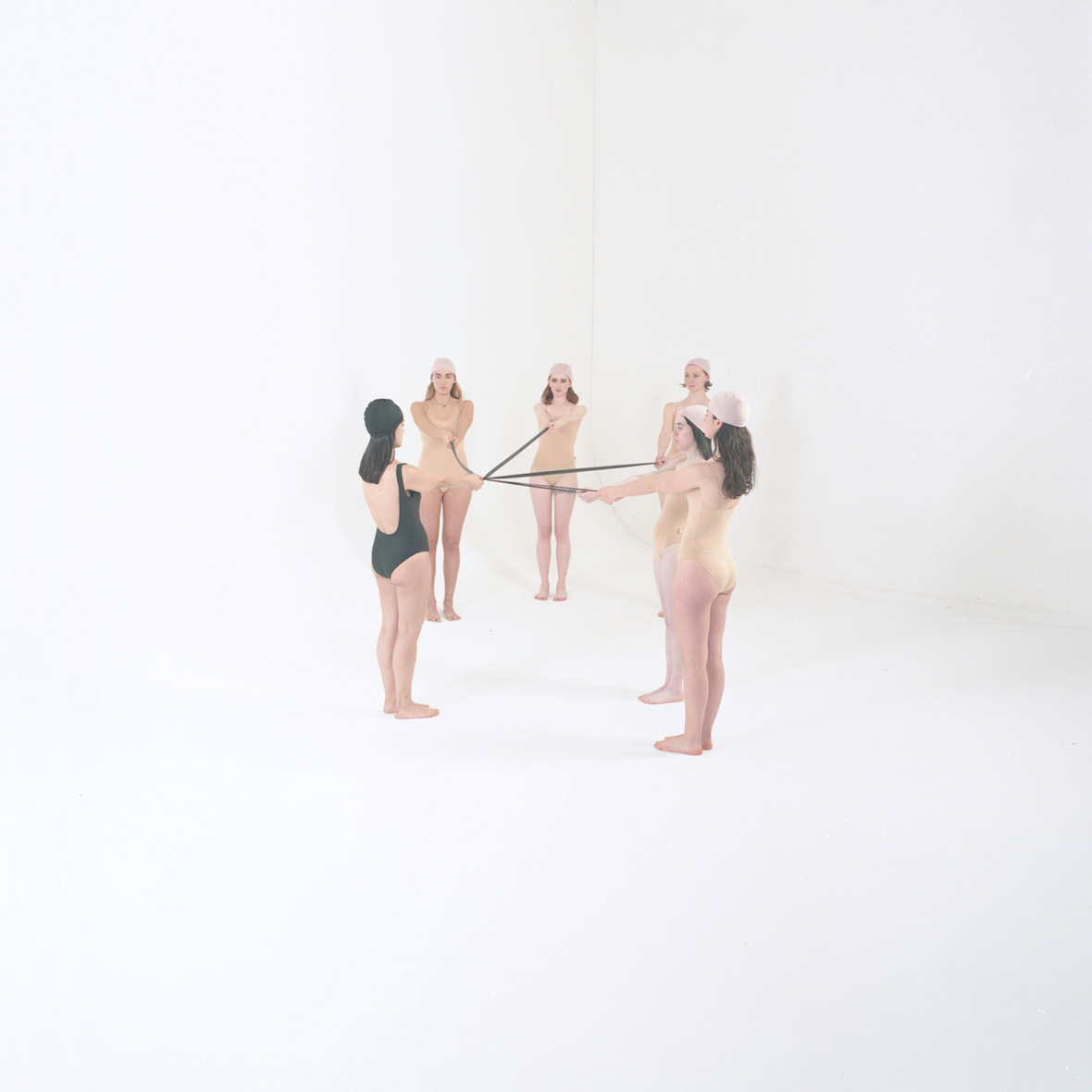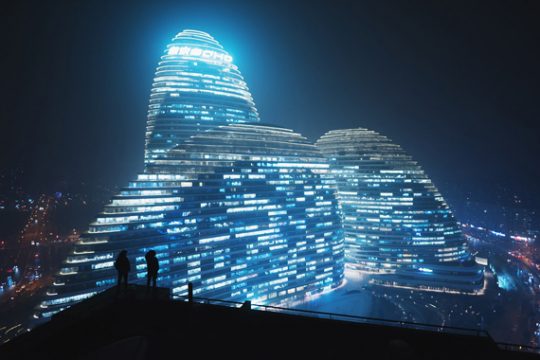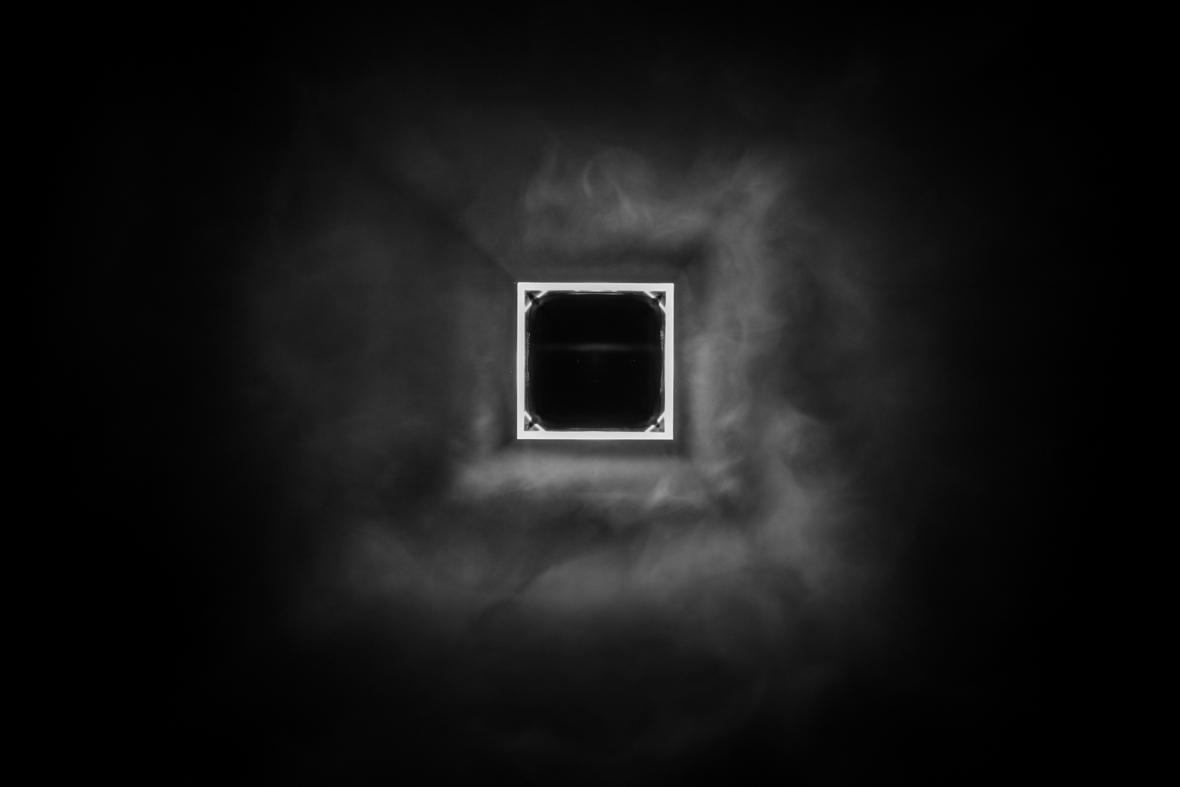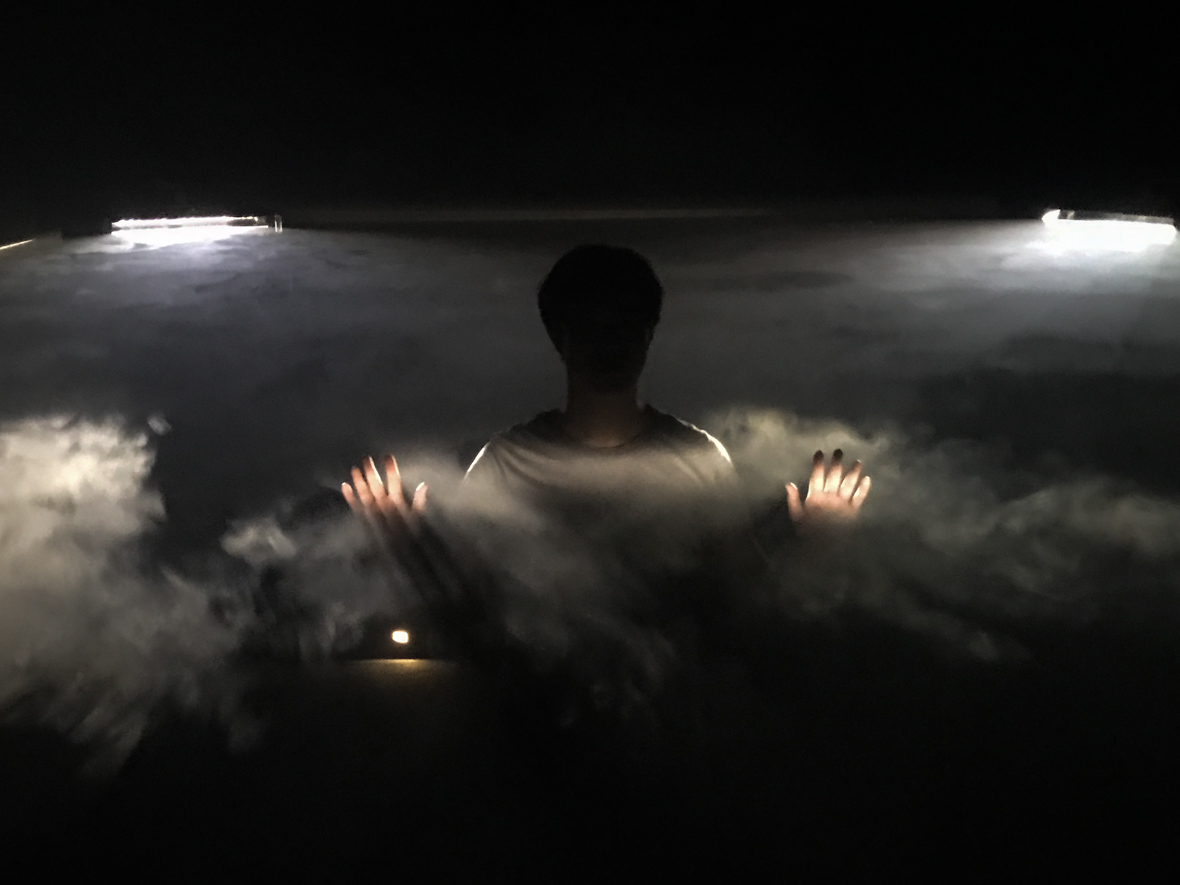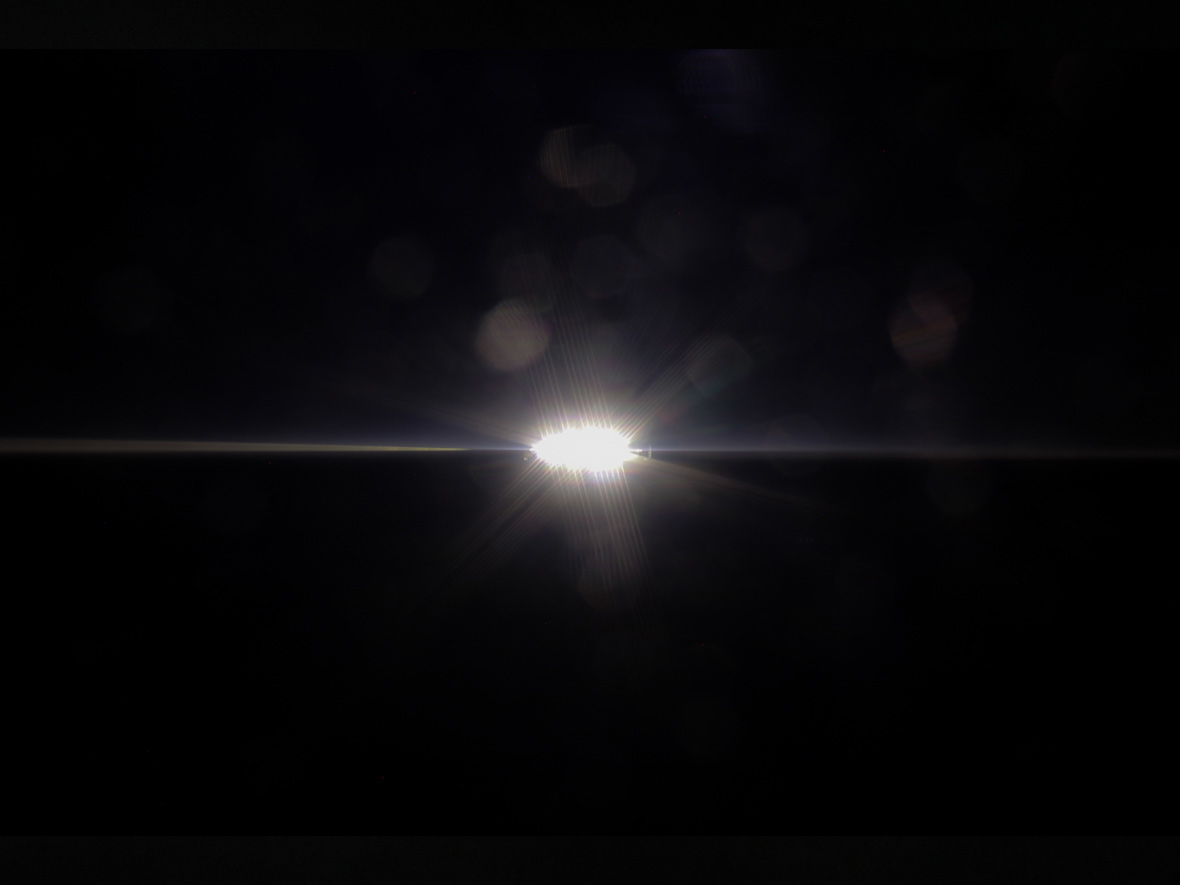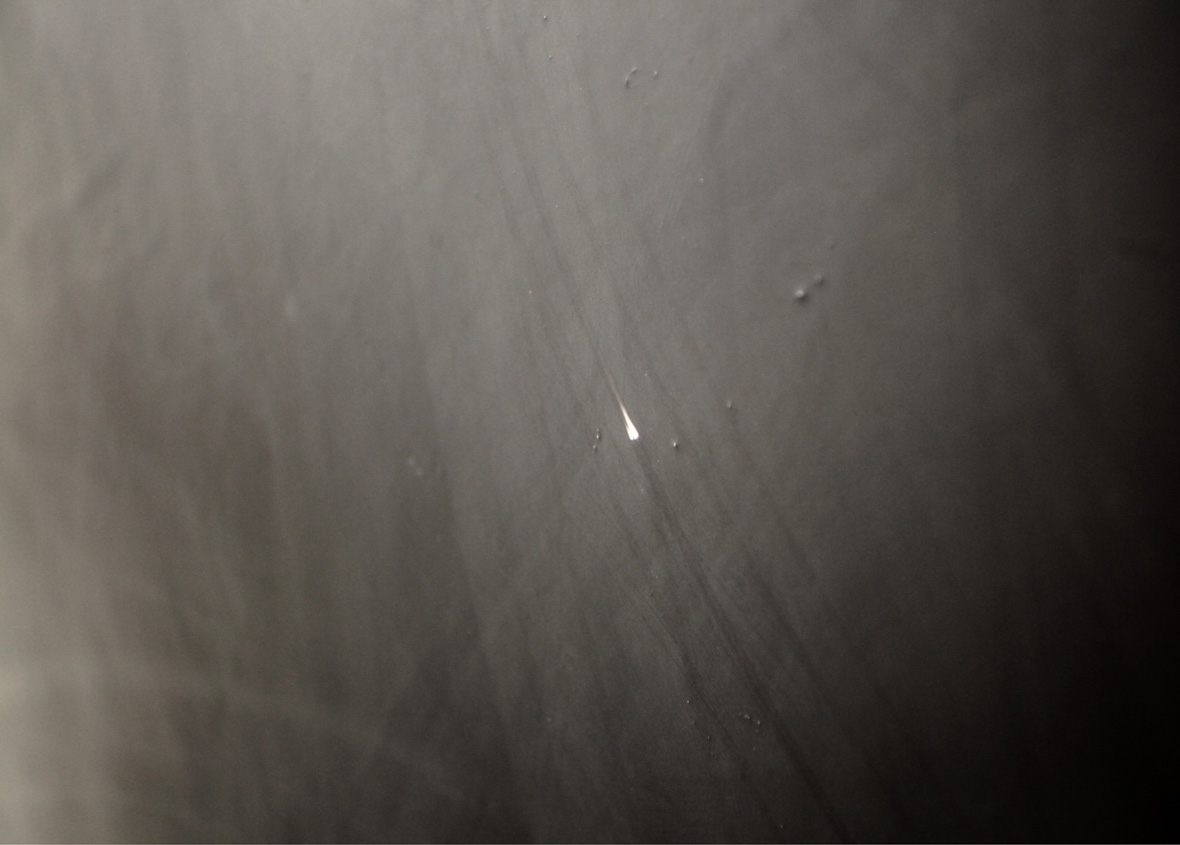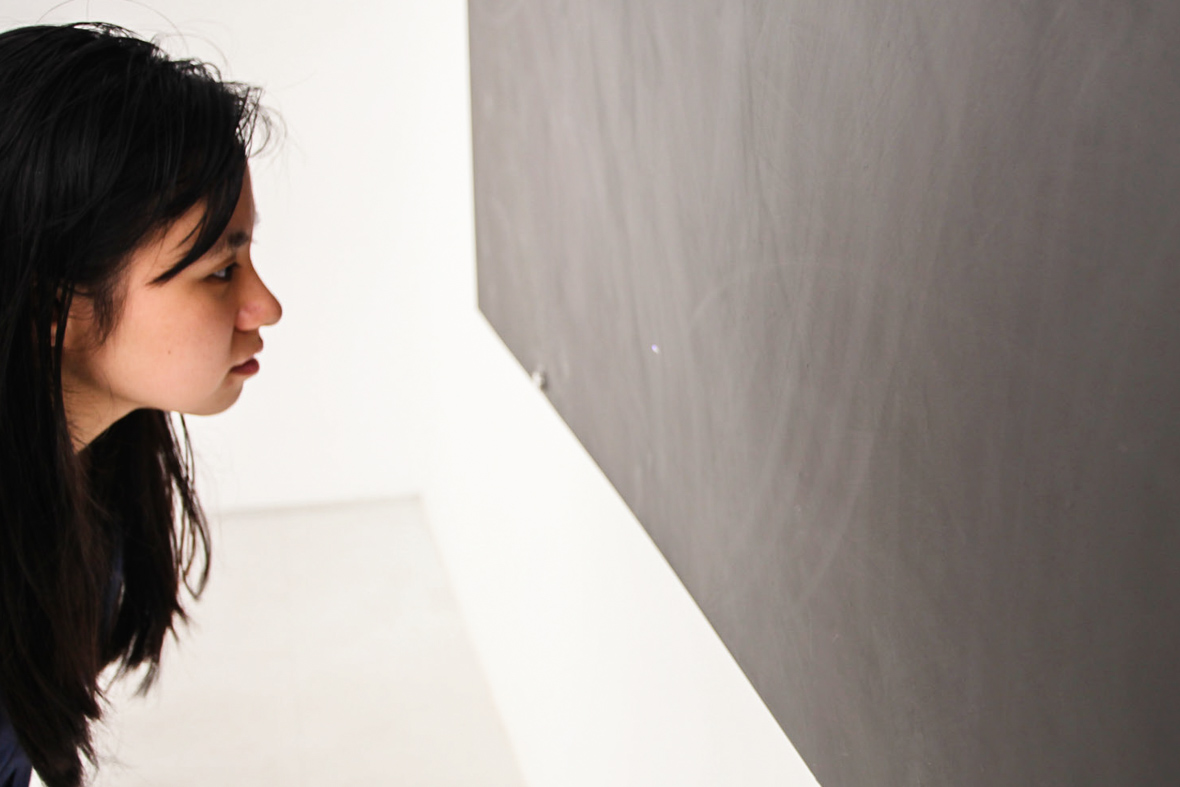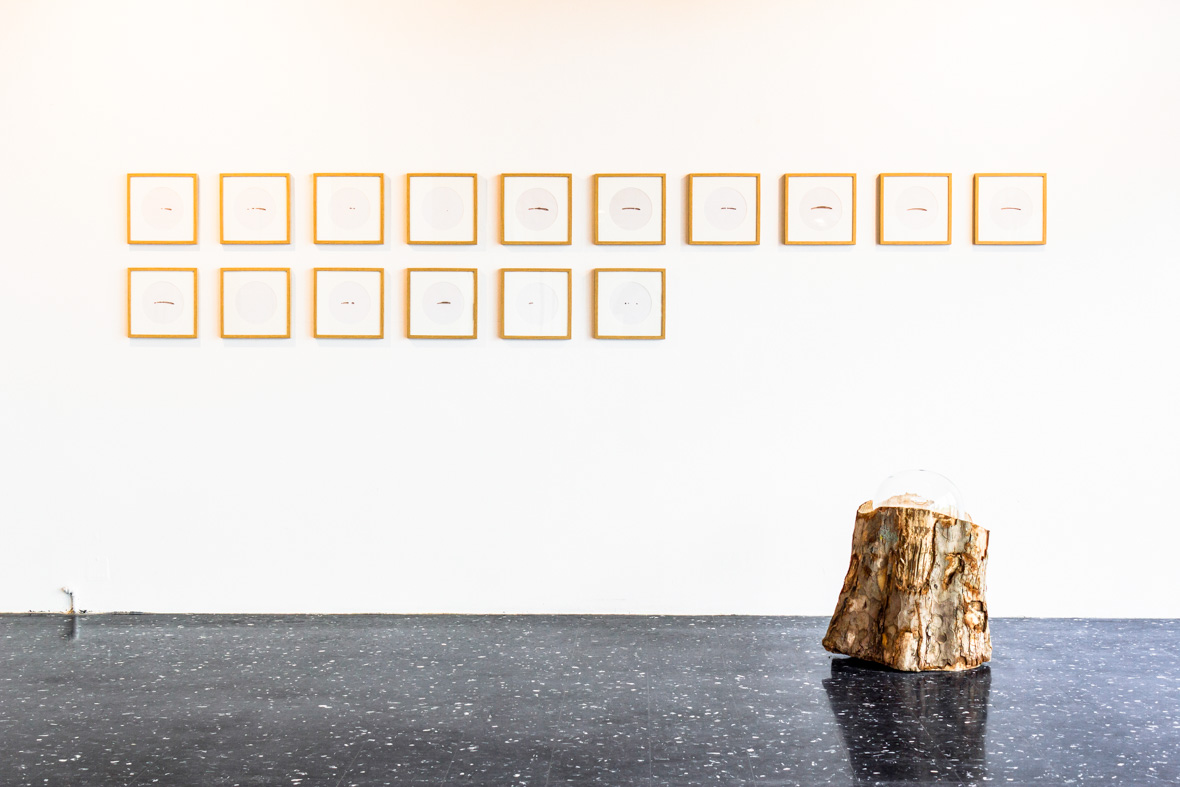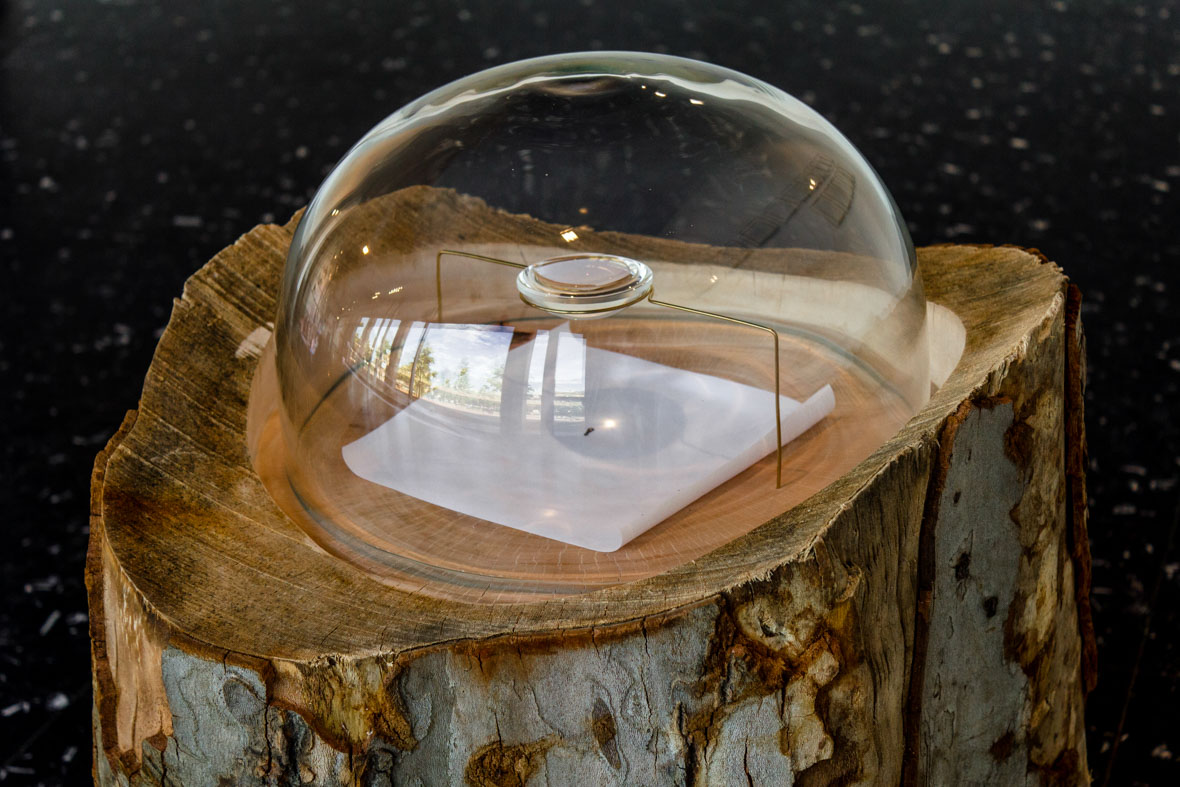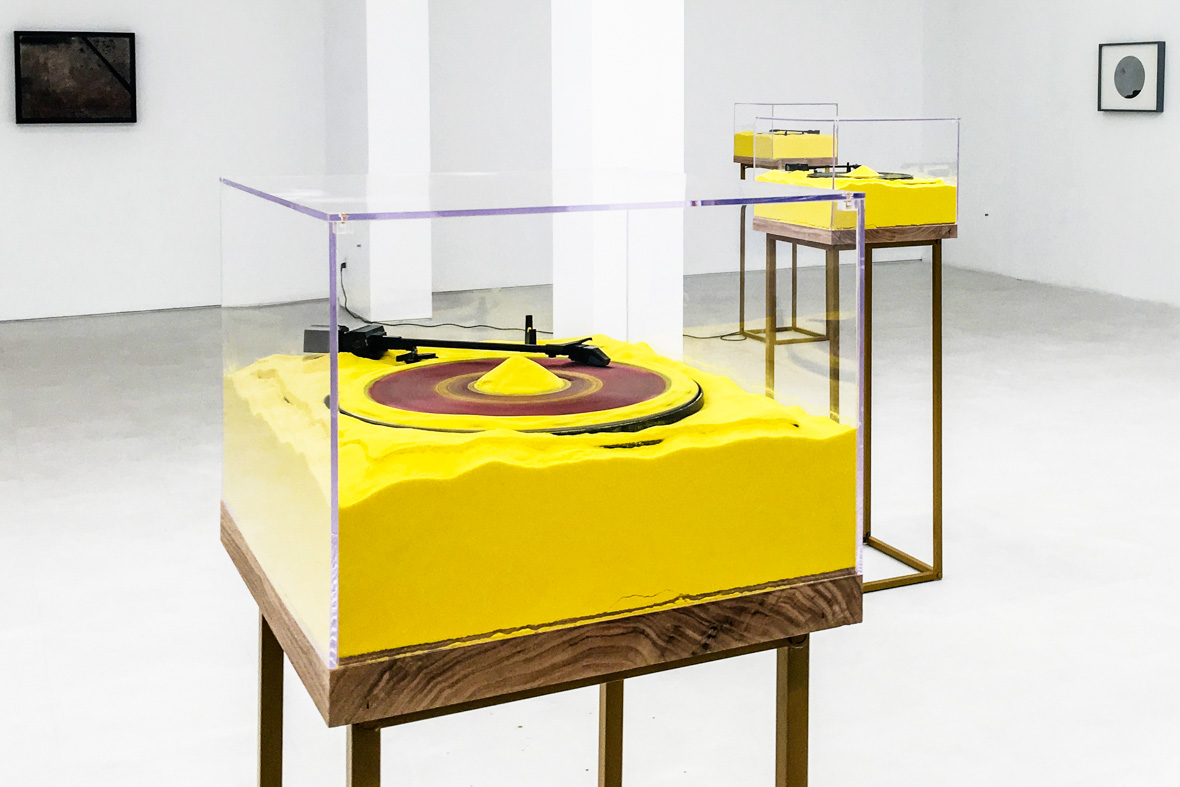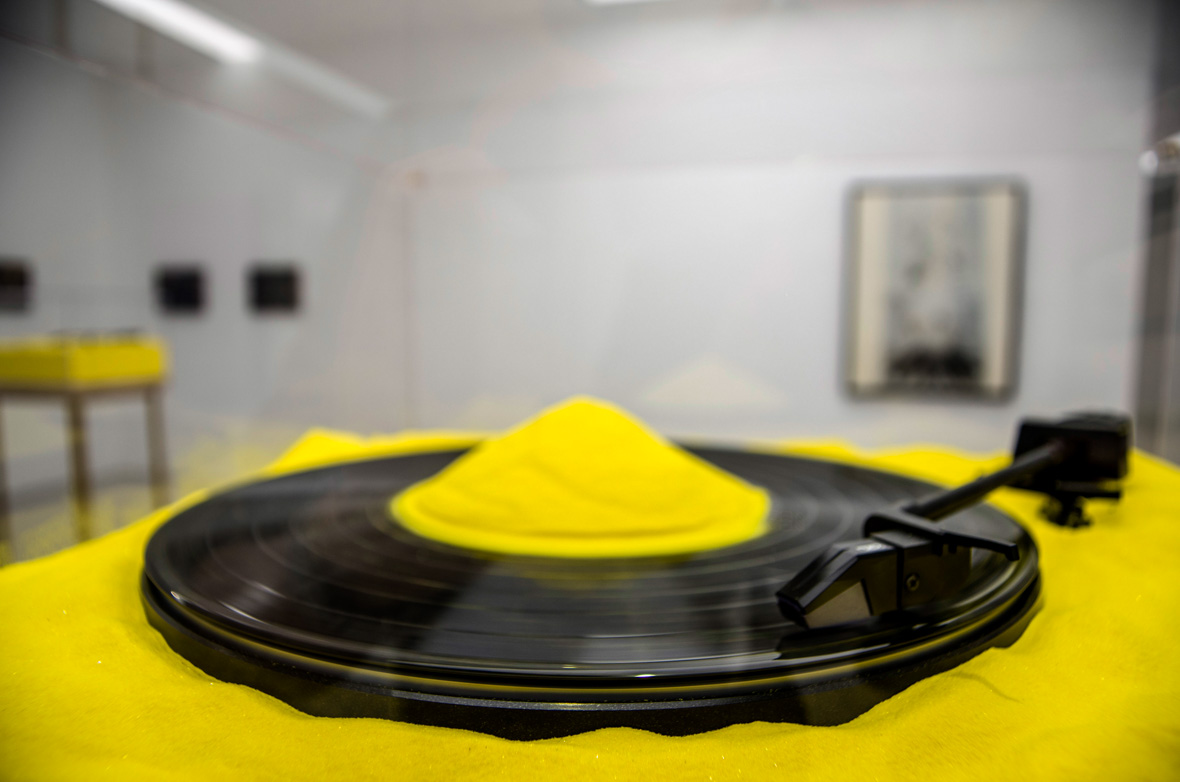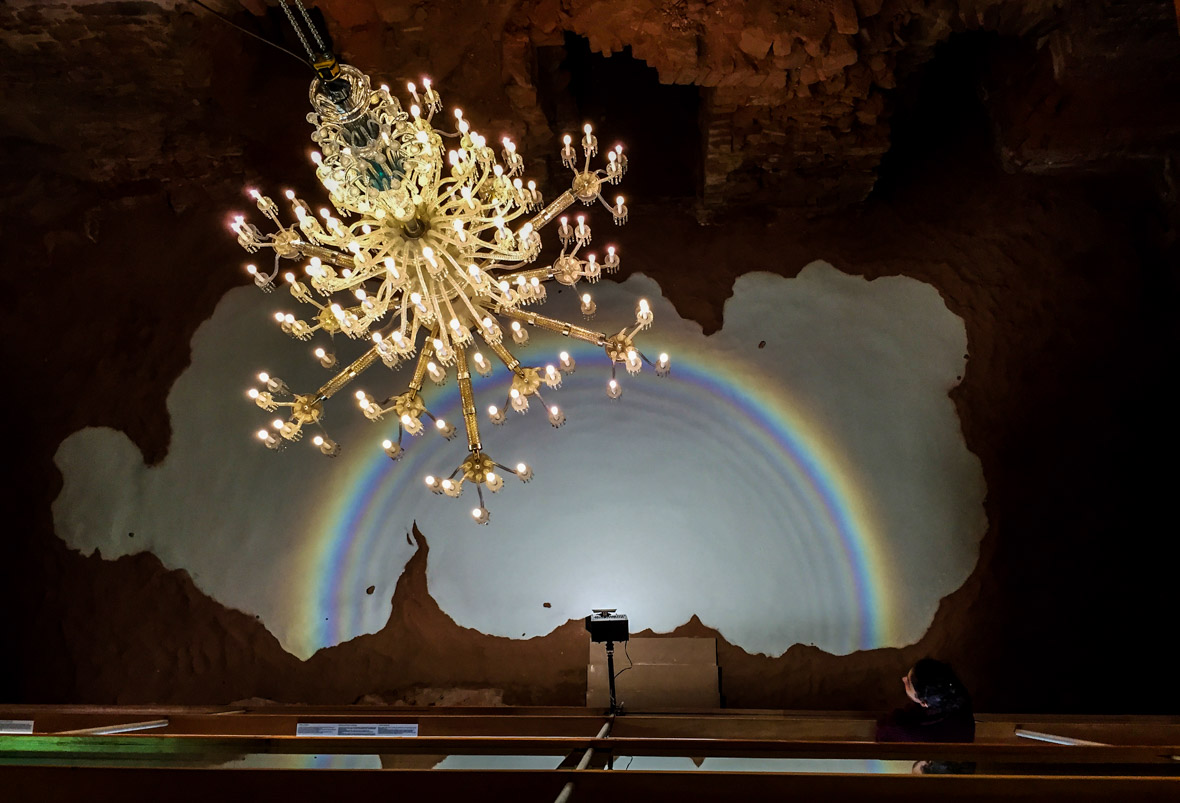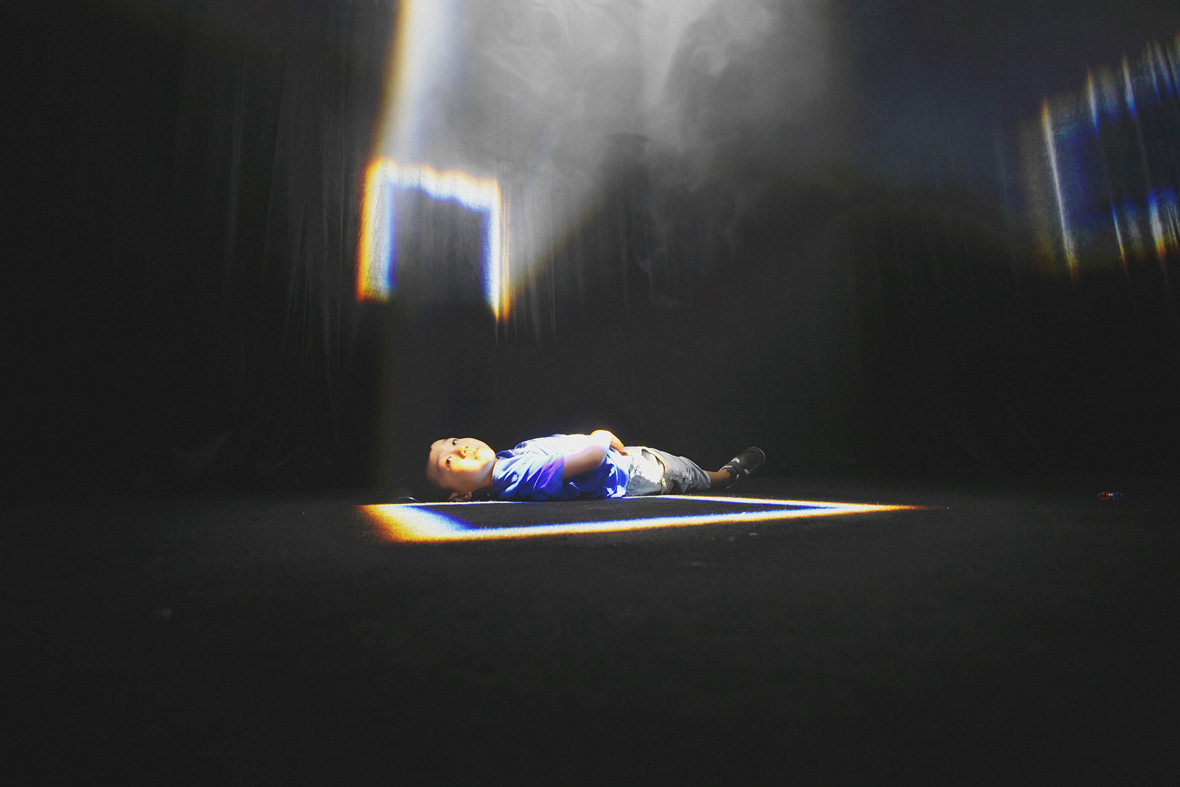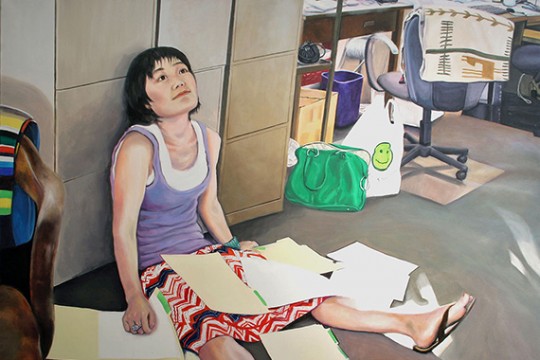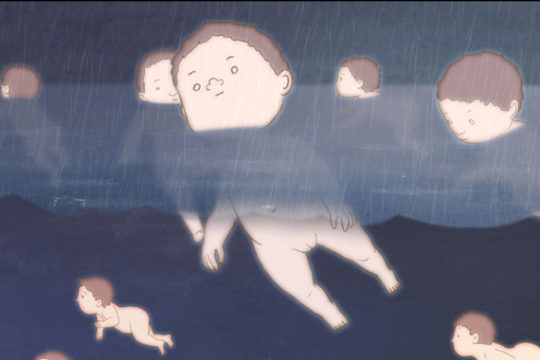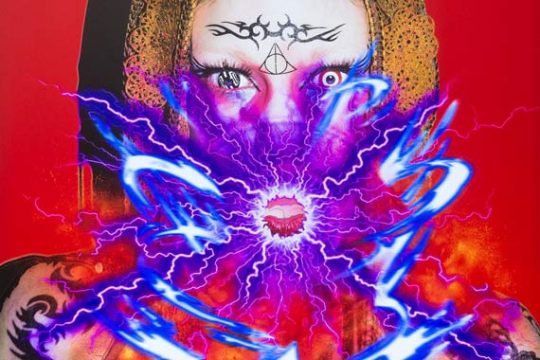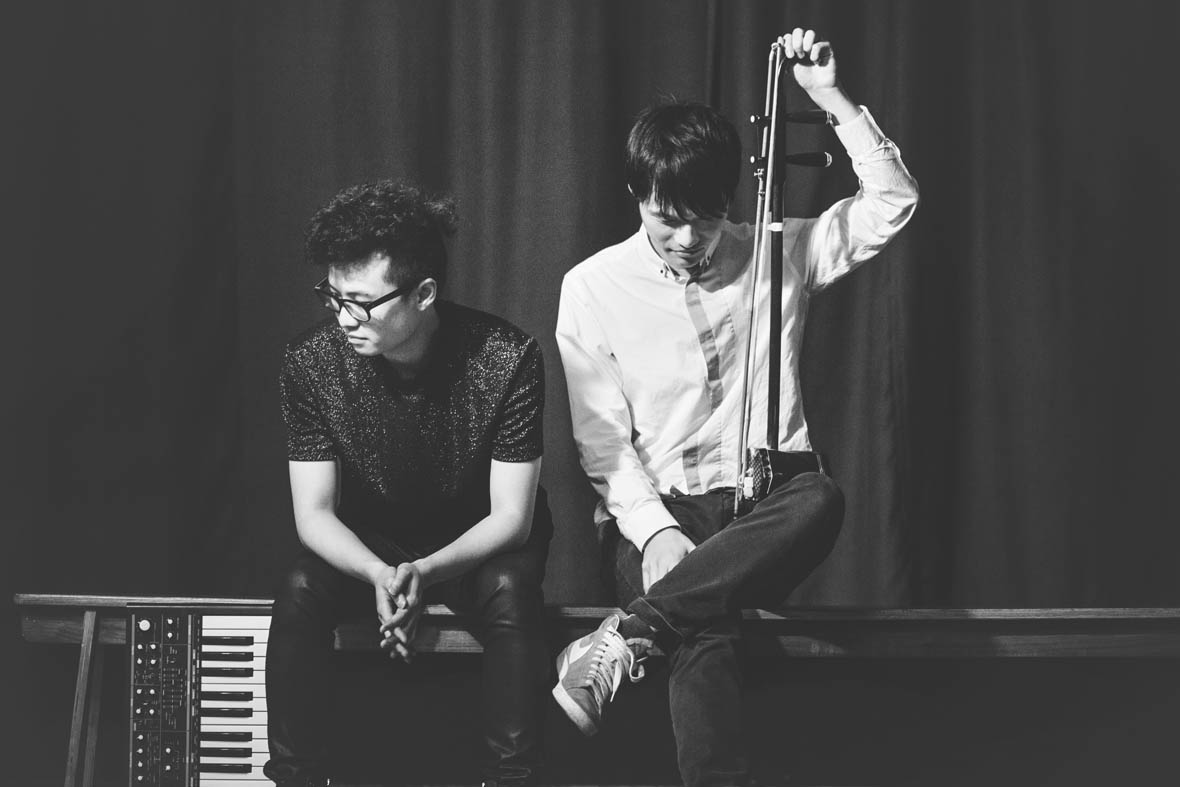
The erhu, a traditional Chinese music instrument with over 4,000 years of history. A collaboration between the Hong Kong-born musician and DJ Andy Leung and virtuoso erhist Wan Pinchu has given the instrument new life. Andy Leung’s debut album New Cola (Part 1) successfully combines the traditional Chinese stringed instrument with modern technology, and through his experimental approach, Leung created a distinctly signature sound. The entire album has been released as a free download on their website, and recently, Leung spoke with us about his view on the roles of traditional music instruments and the “lifetime project” that he began earlier this year.
二胡是一部拥有四千多年历史的中国传统乐器,香港出生的音乐家和DJ梁启浩与知名二胡手朱芸編进行了合作,以前所未有的方式将传统的中国弦乐器和新兴科技相结合,创造出了独特的音乐,并在他首张专辑《New Cola (Part 1)》中赋予了二胡新的活力,并且这张专辑已在他的网站上进行免费下载。最近,梁启浩与我们分享了音乐传统对他的启发,并解释了这个从今年早些时候他就开始做的“lifetime project”背后的一些想法。
Listen to some of our favorite tracks from Andy Leung:
以下是来自Andy Leung的几首精选歌曲,欢迎试听:
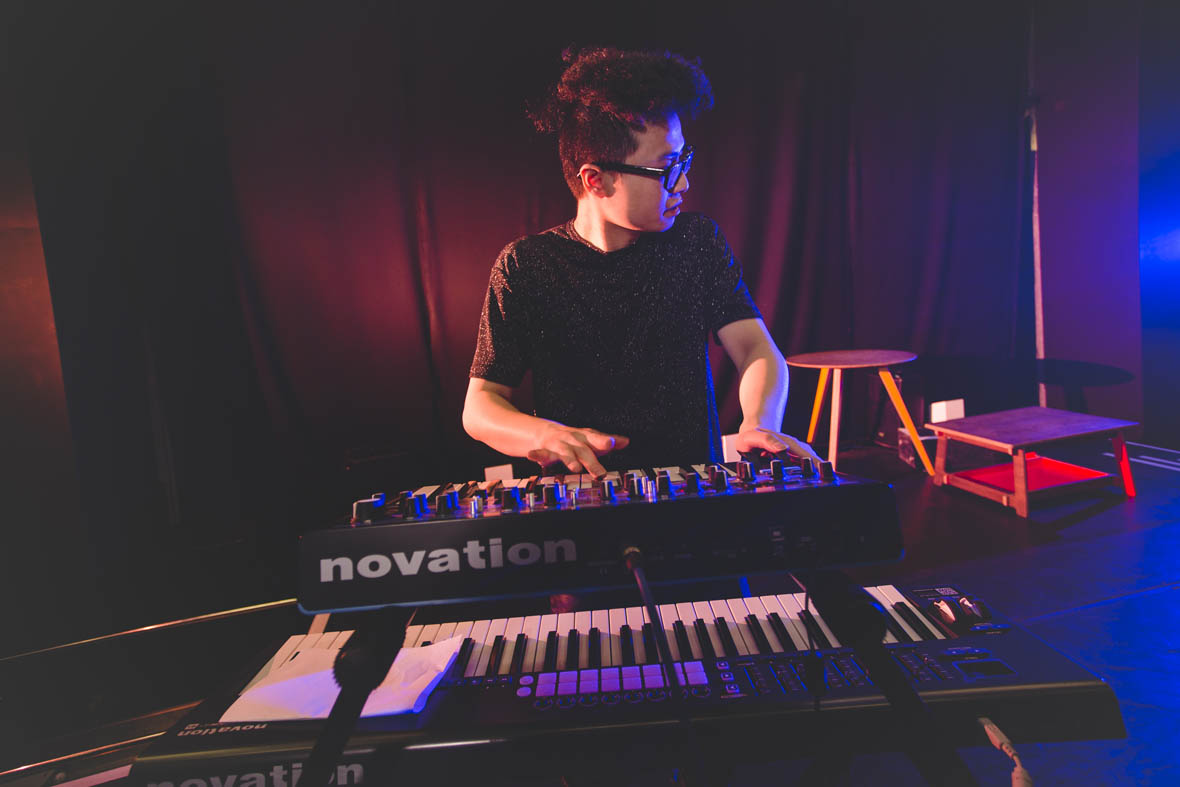
Neocha: What’s your journey in music been like? You were trained in classical music – what inspired you to transition to electronic music?
Andy Leung: The hardest thing is to categorise my own music – it’s not quite contemporary classical, not quite electronic, probably somewhere in between. I learned classical piano and had all the classical training. But at home, I would find cassettes from my parents, and they would have country, folk, ’80s Cantopop, some really old Mandarin pop, and even Michael Jackson. I was exposed to a lot of music while I was very young. Later on, I also played in a rock band during secondary school because I thought it was cool. That’s where how I learned to play the guitar, bass and drums. We were playing covers songs of Queen, Jimi Hendrix, Red Hot Chilli Peppers and so on. I got into jazz and hip-hop in university, so I studied Dr. Dre and Quincy Jones’ production techniques; they are my favourite producers. I studied music and sound recording at the university; I’ve always been technically minded and nerdy. I started working with electronics and newer technology early on and became interested in electronic music then. After graduating, I played in an electronica band called Introducing, and we toured through the UK and Europe. Working with electronic music is inspiring because the sounds and tones of electronic music are limitless. If you take a piano or guitar, the sound it generates is limited by the design of the piano maker or guitar maker. It is a preset or fixed. Whereas when working with electronic sounds, the possibilities are infinite.
Neocha: 你一直以来的音乐历程是怎样的?您接受过古典音乐方面的学习,是什么契机促使你转换到电子音乐创作的?
Andy Leung: 最困难的事情是归类自己的音乐。我的音乐不算是纯粹的当代古典音乐,也不完全是电子音乐,大概是介于两者之间吧。我学习弹古典钢琴,并接受了所有的古典音乐培训。但是在家里,我喜欢听我的父母收藏的音乐磁带,有乡村音乐、民谣、80年代的粤语流行曲,一些真的非常老的国语流行歌曲,甚至还有Michael Jackson的音乐!所以我从小就接触到了大量不同风格的音乐。后来,在中学期间我还加入了一个摇滚乐队,因为我觉得这很酷。就是在这个期间我学会了弹吉他、贝司和打鼓。我们当时翻唱了Queen,Jimi Hendrix,Red Hot Chilli Peppers等歌手和乐队的歌曲。到了大学的时候,我又喜欢上爵士和嘻哈音乐,于是我开始研究Dr. Dre和Quincy Jones的音乐制作技巧,他们是我最喜欢的音乐制作人。在大学的时候,我学习了音乐录制。我是一个对科技特别感兴趣的怪咖,从很早的时候开始,我就喜欢电子类的东西以及跟新科技有关的事物。从那时起,我开始对电子音乐感兴趣。毕业后,我在一个名为Introducing的电子乐队里表演,我们在英国和欧洲各地巡演。制作电子音乐是让人很受启发的事情,因为电子音乐里的声音和音调是无限的。如果是钢琴或吉他,它们所产生的音色会受到制作这台钢琴或这把吉他的人的设计所限制。它们的声音是预设的,固定不变的。而在电子音乐里,却有着无限的可能性。
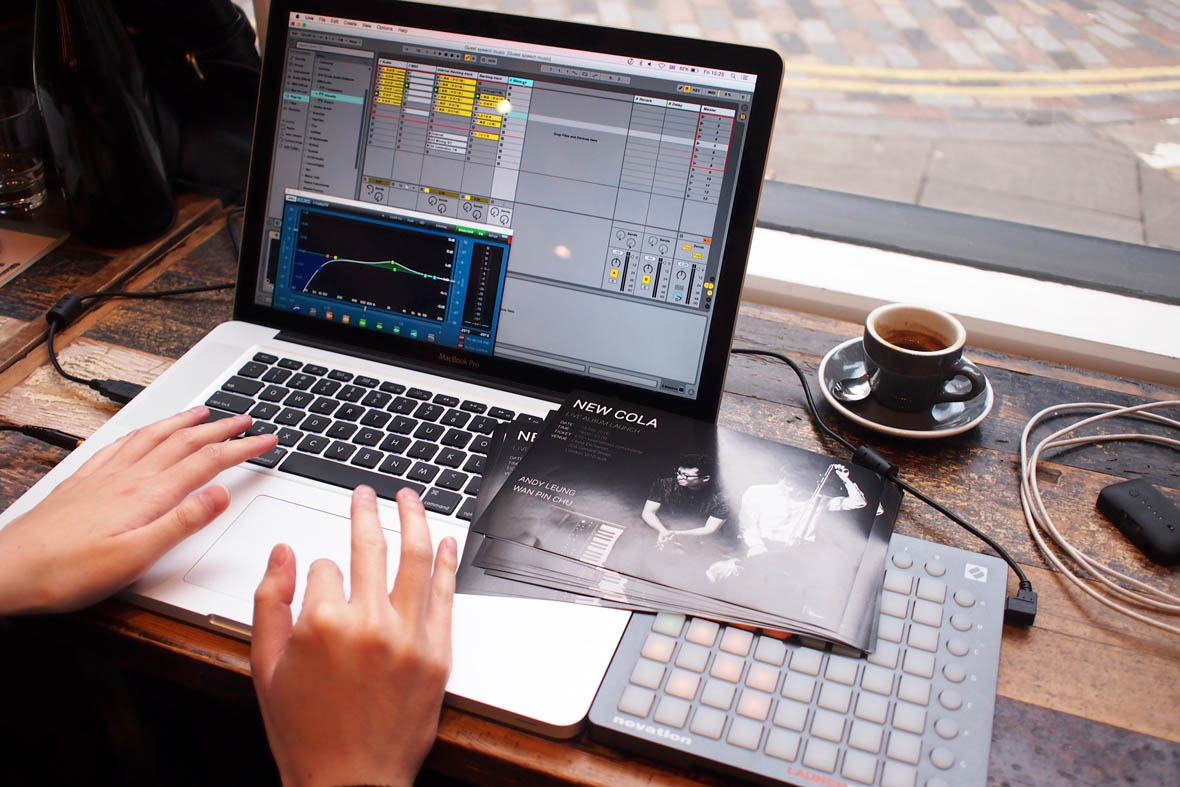
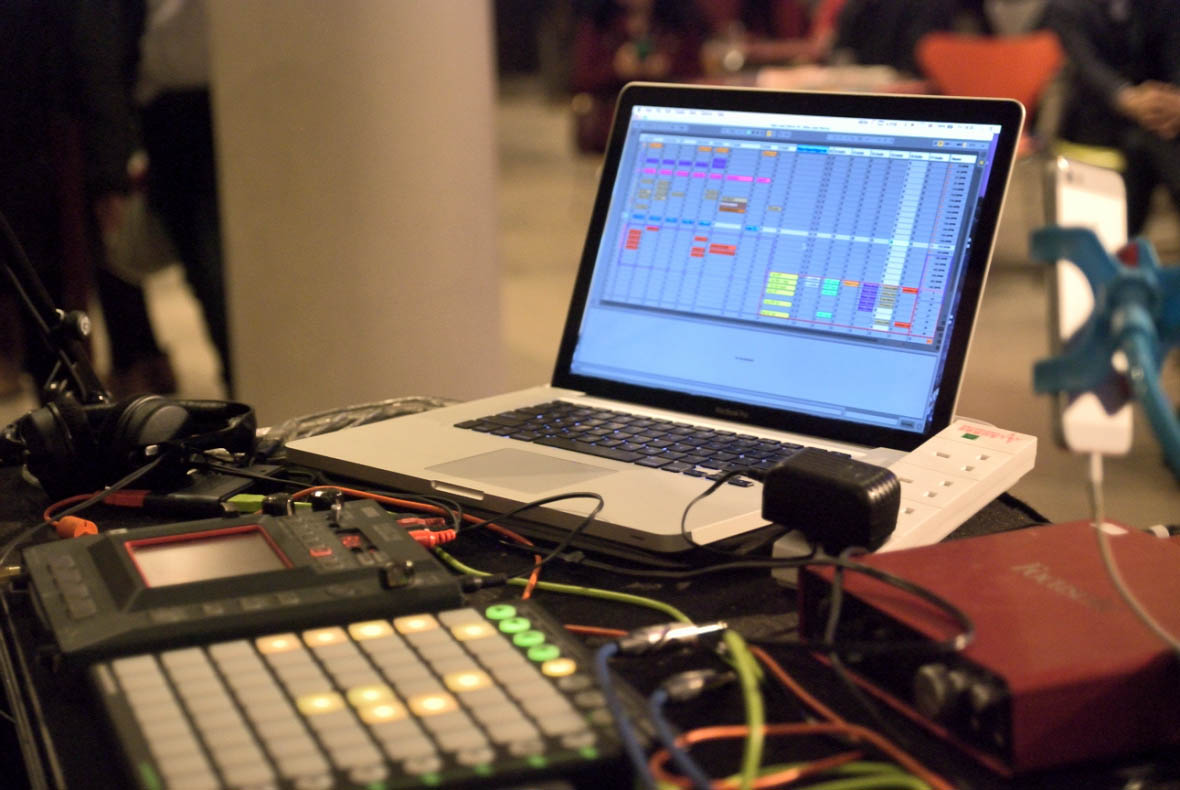
Neocha: In 2012, you composed and performed for the London Olympics, becoming the youngest Chinese musician to have done so. What did this experience mean to you?
Andy Leung: Looking back, that was the project that helped me establish credbiity and set a foundation for my journey to being a composer. I was very young and I was suddenly on the same stage with composers who I aspired to be. This was actually the first time I incorporated Chinese elements into electronic music. In the beginning, I thought it was cheesy to do so because it was too obvious: Chinese composers playing Chinese instruments. I always thought that it was a gimmick. But In 2014, when I worked with Wan Pinchu, who I collaborated with for New Cola, my entire thought process and creative process matured a lot and I started to embrace Chinese instruments. I now see it as just an instrument and not an “Eastern” instrument. Of course, most people don’t see it in the same way.
Neocha: 2012年,你为伦敦奥运会创作音乐并表演,成为当时被选中的最年轻的中国音乐家。这次的经历对你来说有什么意义?
Andy Leung: 回想起来,这一次的经历让我有了一定的信誉,并为我成为作曲家奠定了基础。那时候我还很年轻,却突然能够与那些我所崇拜的作曲家同台演出。那实际上也是我第一次将中国传统元素运用到电子音乐中。一开始,我觉得这样做有点太俗气,因为实在是太理所当然了:中国作曲家演奏中国乐器。我一直认为这只是一个噱头。但就在2014年,当我和朱芸編开始合作时,我的整个思维过程和创作过程中成熟了很多,我开始真正地接受中国传统乐器。我和朱芸編合作创作了《New Cola》这张专辑。现在在我看来,二胡只是一个乐器,而不是一个属于“东方”的乐器。当然,大多数人的想法可能和我不一样。
Neocha: In your debut album New Cola (Part 1), what was your biggest challenges working with the erhu?
Andy Leung: In the New Cola project, we took a traditional erhu and enhanced the instrument so it can make distorted tone, like dubstep bass, and even a scratch DJ sound. We really tried to push the boundary of creating “new” experiences, and that’s why the album is called New Cola; it’s the same drink, but in a different bottle. I was always aware of the erhu, but never fully understood or appreciated it until I met Wan when we were both backstage at a show. I found that he was a very gifted musician, but the type of music that he was playing was not fulfilling to me, though it had potential. So he showed me a lot of the erhu’s capabilities and we worked together to try to take it to the next level. One of the biggest obstacles is when other people call it “East meets West” or “traditional vs modern”. I think it’s an outdated and overused concept. Instead, I see it as the natural progression of an instrument. The question that we asked ourselves when working on this the project was “What would erhu music sound like in 2016, composed and performed by two musicians with such diverse music experiences?”
Neocha: 在你的首张专辑《New Cola (Part 1)》中,要结合二胡来创作最大的挑战是什么?
Andy Leung: 在《New Cola》专辑里,我们融入了传统的二胡音乐,同时对这种乐器进行了调整,让它可以产生不一样的音色,譬如dubstep的低音,甚至是DJ刮碟的声音。我们试图真正地突破,呈现“全新”的体验,这就是为什么这张专辑取名《New Cola》,因为虽然里面是一样的饮料,但瓶子却是截然不同的。我一直都知道二胡这种乐器,但从来没有真正理解或认识它,直到我在一场表演的后台遇见Wan。我发现他是一个非常有天赋的音乐家,他所演奏的音乐感觉很有潜力,但似乎缺了点什么。于是,他向我展示了很多二胡的音乐可能性,我们在一起工作,试图把二胡的音乐带到一个新的水平。对我来说,最大的障碍之一是其他人把我们的音乐称为是“中西合璧”或“传统与现代的结合”。我认为这是一种过时和泛滥的概念。相反,我认为我们的音乐是一种乐器自然发展的结果。在创作这一张专辑时,我们会问自己:“二胡音乐在2016年由两位拥有如此多元音乐体验的音乐家来演奏应该是怎样的?”
Neocha: What does collaboration mean to you? What are some of the challenges and how does it inspire you?
Andy Leung: I’m a big fan of collaborations. Collaborations can trigger a moment of inspiration that you cannot trigger on your own. My tip is to never work alone as a creative because there is always something to learn from others. Make sure that the collaborators are bringing something unique and you are compliant with each other. For example, Jihyun Park’s painting is inspired by music. I worked with her earlier this year alongside a contemporary classical group. She always draws amazing stuff and I’m very into the graphics and visual aspects of art too. I think music on its own loses face value, so we have to combine it with other mediums to create unique experiences. I actually want to work with a chef and try to combine music and food in the future as well!
Neocha: 合作对你来说意味着什么?其中有什么挑战和启示?
Andy Leung: 我很热衷于与他人合作。合作可以触发灵感,这往往是你一个人创作时所没有的。我的秘诀是不要一个人单独创作,因为你总是可以从别人身上发现值得学习的地方。确保合作双方都能带来一些独特的东西,并且双方相处得来。例如,Jihyun Park的绘画就是以音乐为灵感创作的。今年早些时候我加入了一个当代古典音乐小组中,曾和她一起合作过。她的绘画作品很棒,而我也对平面设计和视觉艺术很感兴趣。我认为,限制于音乐本身的创作会失去其价值,因此,我们必须把它与其它媒介相结合,才能创造出独特的体验。坦白讲,我很希望将来可以和厨师合作,尝试将音乐与美食结合!
Neocha: For your lifetime project, you plan to release a single for free every single month. What’s the motivation behind it?
Andy Leung: Consistency is as important as artistic quality. I’ve done a lot of one-off projects in the past, so once it is finished, there aren’t follow-ups. So this is a project that will make sure I’m constantly putting out music and staying in people’s minds. Every song for the lifetime project will be free because I think the next generation will grow up without the habit of paying for music. There are already enough legal sites to listen to music for free anyways, so why would anyone pay for music? Instead, my focus is on creating the relationship between the listener and myself, and to create unique experiences—such as live shows and studio tours—in order to make money. So my music is just a marketing tool rather than a product. As I’m giving a lifetime worth of my work for free, in return, all I ask for is any supporters’ contact details so I can reach them. I message all my supporters about the release of every new song and send them invites if I’m performing in their towns. I actually learned coding to make this work.
Neocha: 你创作这个“lifetime project”每个月都会发布一首免费单曲,这样做背后的动机是什么?
Andy Leung: 作品中的坚持与艺术品质是一样重要的。在过去,我已经做了很多一次性的项目,一旦完成后,就没有了后续。因此,这一次的项目可以确保我会不断地推出新的音乐,让人们一直记得我的音乐。这一张专辑中的每一首歌都将是免费的,因为我觉得下一代人长大后已经不会有付费听音乐的习惯。不管怎样,现在已经有很多合法免费收听音乐的网站,所以为什么人们还需要付费听音乐呢?相反,我的焦点在于建立听众和我之间的关系,并通过创造独特的体验——譬如现场表演或参观录音棚来赚钱。所以我的音乐只是一种营销手段,而不是商品。我的“人生大项目”是免费的,作为回报,我只需要所有支持者的联系方式,这样我就能联系到他们。每首新歌发布时,我会发短信通知他们,如果我在他们当地表演时,还会给他们发送邀请信息。为此,我还学会了编码。
Neocha: What’s your next project and what’s new about it?
Andy Leung: I am going to start a new project in China next year. It will involve electronic music and a lot of collaborations with local underground artists. I’m trying to develop Beat Nations, which is my brand that’s mainly working on event production. It acts as a PR bridge between the UK and China, helping local artists in both countries to have further reach.
Neocha: 你现在正在着手什么项目,将会给我们带来什么样的作品呢?
Andy Leung: 我打算明年在中国开始一个新的项目。这个项目会与电子音乐相关,还会与当地的地下艺术家有很多的合作。我在成立Beat Nations,这是一个有关活动制作的品牌。它将成为英国与中国之间公关宣传的桥梁,帮助两地艺术家在这两个国家有进一步的发展。
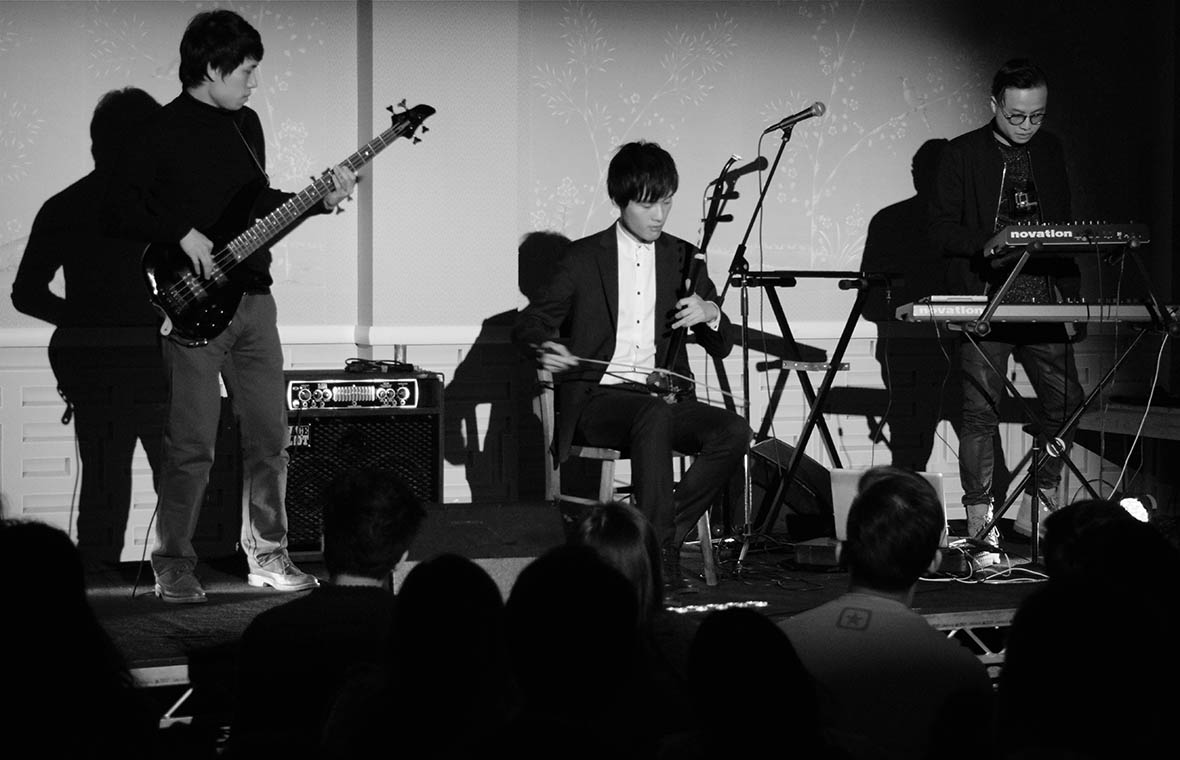
Website: beatnations.com
Facebook: ~/iamandyleung
Soundcloud: ~/iamandyleung
Contributor & Photographer: Shanshan Chen
Additional Images Courtesy of Anthony Tam, CAS, Kii Studios & Photography, Harry Parvin, MRCK, and Vivian Fong
网站: beatnations.com
脸书: ~/iamandyleung
Soundcloud: ~/iamandyleung
供稿人与摄影师: Shanshan Chen
附加图片由Anthony Tam, CAS, Kii Studios & Photography, Harry Parvin, MRCK与Vivian Fong提供



